Preserving Japan's Seaweed Heritage: 'Less, Light, Local' Revives Discarded ITA NORI
Reviving Japan's Seaweed Heritage: 'Less, Light, Local' Exhibition Experience the 'Less, Light, Local' exhibition, a groundbreaking project that breathes new life into discarded ITA NORI, preserving Japan's rich seaweed heritage. Discover how innovative design and locally sourced materials transform overlooked seaweed sheets into captivating creations with renewed sustainability.
Japan's esteemed seaweed processing tradition faces a significant hurdle as climate change disrupts seaweed growth and quality. Notably, the beloved ittori nori seaweed sheet has become increasingly inedible due to adverse ocean conditions. However, a groundbreaking initiative known as 'Less, Light, Local' seeks to breathe new life into discarded ITA NORI by showcasing its sustainable potential through innovative design and locally sourced materials.
Revitalizing Discarded ITA NORI: In response to this urgent issue, the groundbreaking 'Less, Light, Local' project steps onto the stage, aiming to rekindle the dormant sustainability of discarded ITA NORI. Fusing cutting-edge design principles with locally sourced materials, this ambitious endeavor seeks to reimagine these overlooked seaweed sheets as dazzling creations with renewed purpose.
A Beacon of Sustainability: 'Less, Light, Local' embodies the spirit of sustainability in every facet of its innovative design approach. By repurposing discarded ITA NORI, the project showcases the transformative power of localized materials and eco-conscious practices. It serves as a shining beacon, illuminating the path towards a more sustainable future for seaweed cultivation.
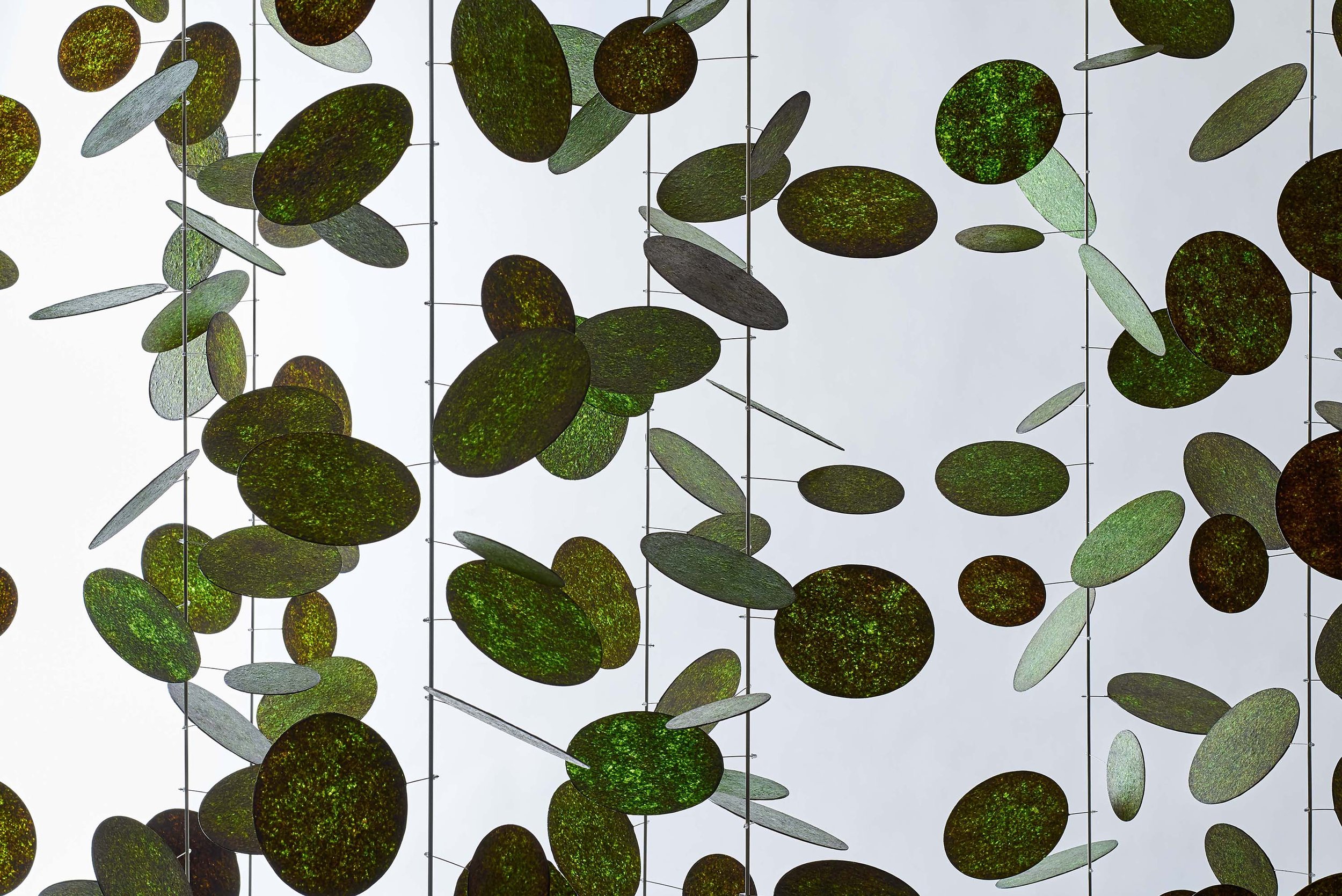
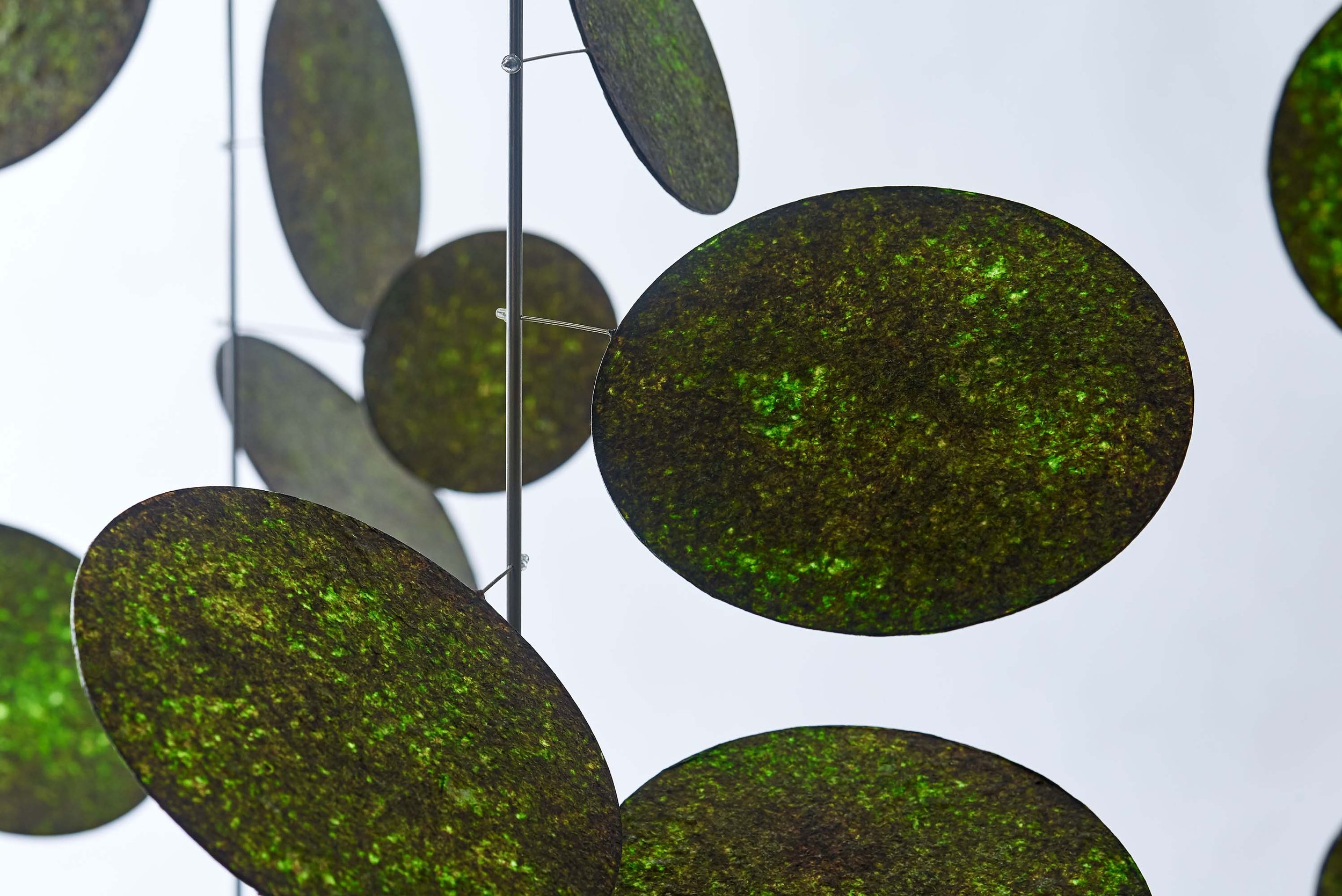
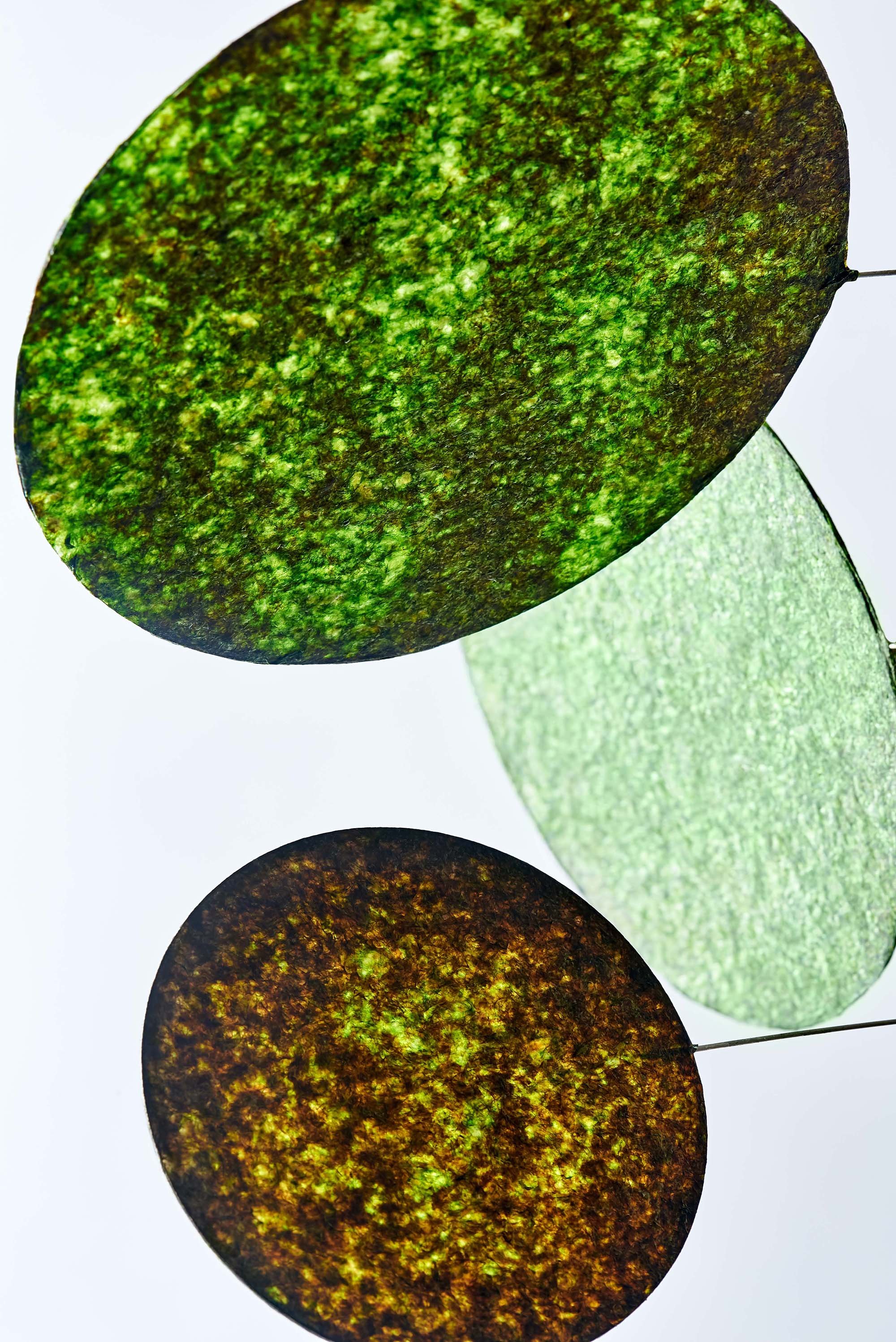
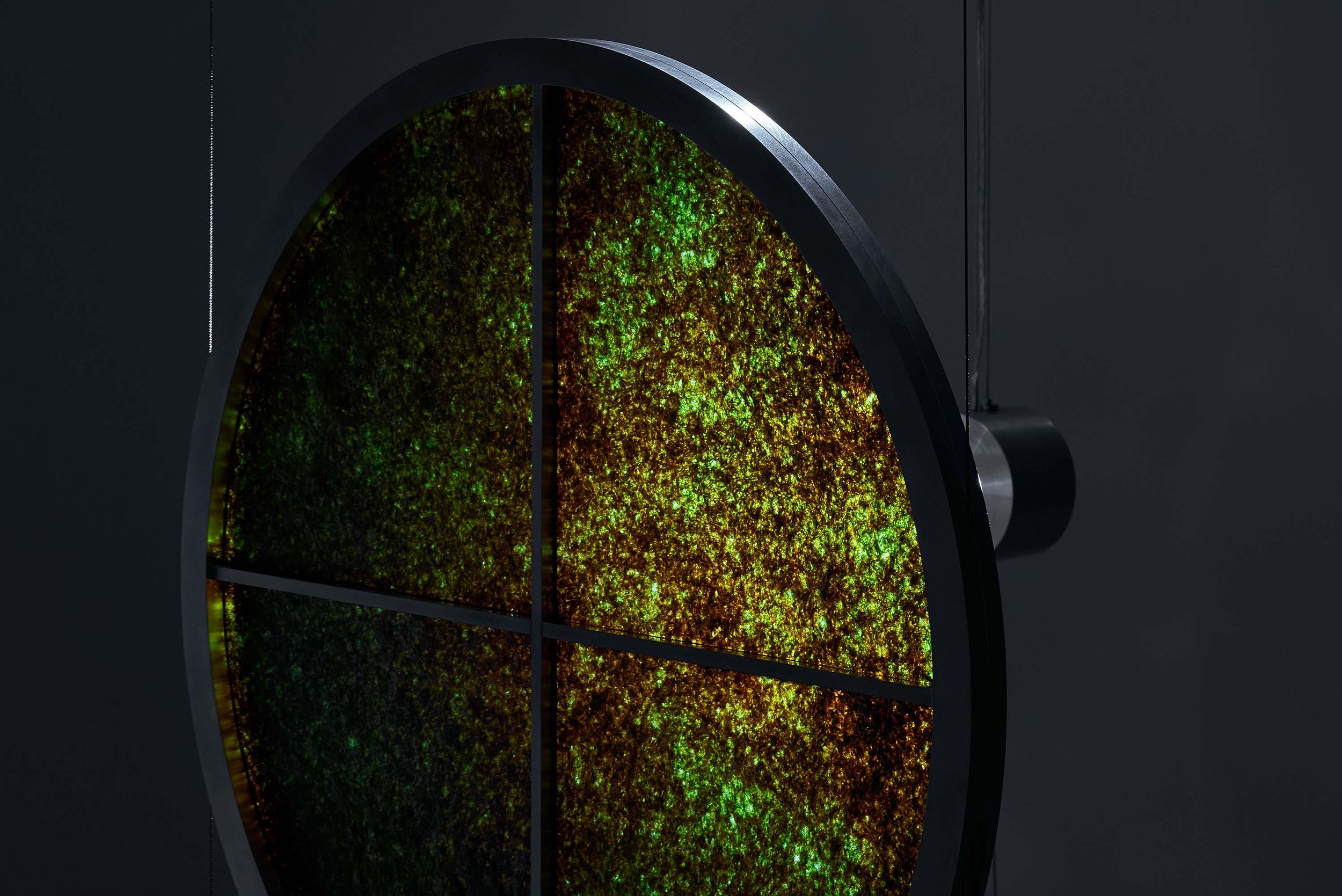

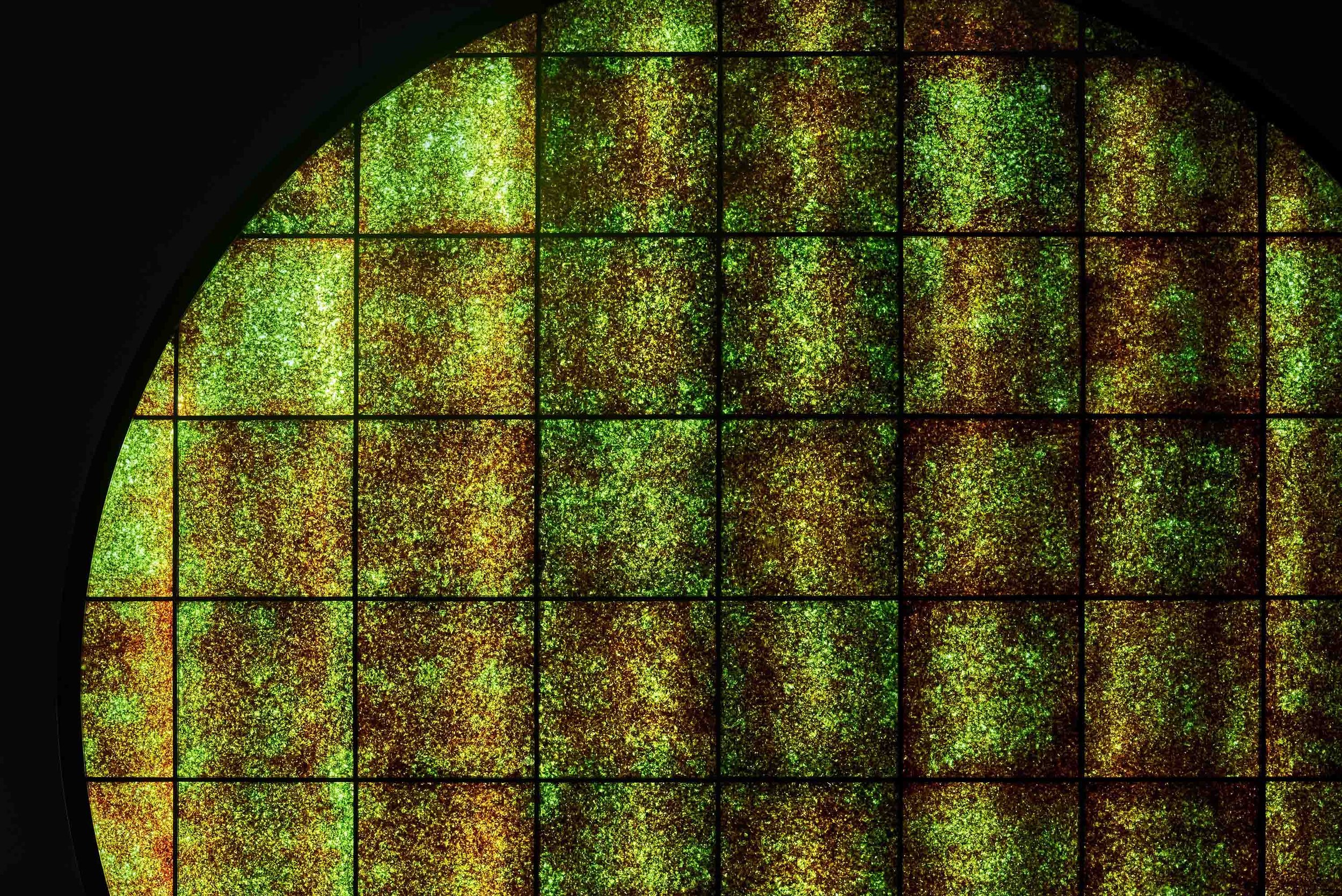
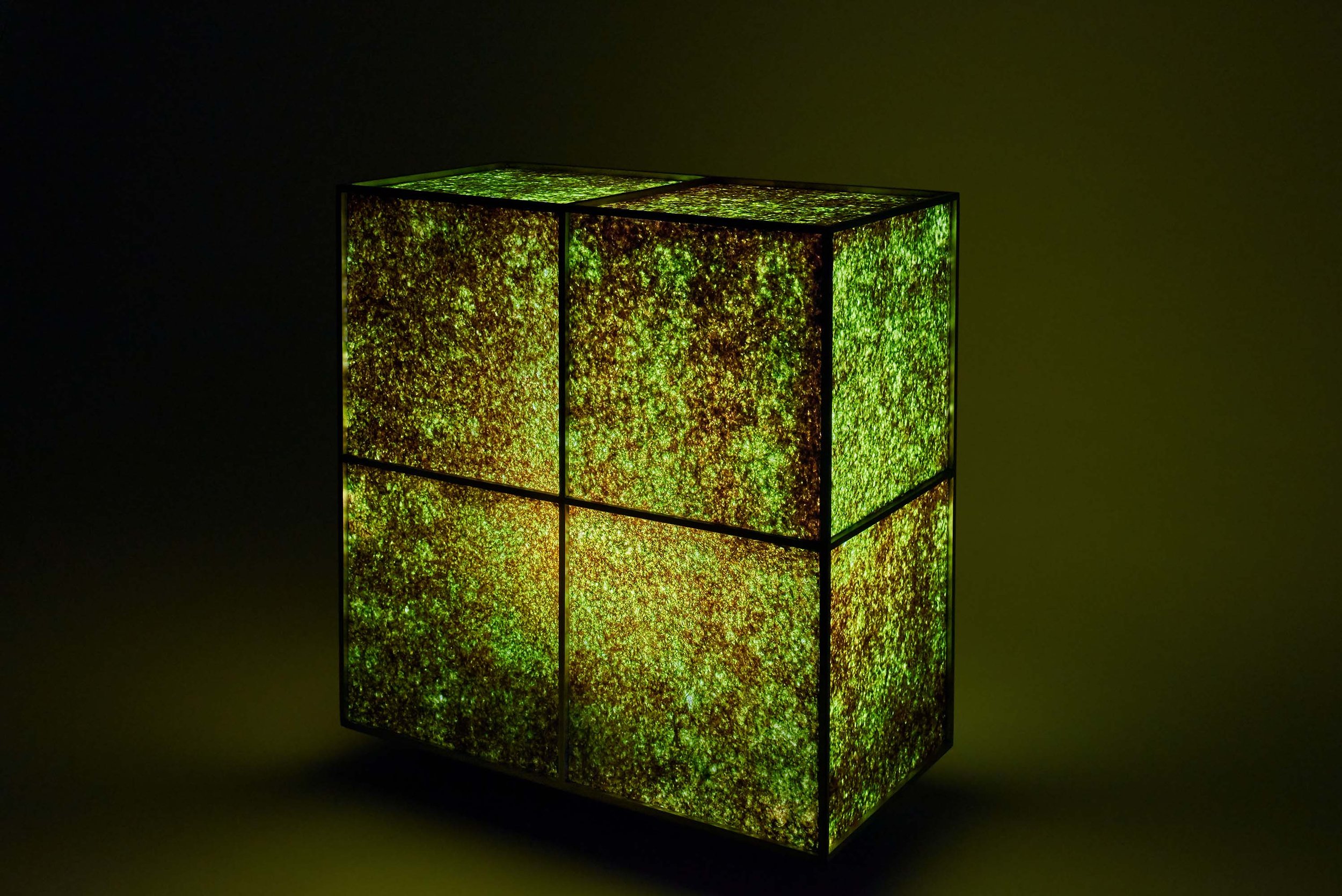

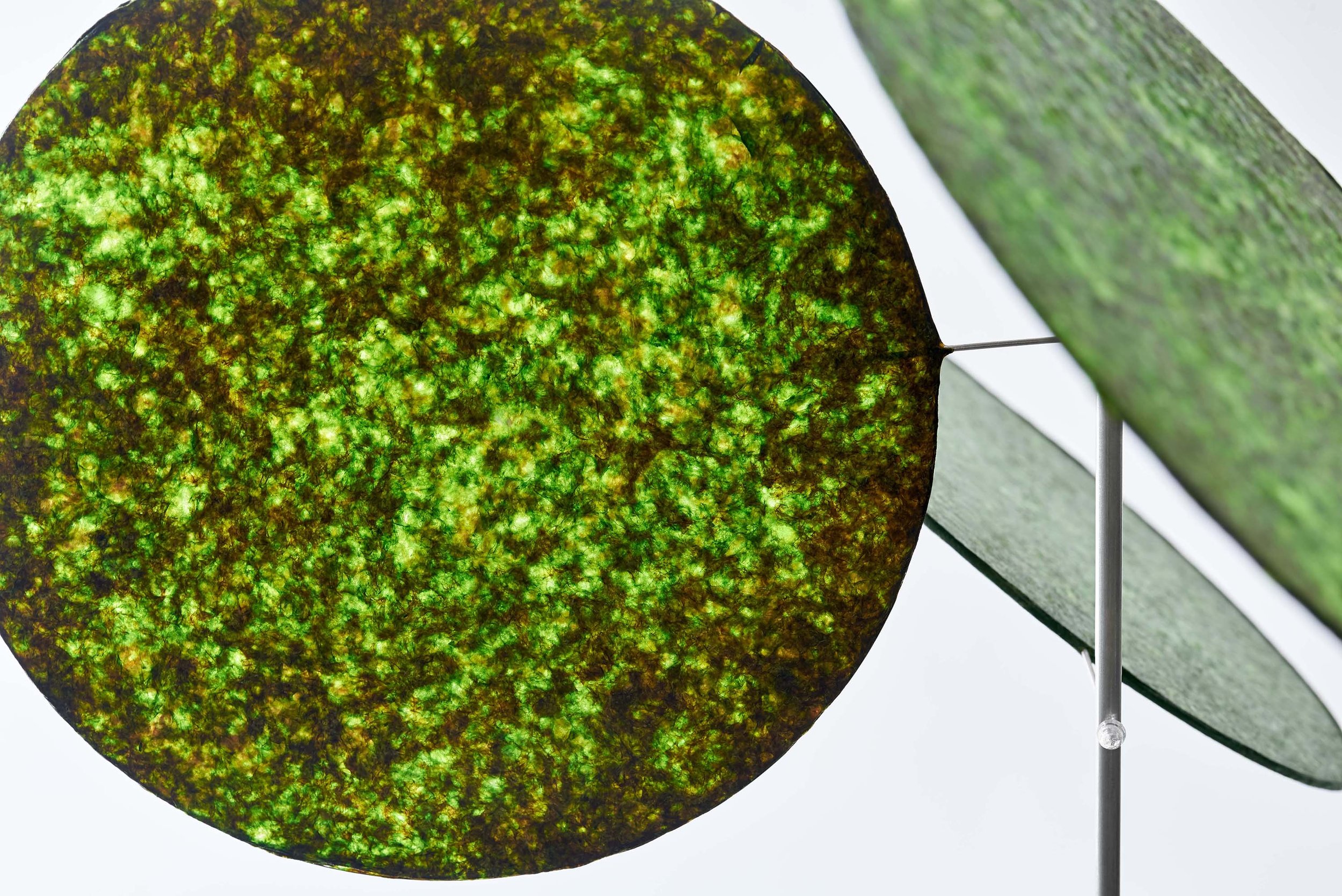
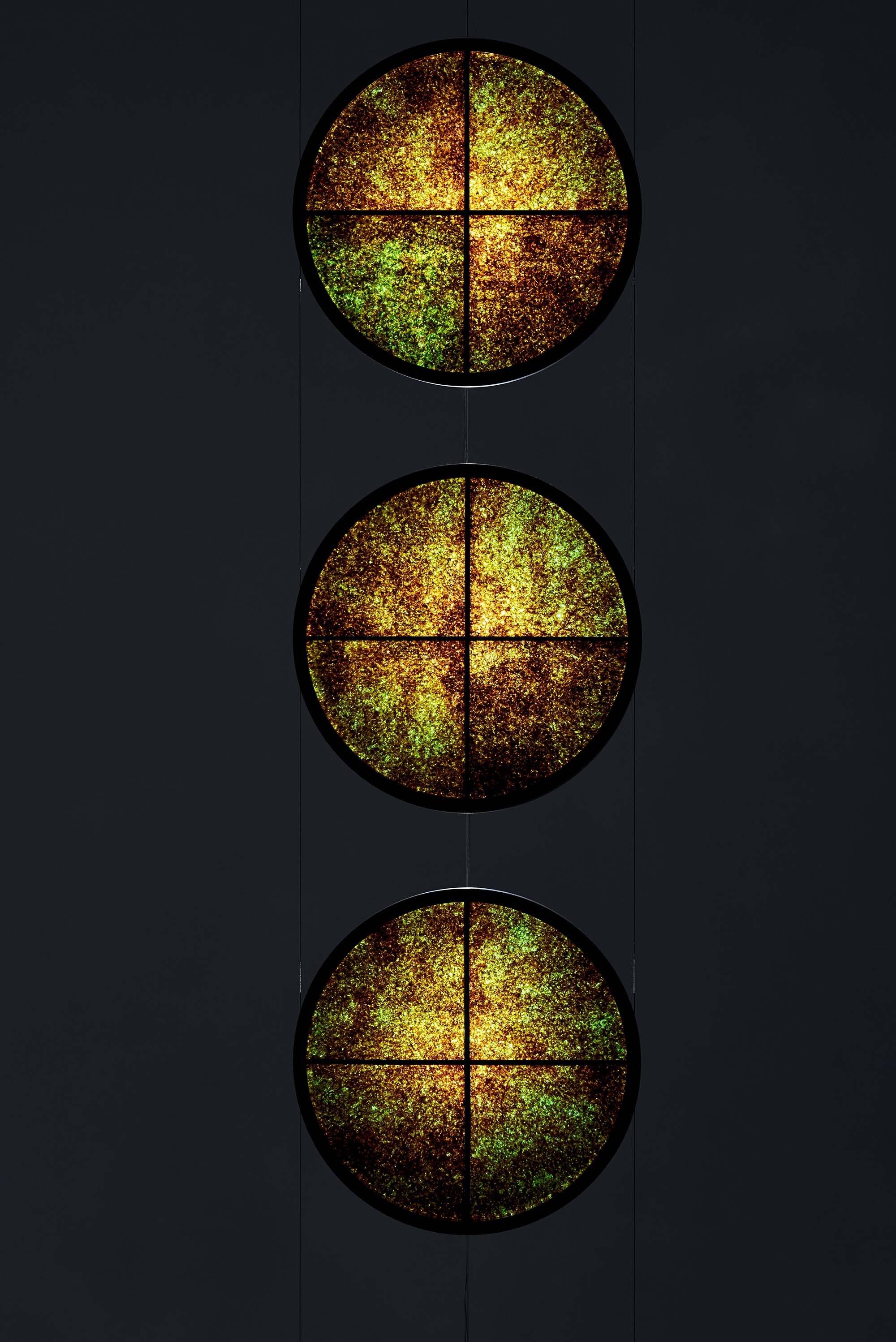
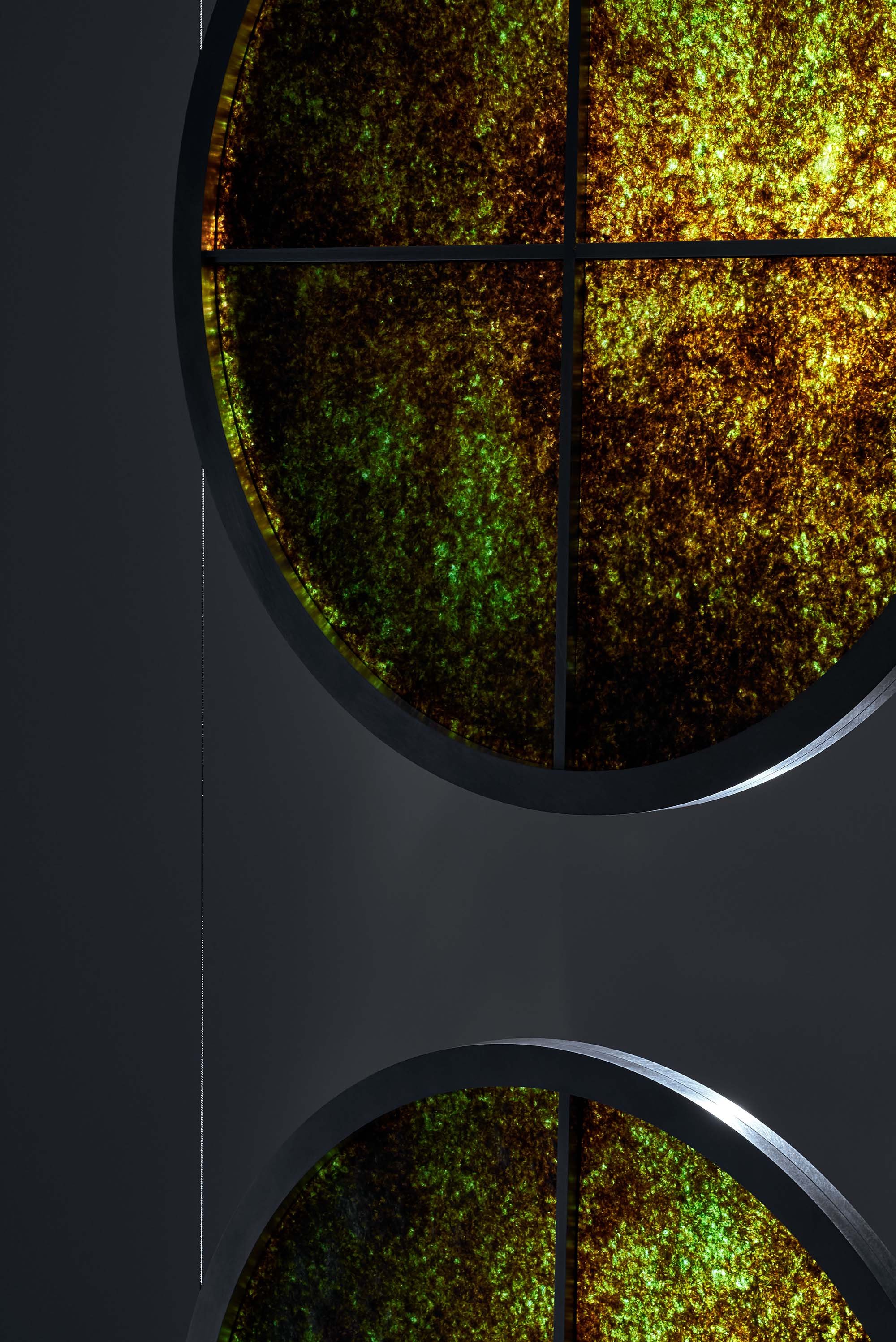
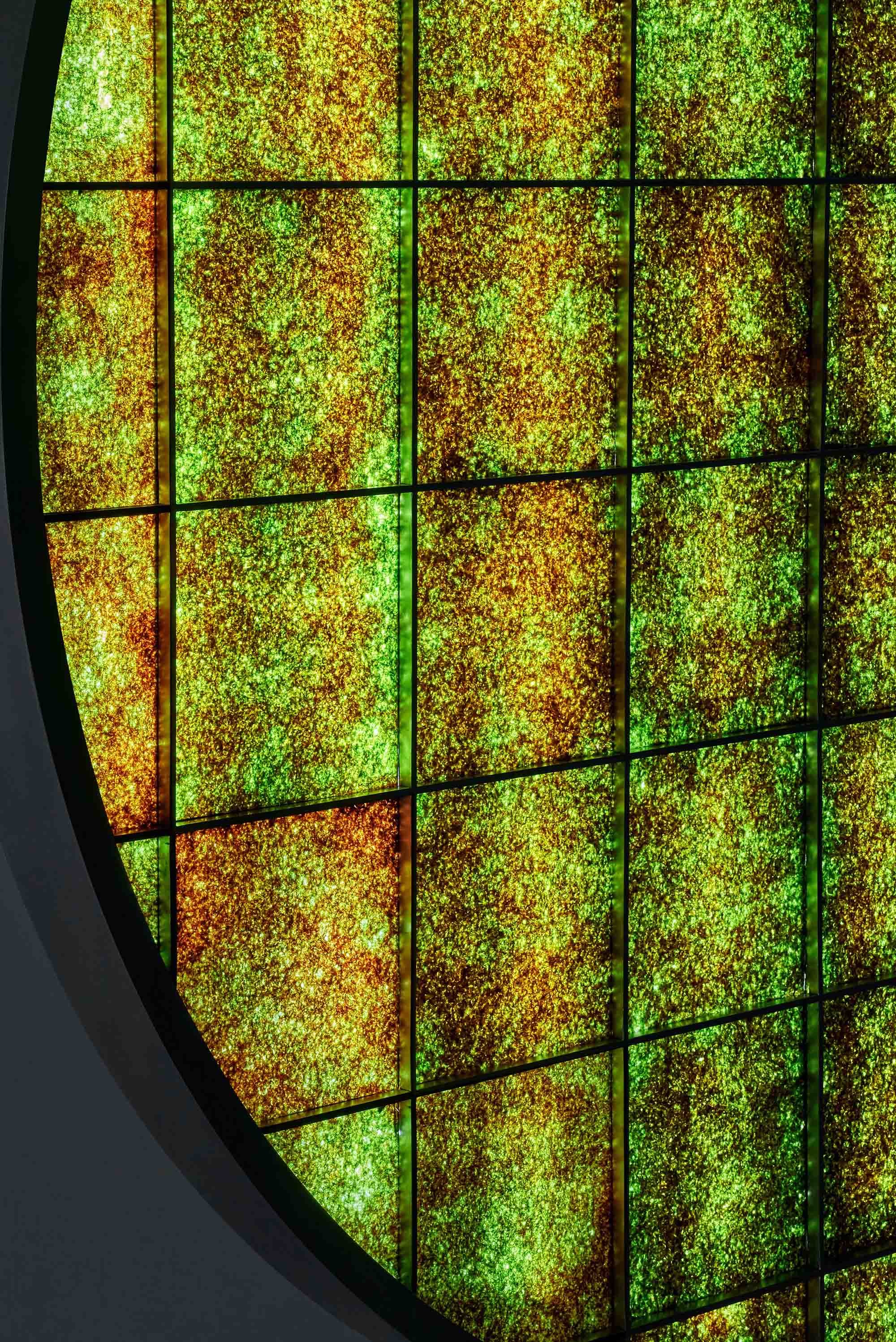
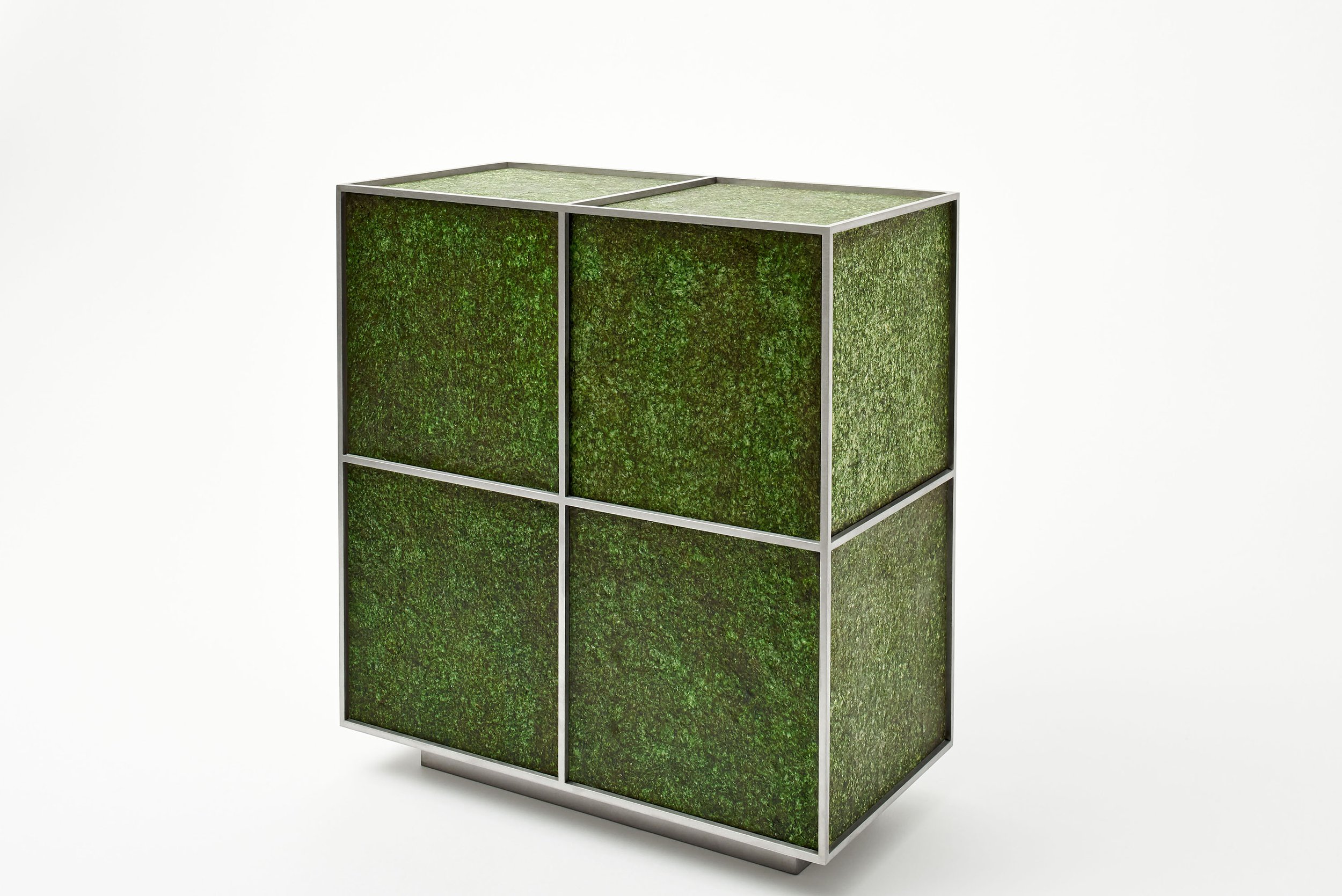
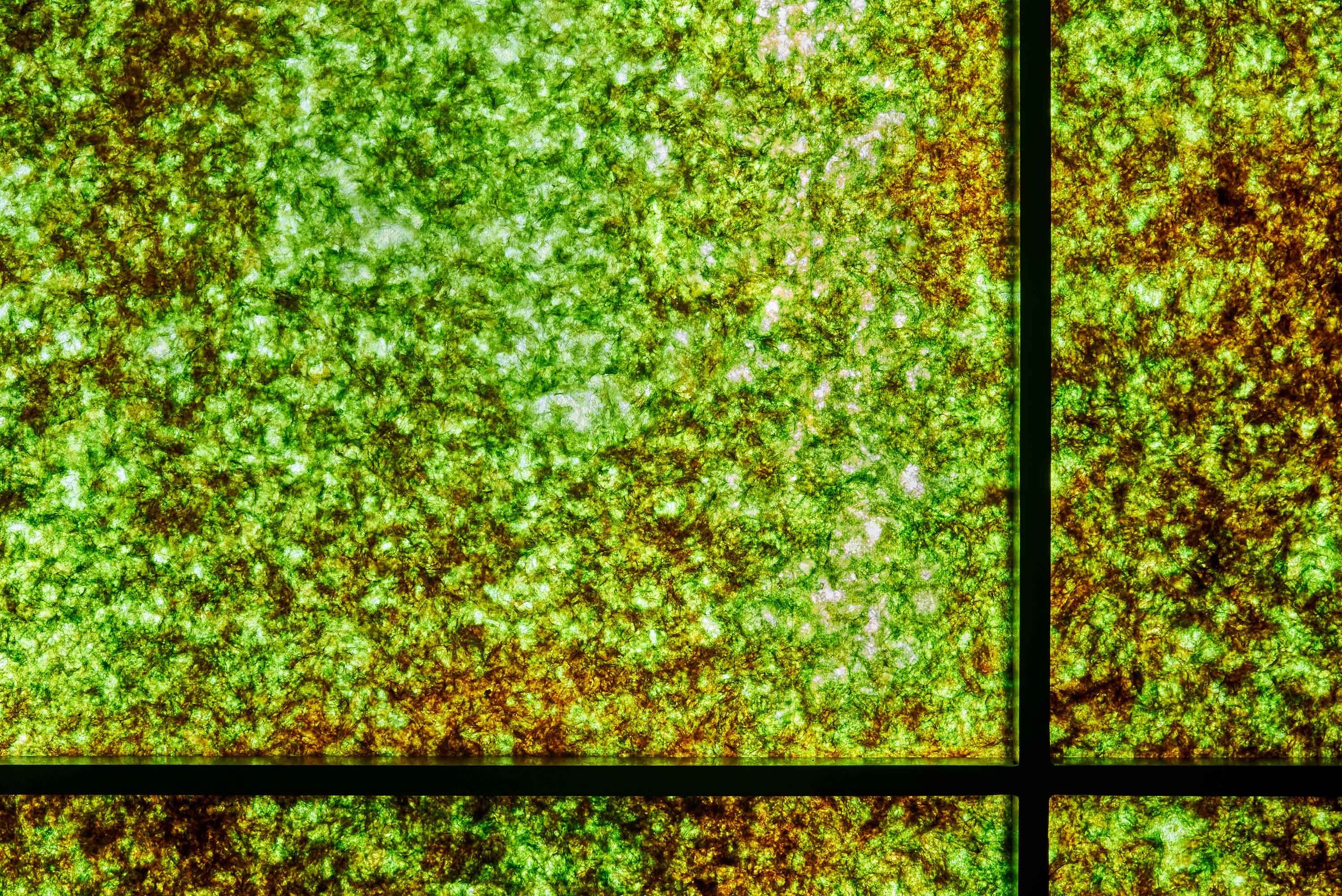
Unveiling a Paradigm Shift: Beyond its immediate design objectives, 'Less, Light, Local' signifies a broader movement, urging us to reevaluate our relationship with seaweed and confront the formidable challenges presented by a changing climate. By reshaping the narrative surrounding discarded ITA NORI, this visionary project offers a tantalizing glimpse into a future where tradition and sustainability coexist harmoniously.
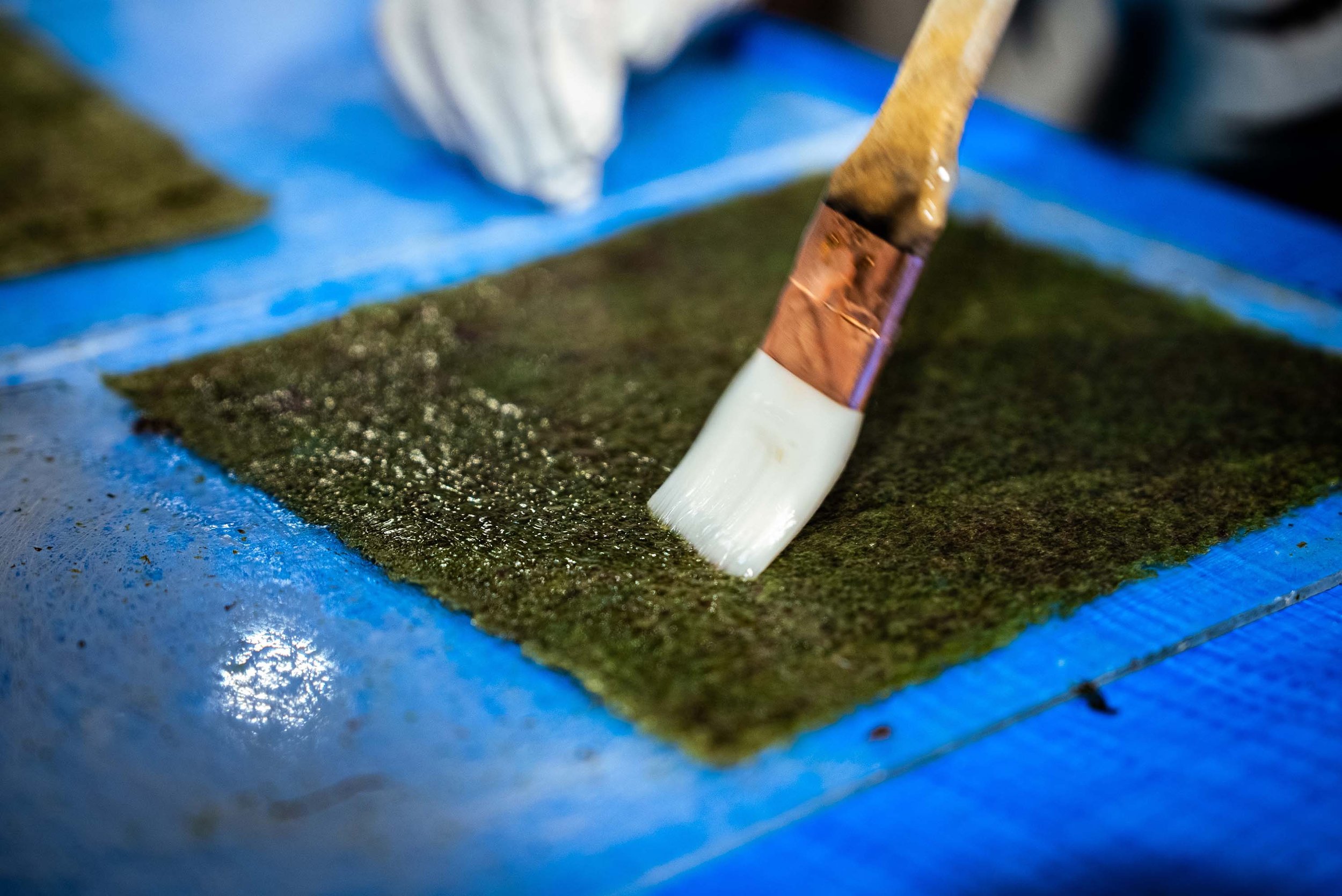
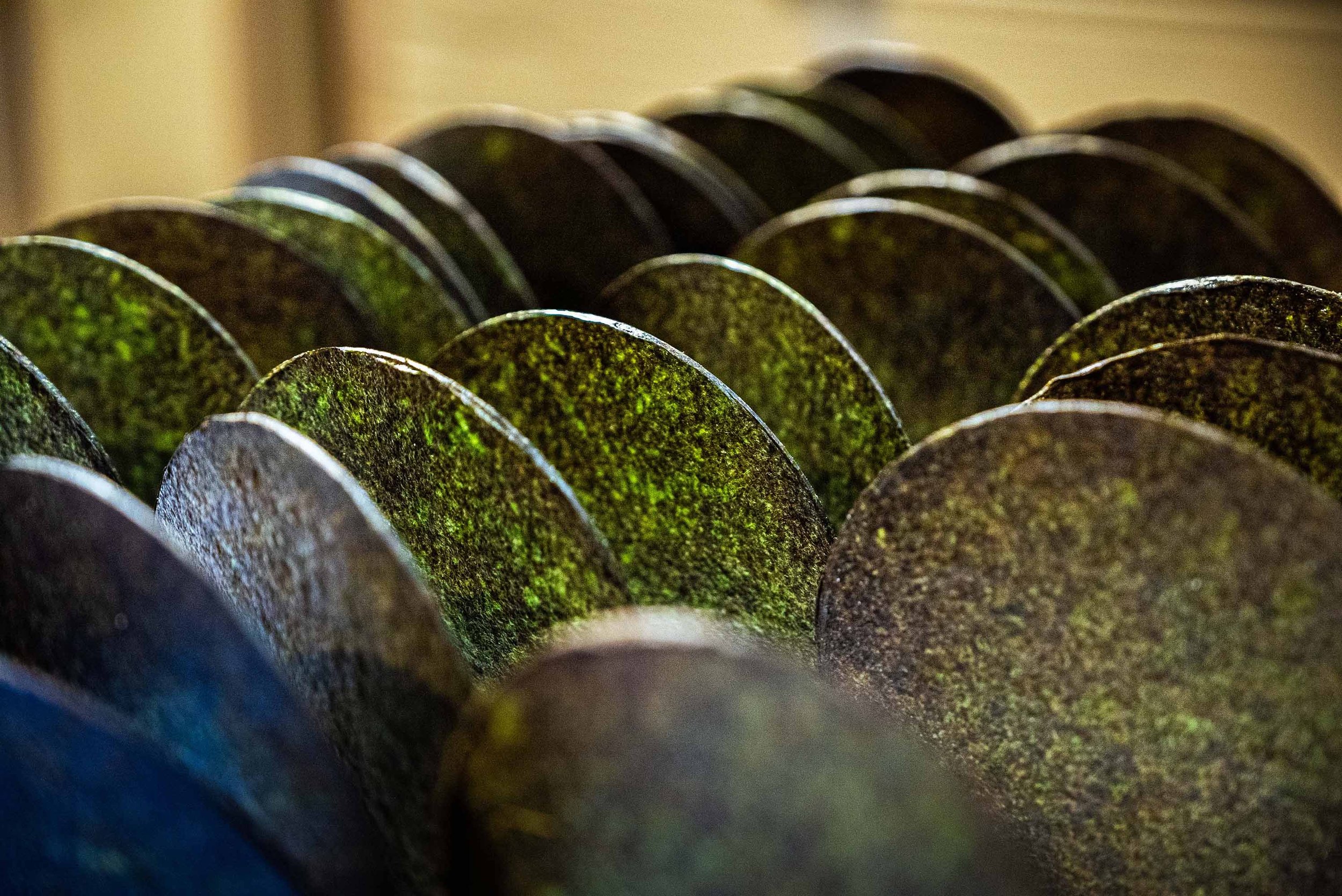
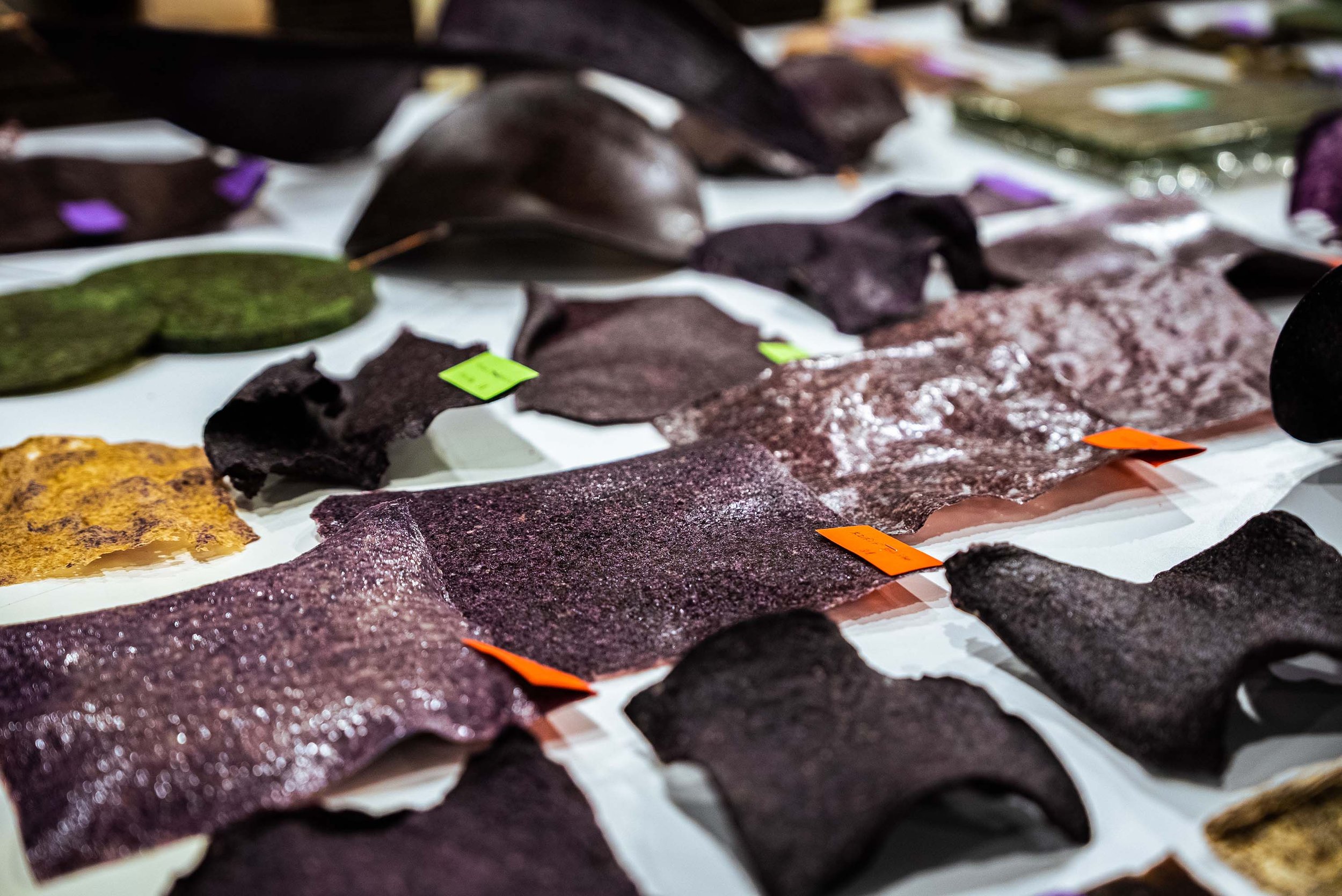
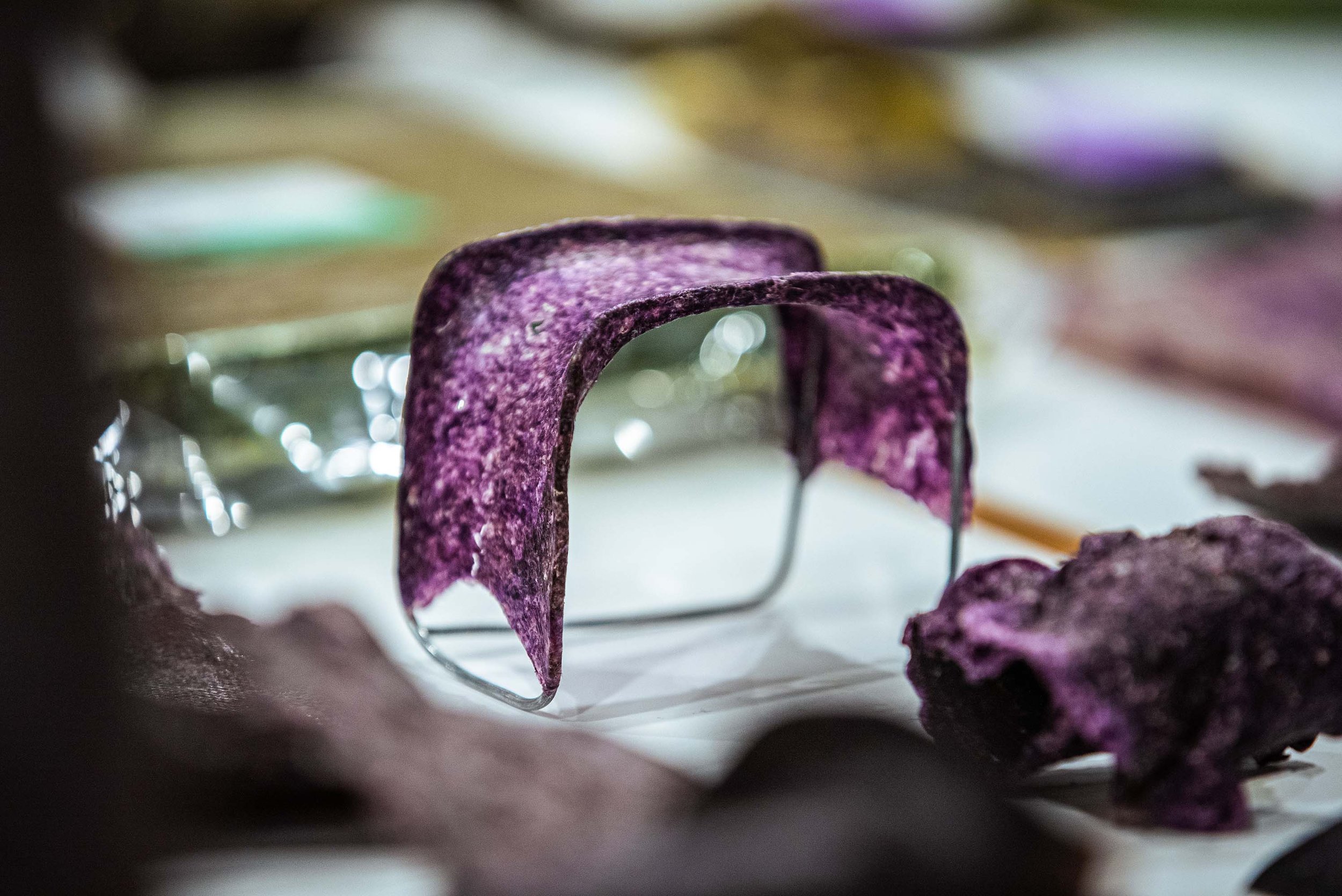
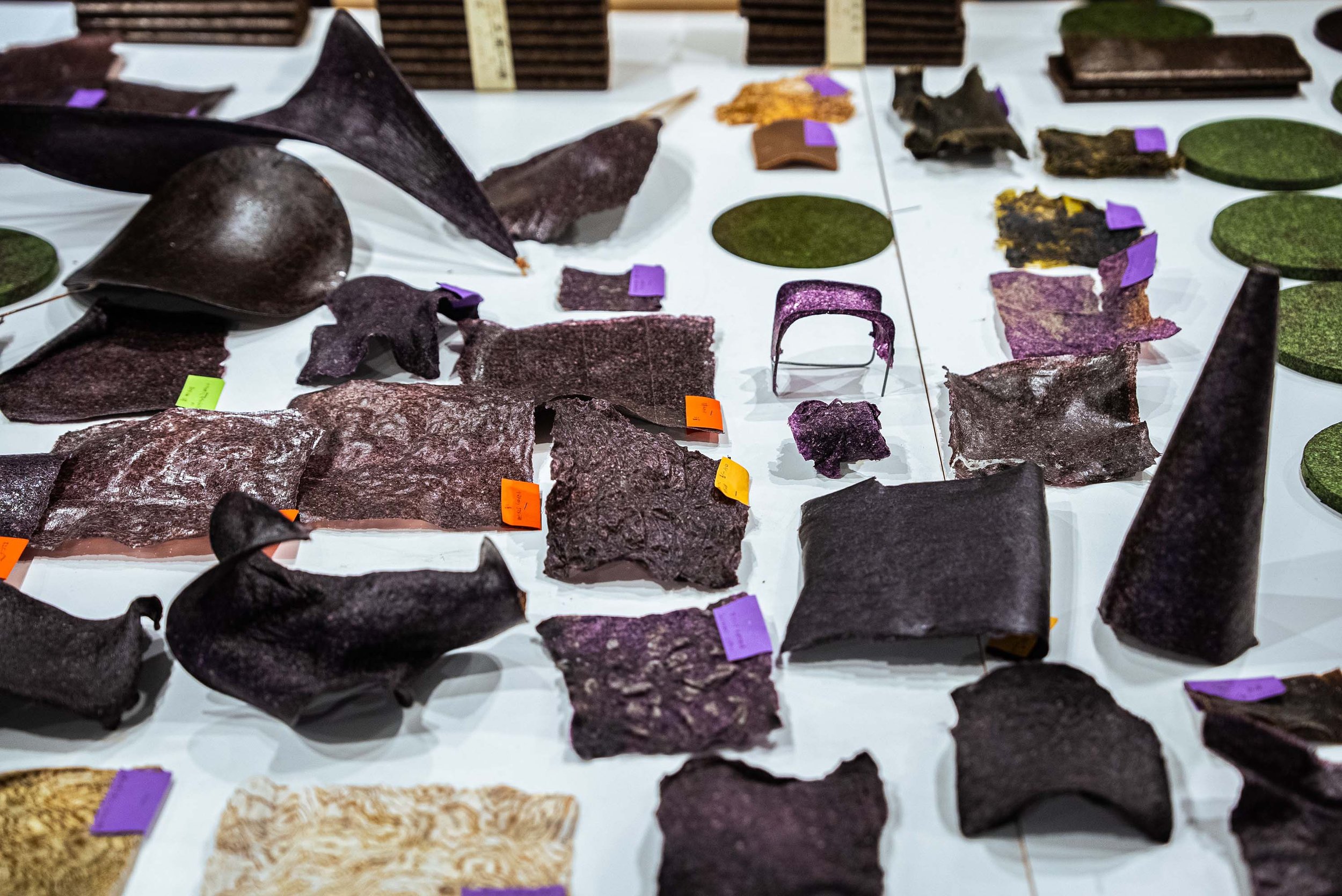

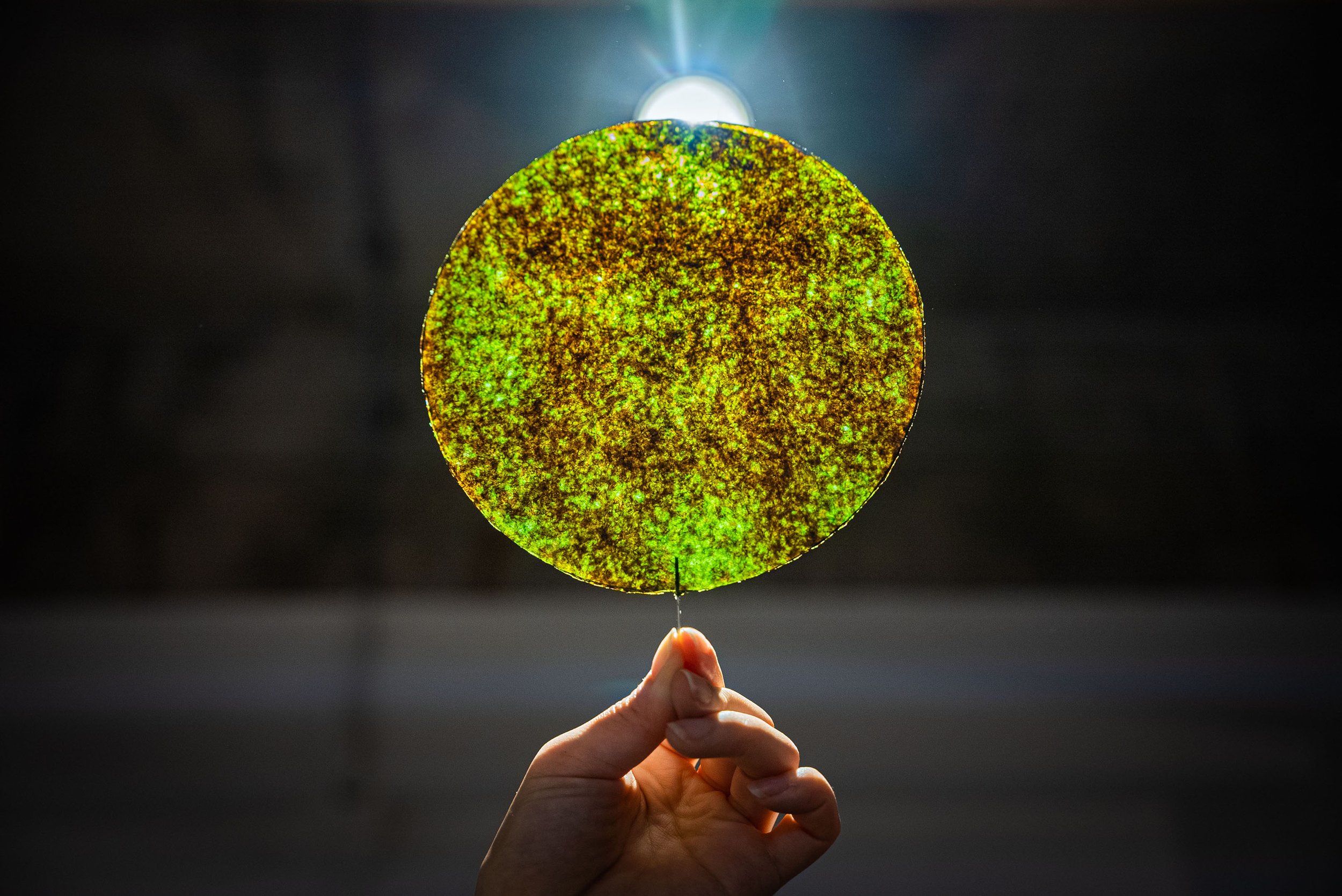
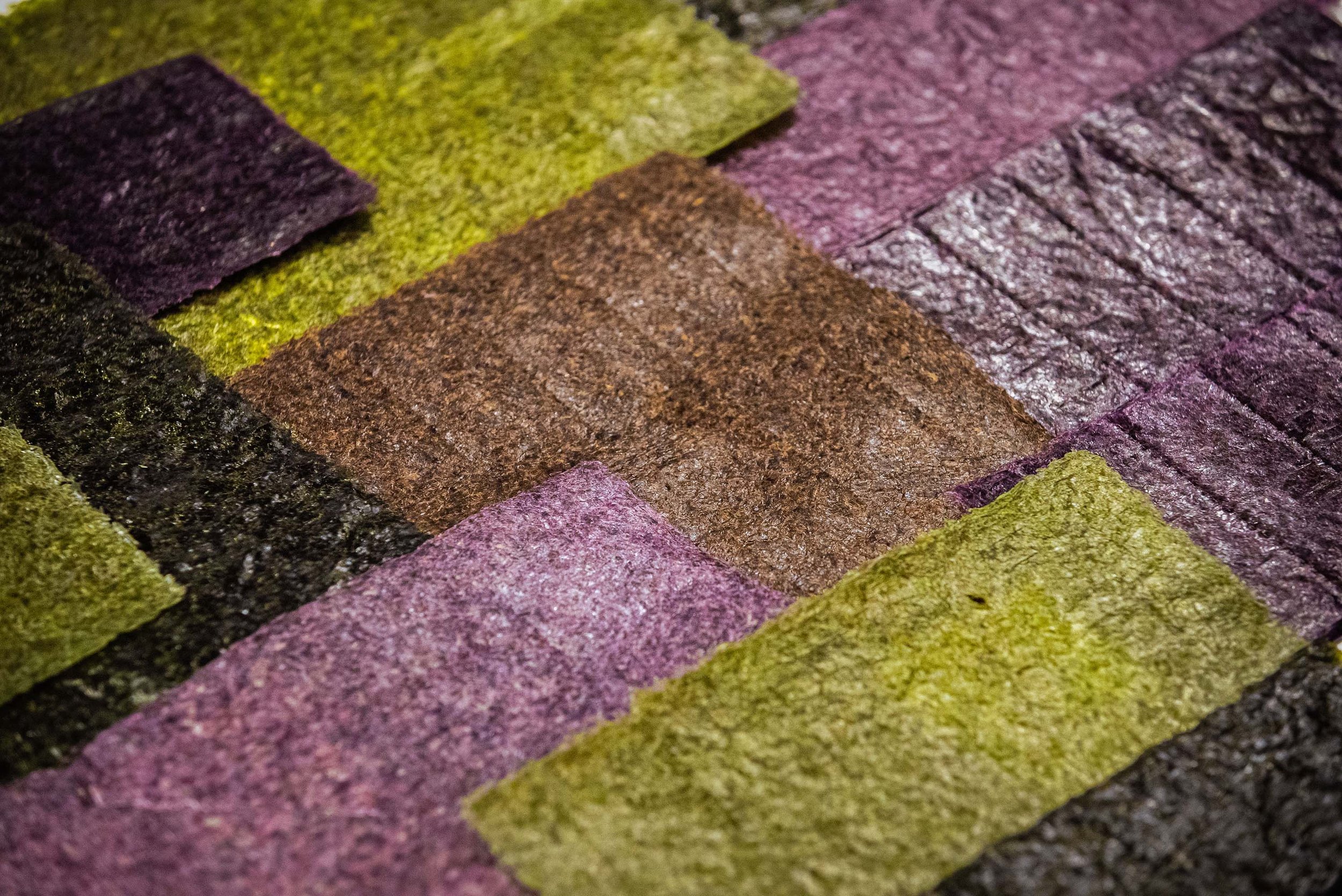
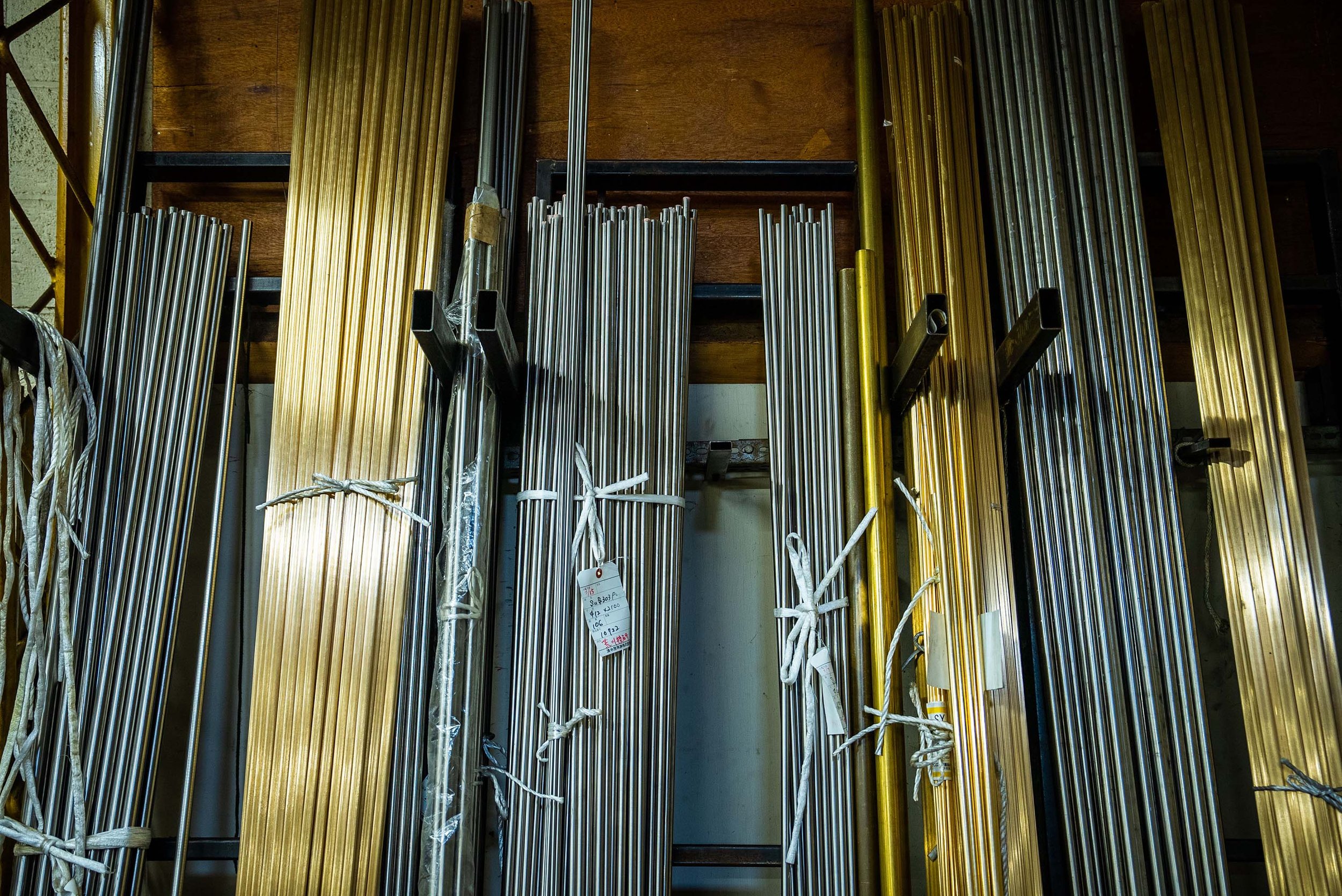

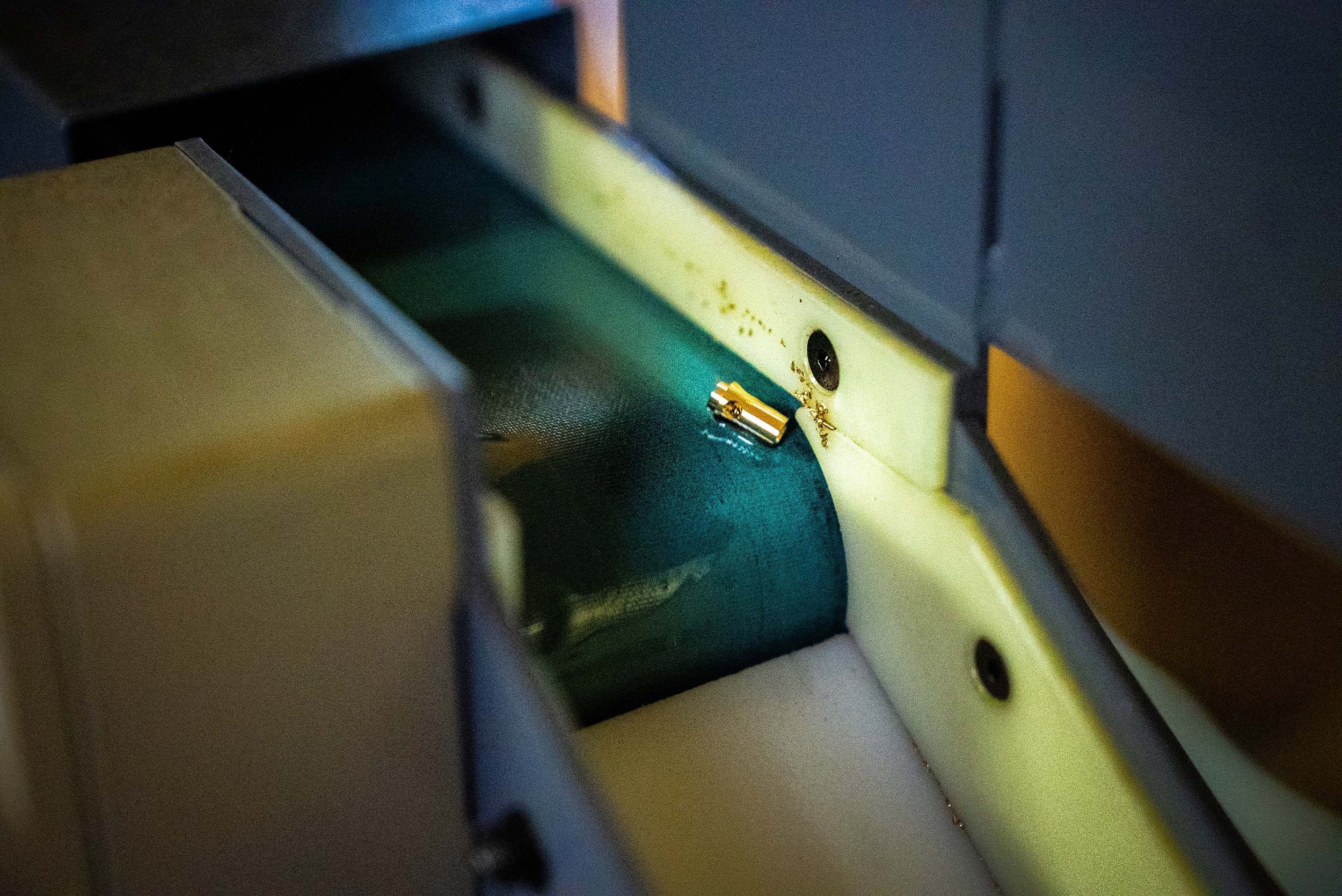
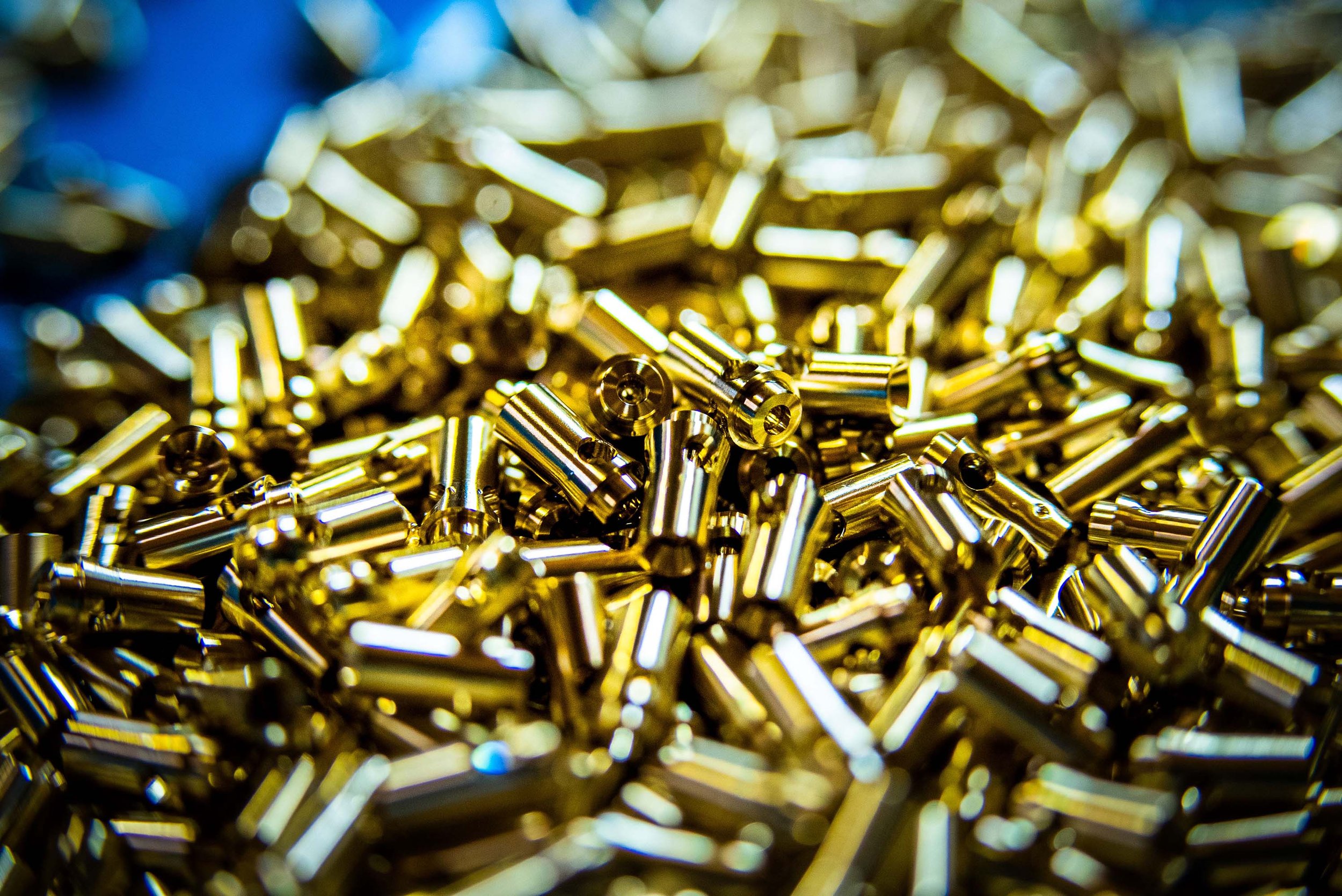
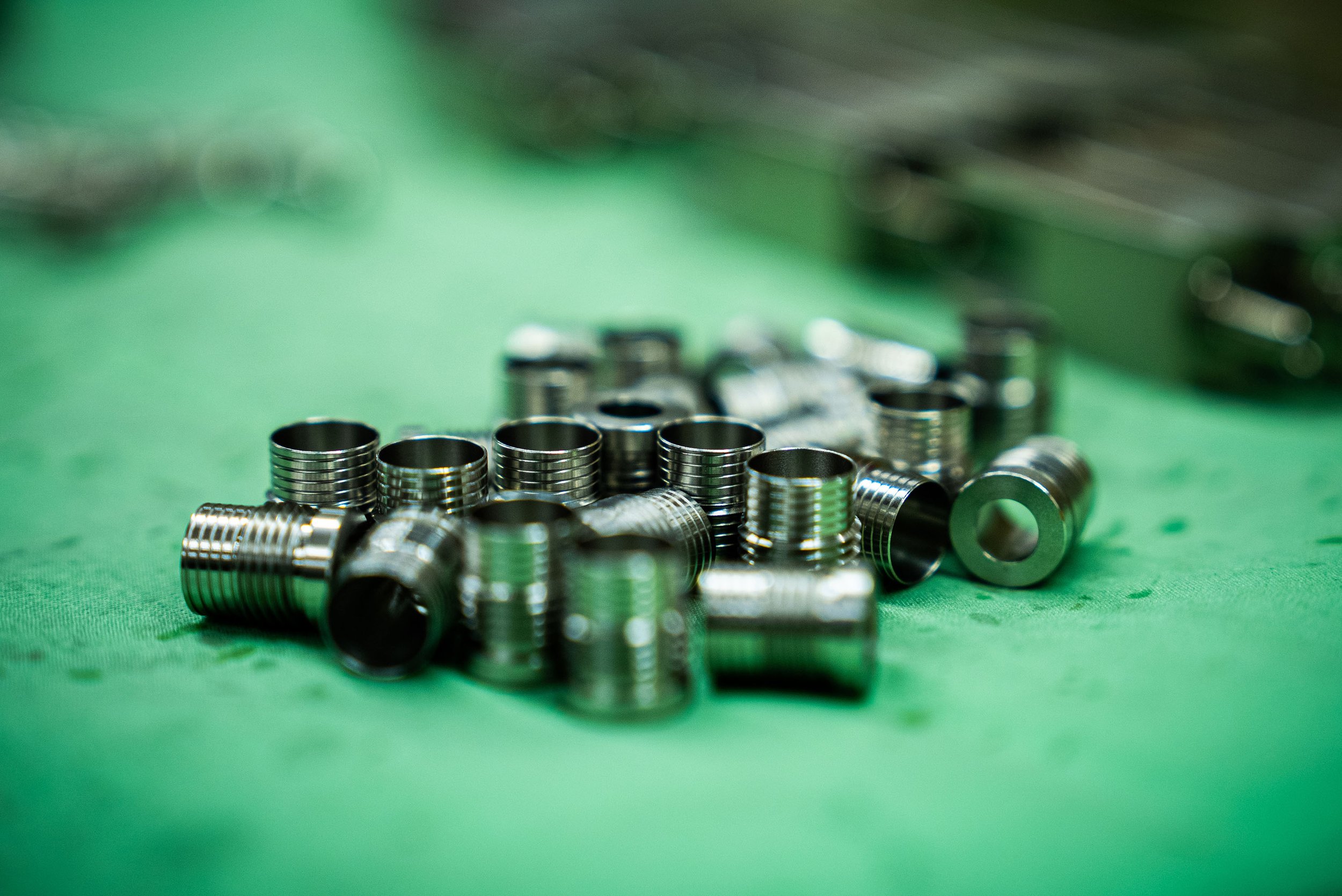
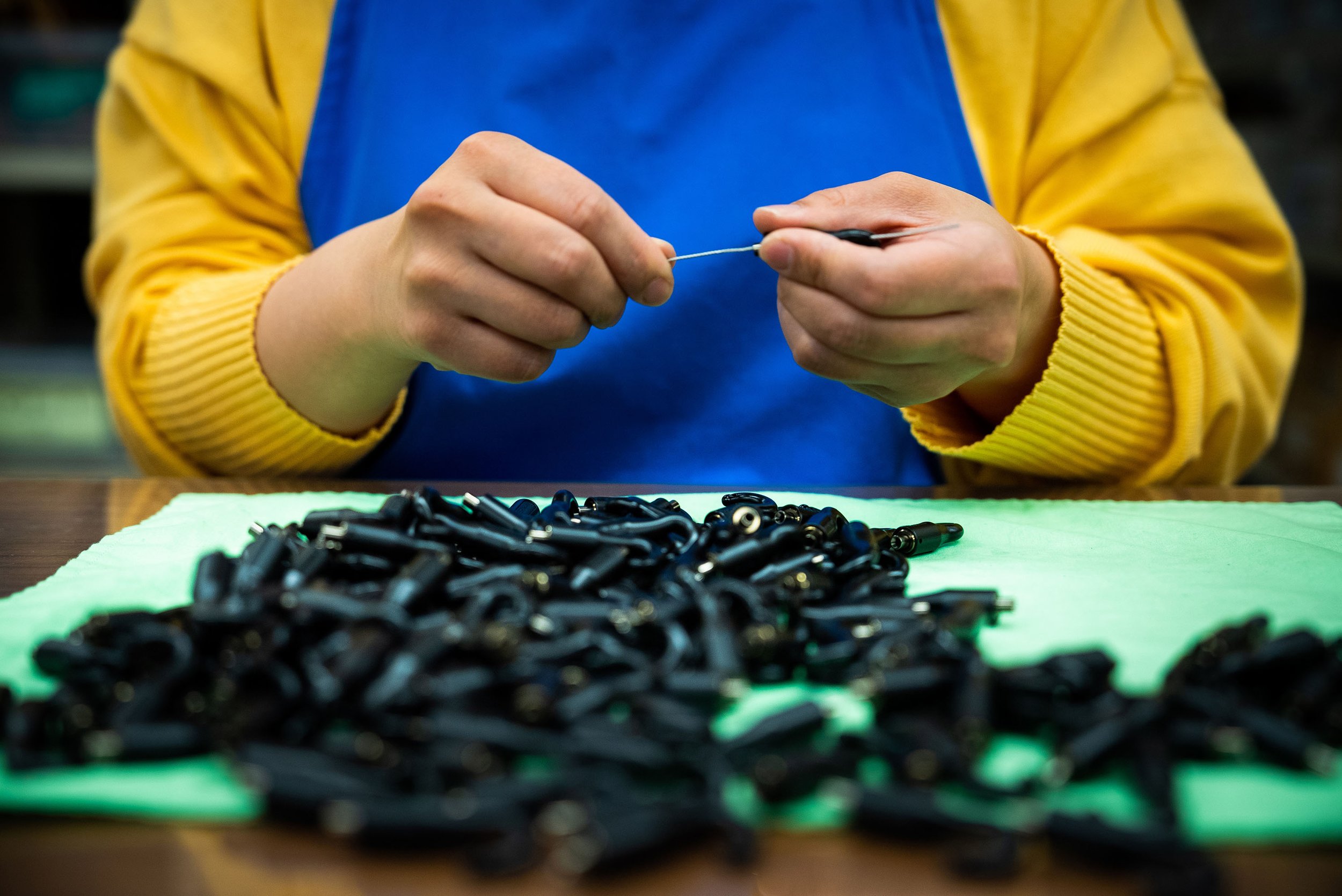
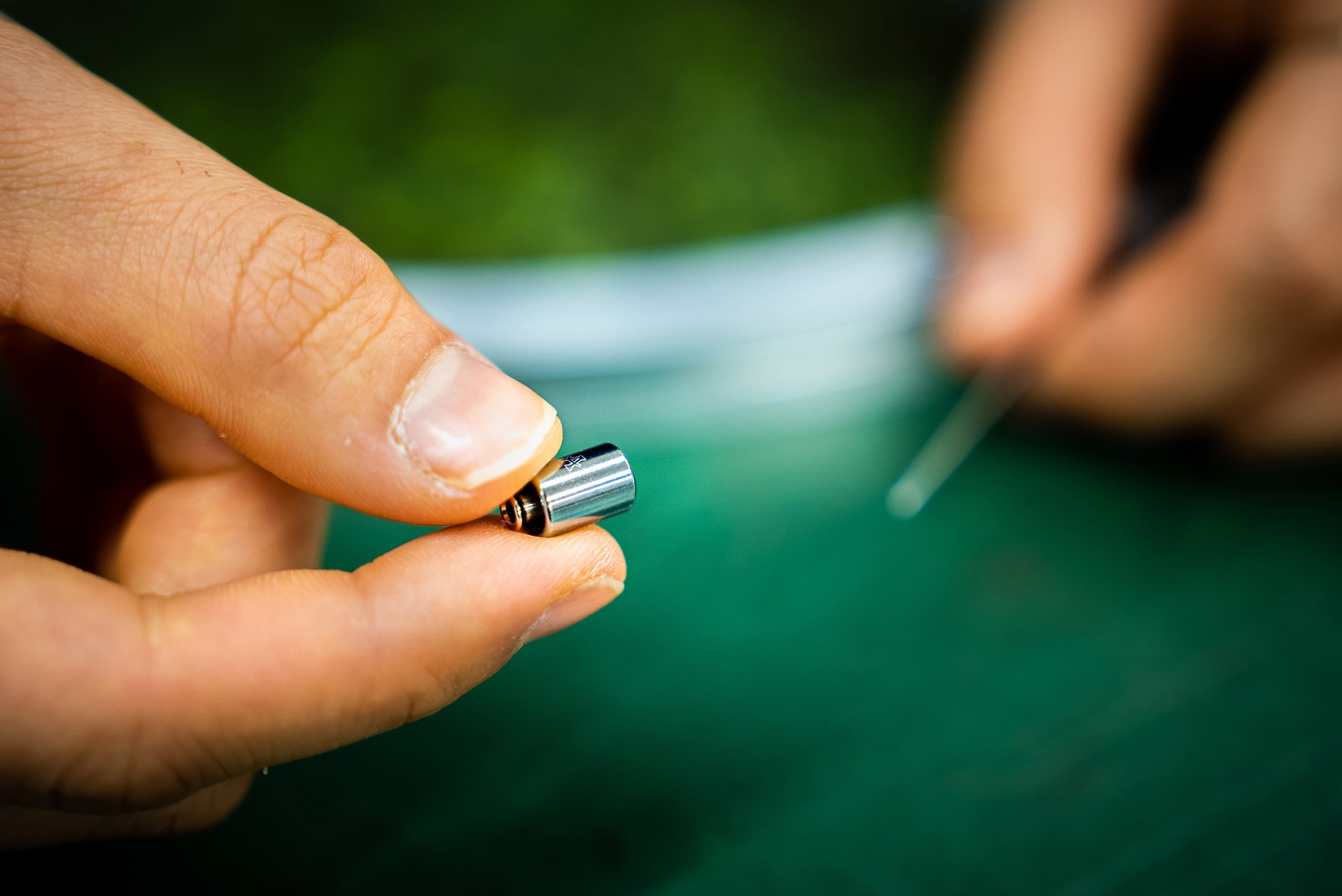

In the face of climate change's assault on Japan's seaweed industry, 'Less, Light, Local' emerges as a symbol of resilience and hope. Through its innovative design principles and utilization of locally sourced materials, this remarkable project breathes new life into discarded ITA NORI, reaffirming its inherent sustainability. As we embrace this transformative approach, we fortify our commitment to a future that upholds cherished traditions while nurturing and protecting our precious natural resources.
Less, Light, Local- The NORI Project exploring the future of seaweed through ARAKAWA GRIP technology
Exhibition:From June 16 - 25, 2023
Time:11am〜19pm
Opening party:June 16, 2023 at 19pm (After the design talk)
Venue: TIERS GALLERY by arakawagrip(ティアーズギャラリー)
Address: 〒150-0001 Tokyo, Shibuya City, Jingumae, 5 Chome−7−12 TIERS 3F
Design Pier capture the preciousness of time and the fragility of a moment
Design Pier returns for Designart Tokyo 2020, compiling a selection of high-end design objects that capture the preciousness of time and the fragility of a moment and compels them to experience life to its fullest. The selection includes unique and precious pieces that challenge commercially made objects' homogeneity and brings a refreshing perspective, creating an emotional attachment between products and users.
Design Pier returns for Designart Tokyo 2020, compiling a selection of high-end design objects that capture the preciousness of time and the fragility of a moment and compels them to experience life to its fullest. The selection includes unique and precious pieces that challenge commercially made objects' homogeneity and brings a refreshing perspective, creating an emotional attachment between products and users.

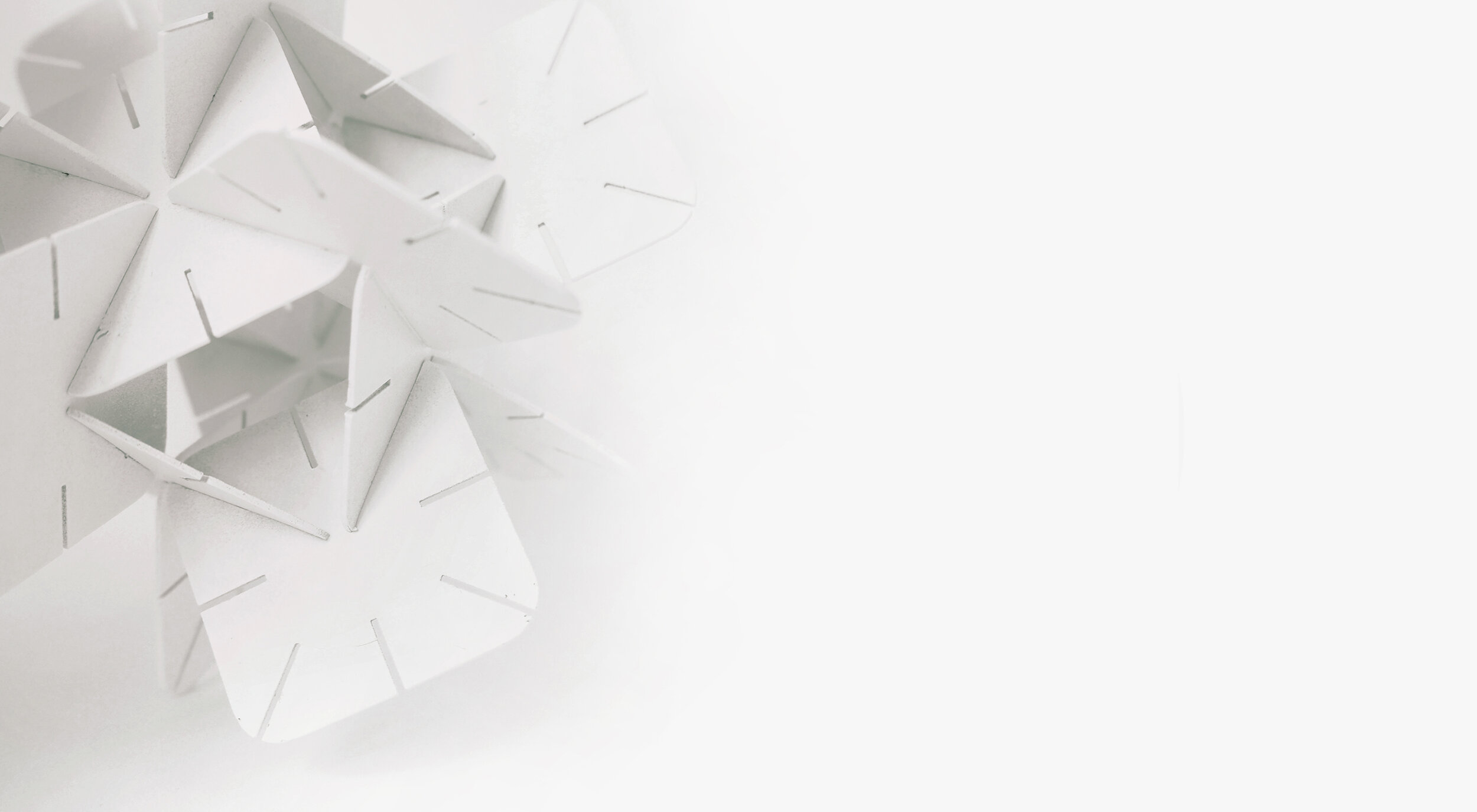
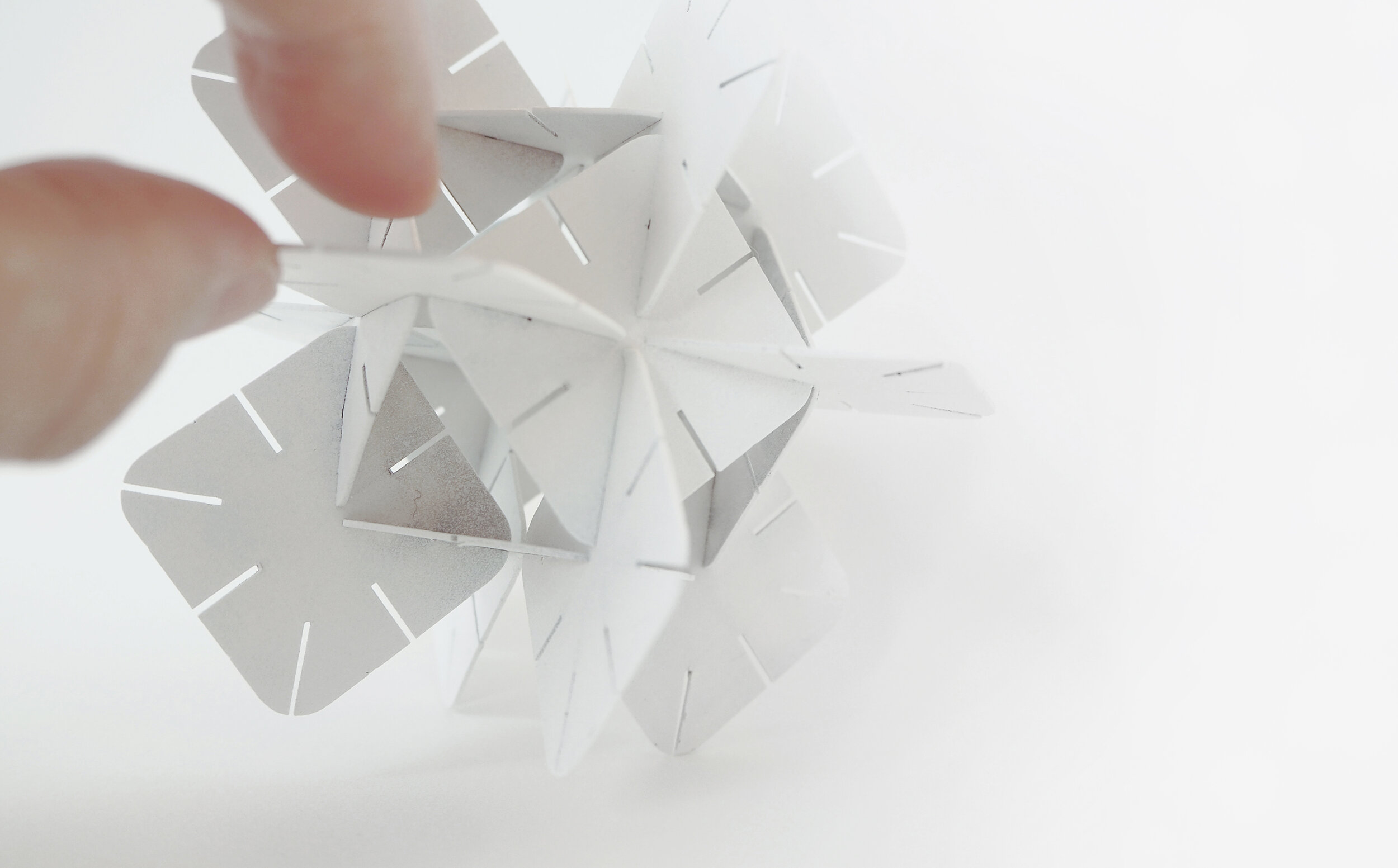
DAZINGFEELSGOOD (DFG) is a Singapore based design practice founded by Kiat Ng and Karen Chiam in 2015. Guided by design fundamentals, the practice reflects on rational and reduction approaches to explore, design, collaborate and create works that span across furniture, graphic and spatial design disciplines.
The practice has led DFG to produce works that are represented at international art and design platforms including Art Stage (Singapore), Maison&Objet (Paris), SaloneSatellite (Milan), and received recognition from A’ Design Award (Italy), Asia Design Prize (Korea) and Bolia Design Award (Denmark).
Objet is a series of modular planes in the expressions of geometric shapes connected in a methodical arrangement to create assemblages that function as lighting.
Title: Objet
Year: 2020
Dimensions: 500 x 500 x 500mm each (A series of 3 artworks)
Material: Acrylic with dichroic film
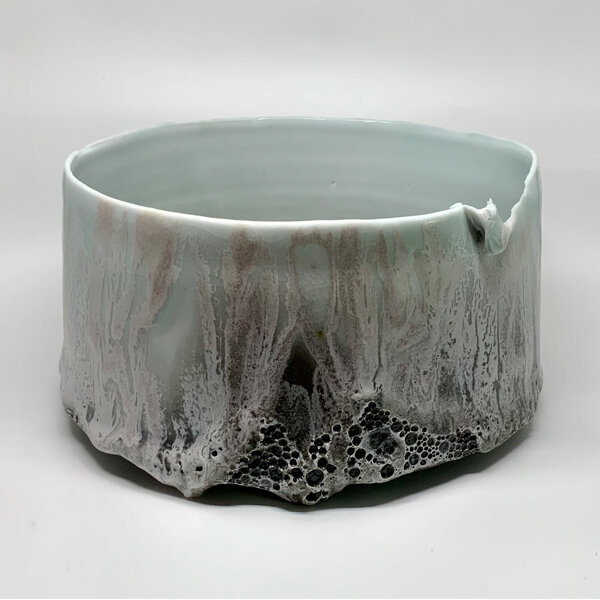
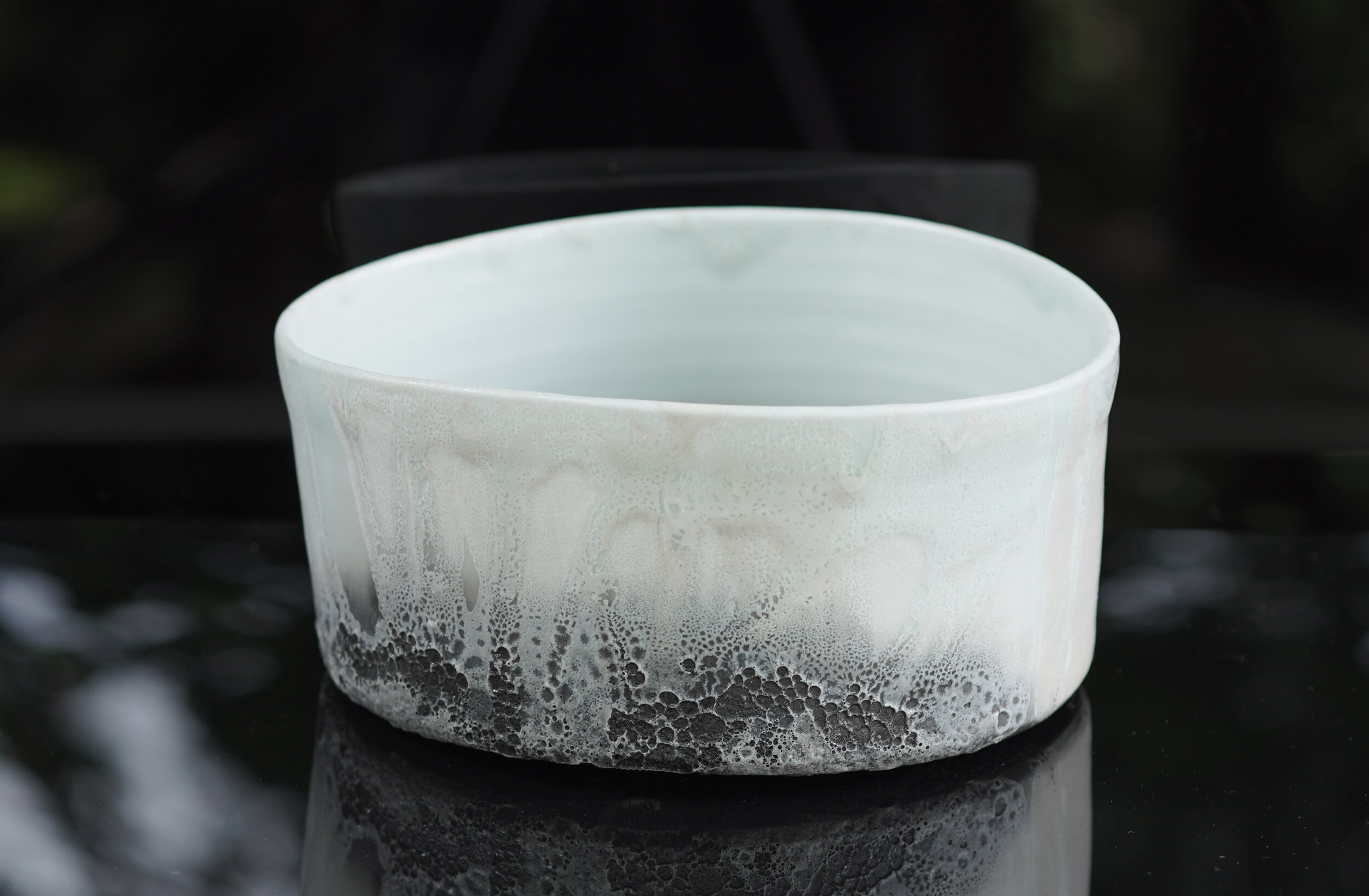
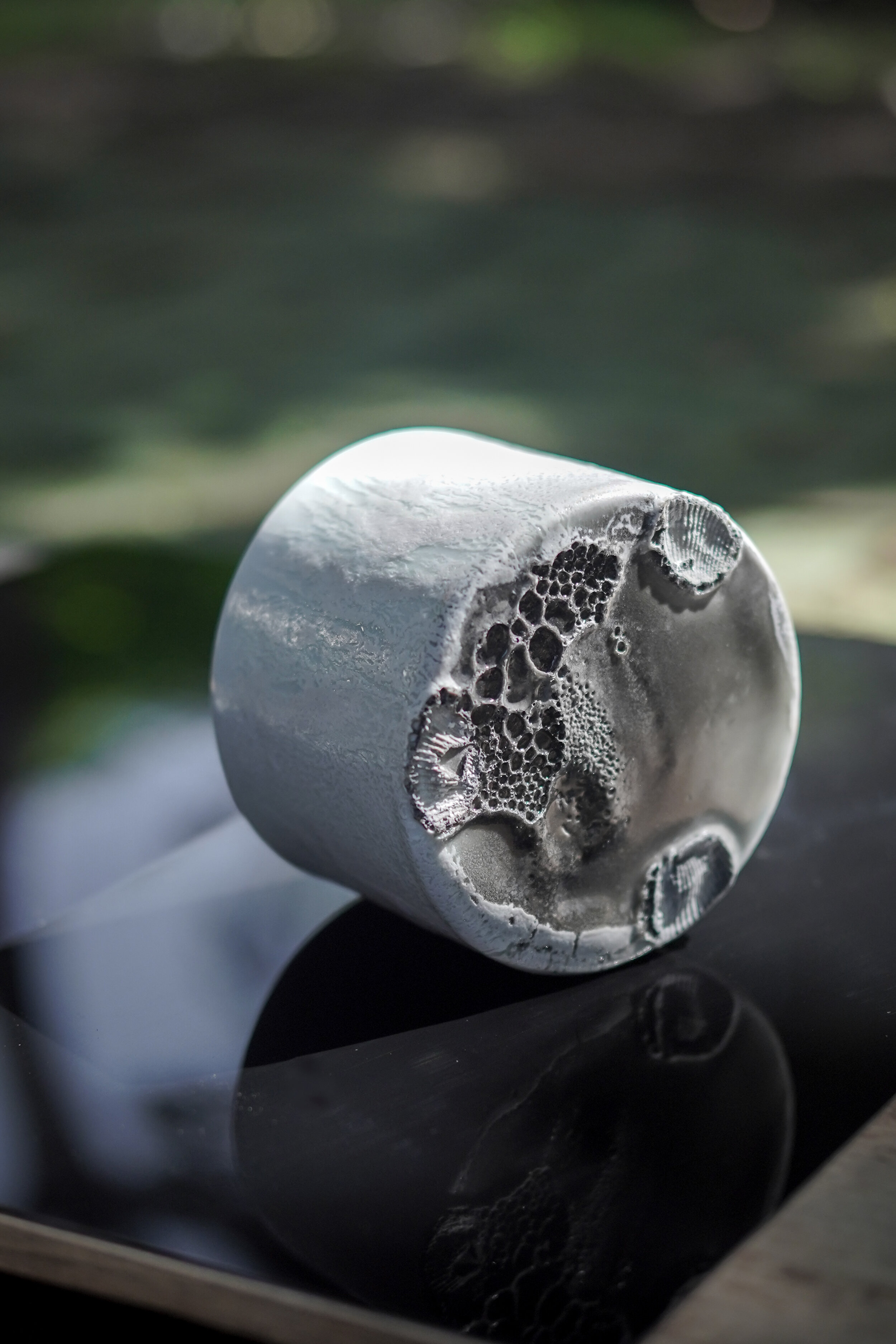
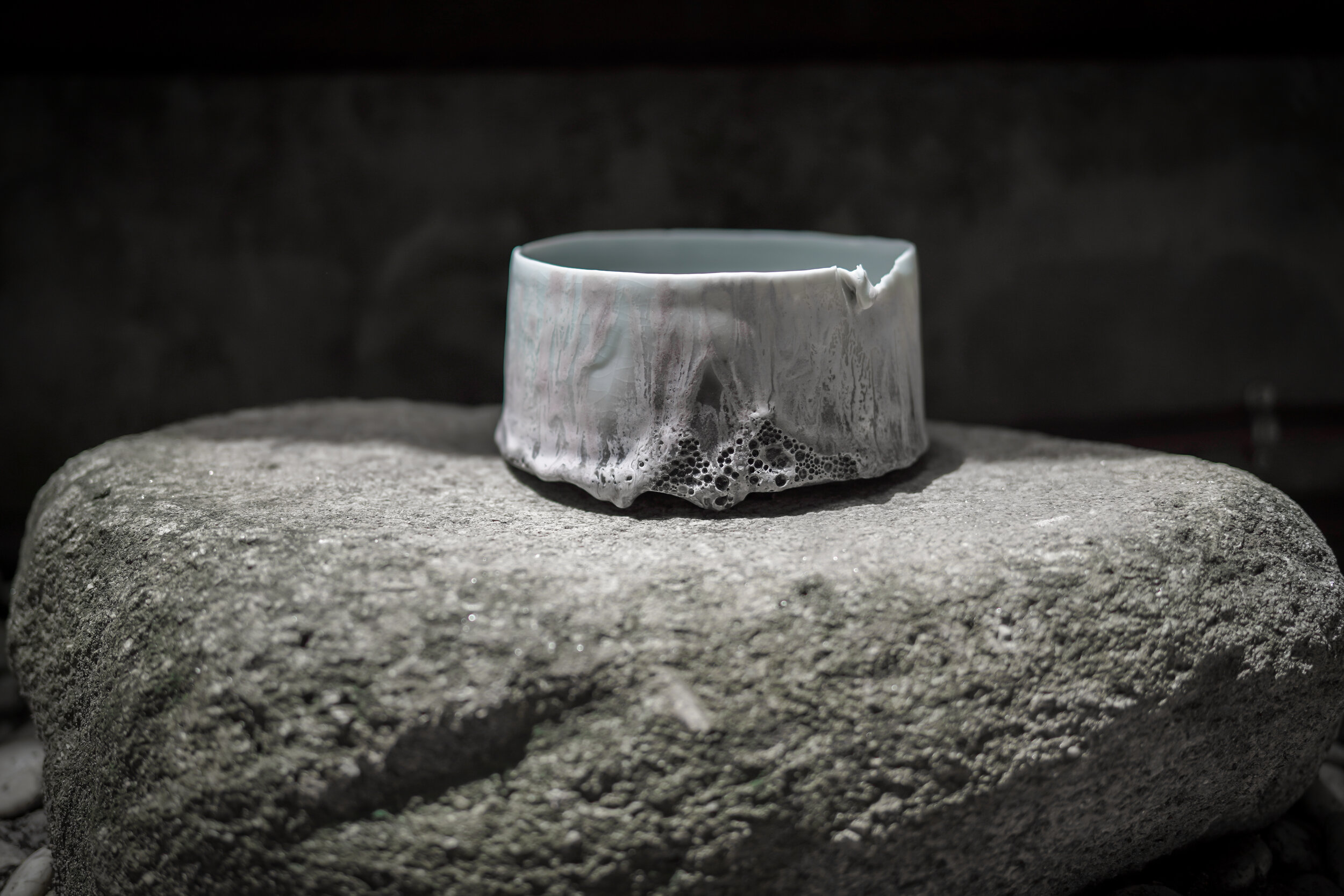
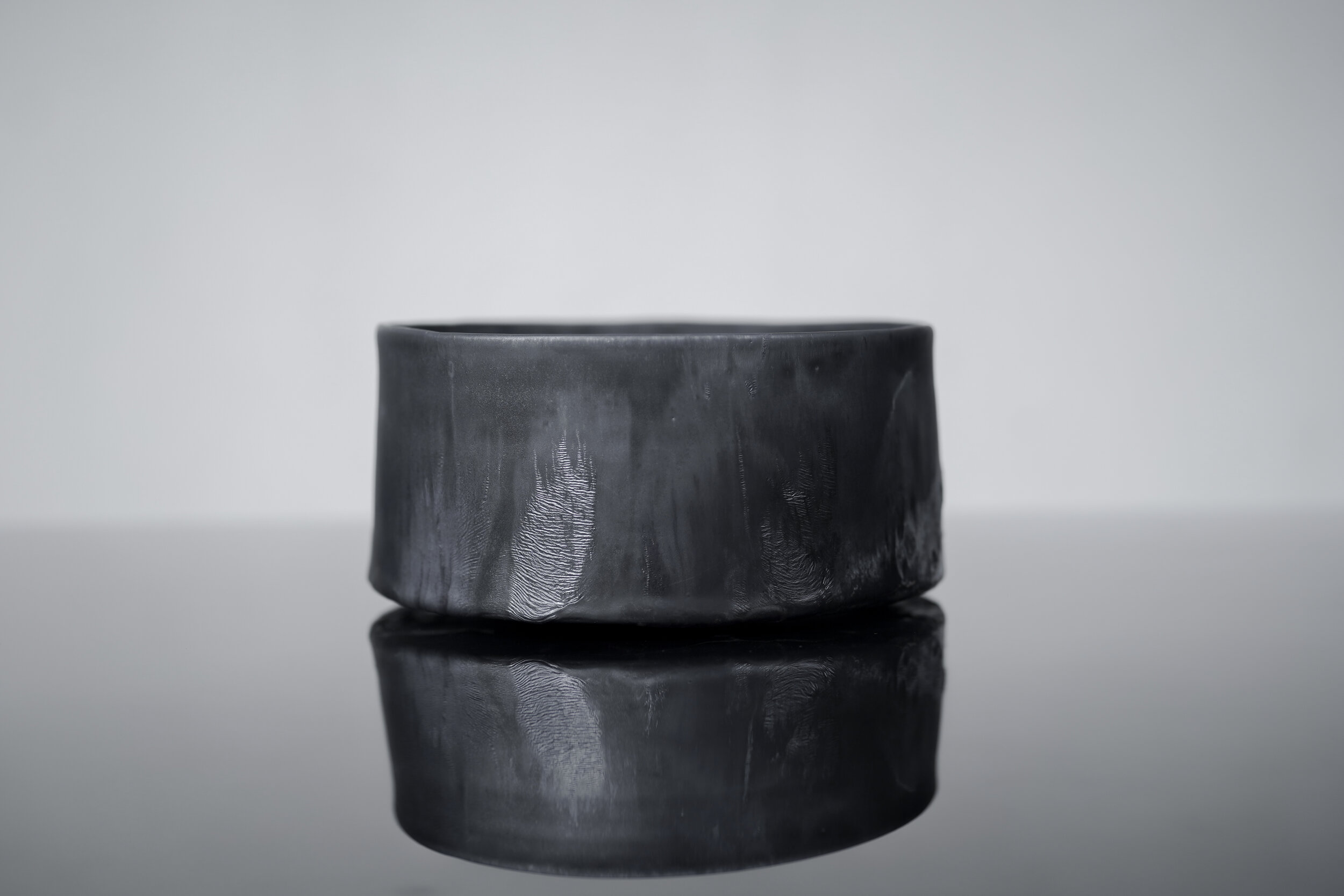
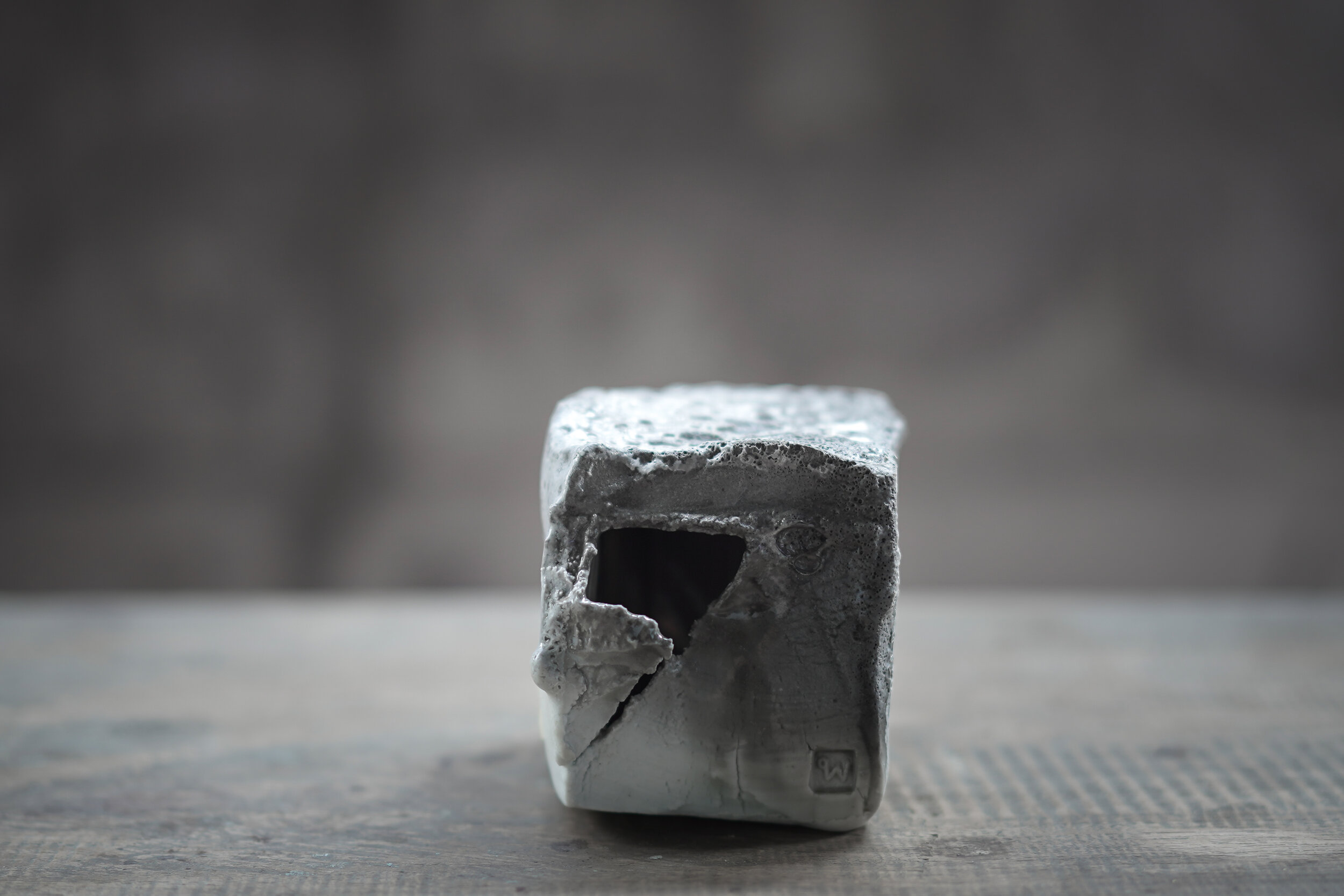
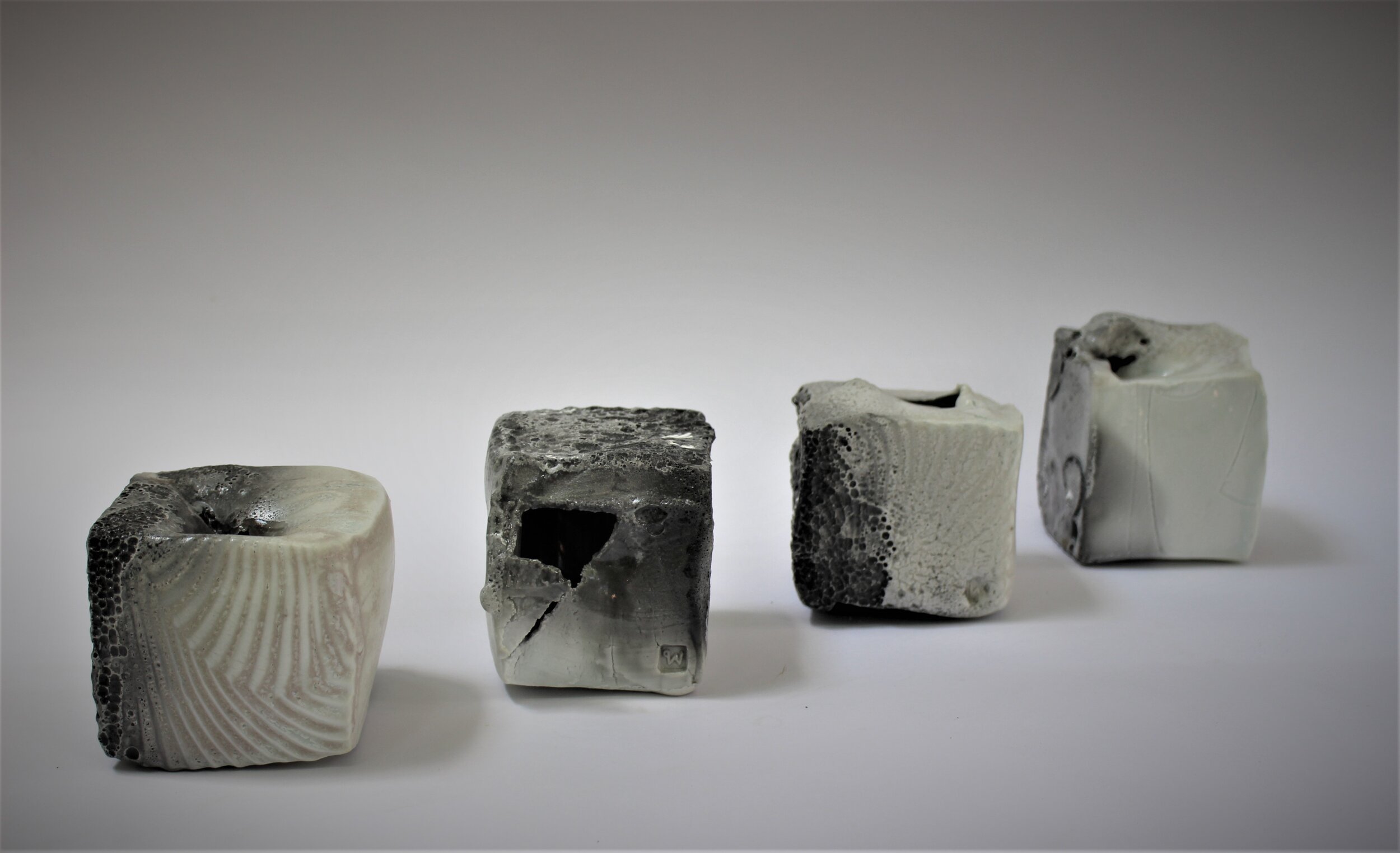
In my work I try to find a good balance between what is made and what is found. I want to submit to the nature of fired-clay, and keep certain evidence of my existence. That is my pride as a maker. I like boundaries and rules. Craftsmanship is very important to me.
I make vessels sometimes. Sometimes, I create an object with the intention of creating a vessel. When I take various kinds of minerals, clay, and different parts of Earth, arrange them in a specific way then heat them in my kiln and I feel like I am making a new type of rock in a very short time. The actual rock cycle in nature goes on for millions of years. In my lifetime I hope I can illustrate the process through my practice and bring it into the domestic settings and environments for people to experience.
Pim Sudhikam (1973/ Thailand): Pim holds a Bachelor of Industrial Design from Chulalongkorn University, Bangkok, and a Master of Fine Arts from HDK Gothenburg University, Sweden. Since 1998 Pim has been working with clay as her primary medium, investigating pottery as material, process and content. Her works include collections of objects, sculptures, and large-scale, site-specific installations. The works explore a balance between what happened and what being made while she tries to bring natural phenomena into the domestic context in the form of vessels. Pim has taken part in exhibitions, symposia, and residencies in Thailand and abroad. She has received “Awards of Excellence in Arts and Crafts” from the Ministry of Culture, “National Invention Award” from the National Research Council of Thailand, and an Honourable Mention from the 39th Ceramic Competition Gualdo Tadino, Italy. Pim is a board member of the Thai Ceramic Society and elected Council Member of The International Academy of Ceramics (IAC). Her studio is built among trees and gardens in the middle of Bangkok.
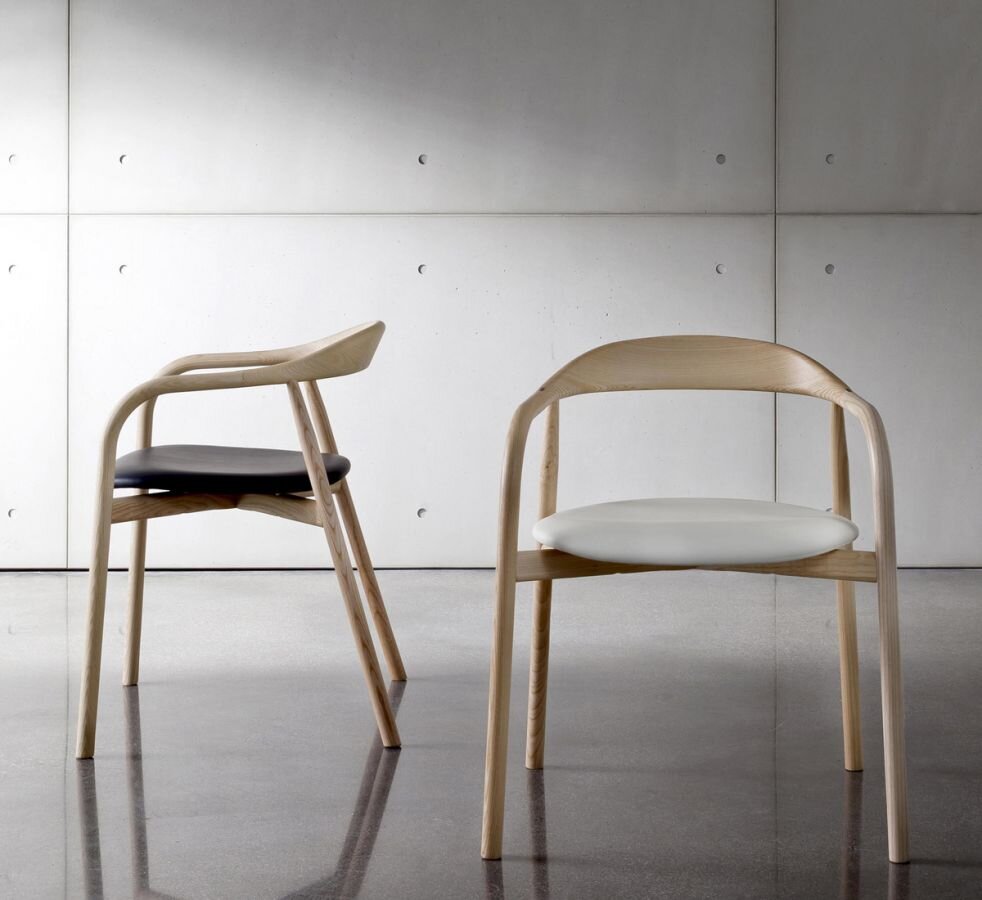
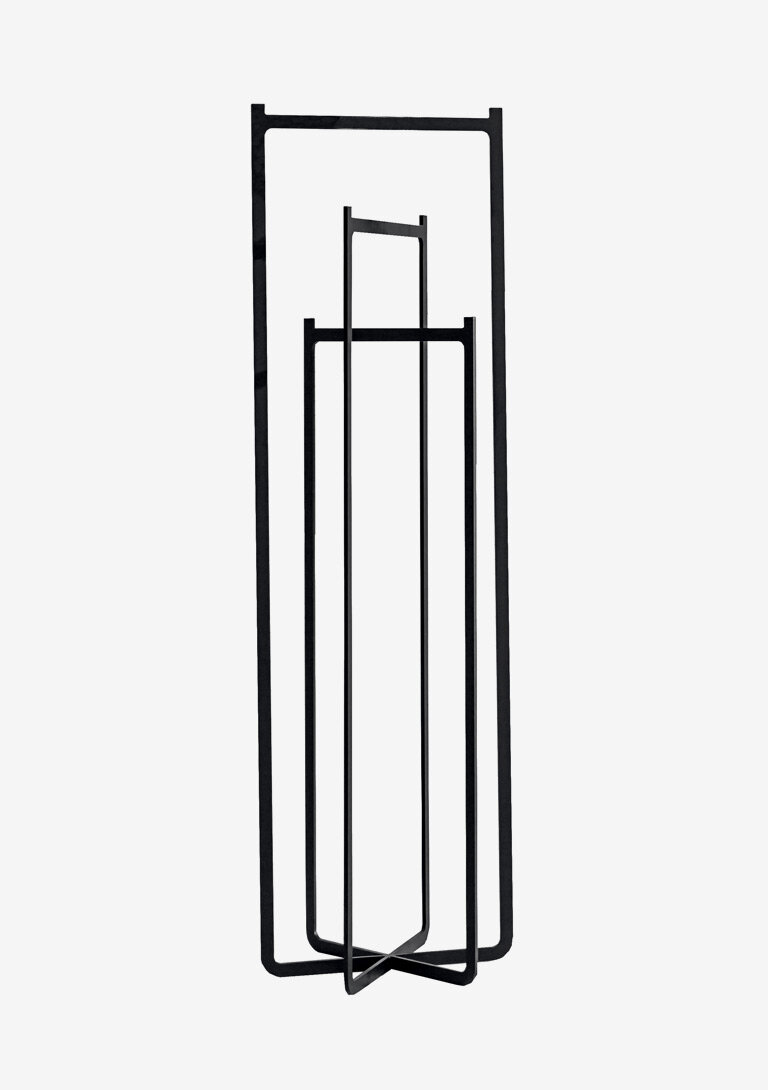
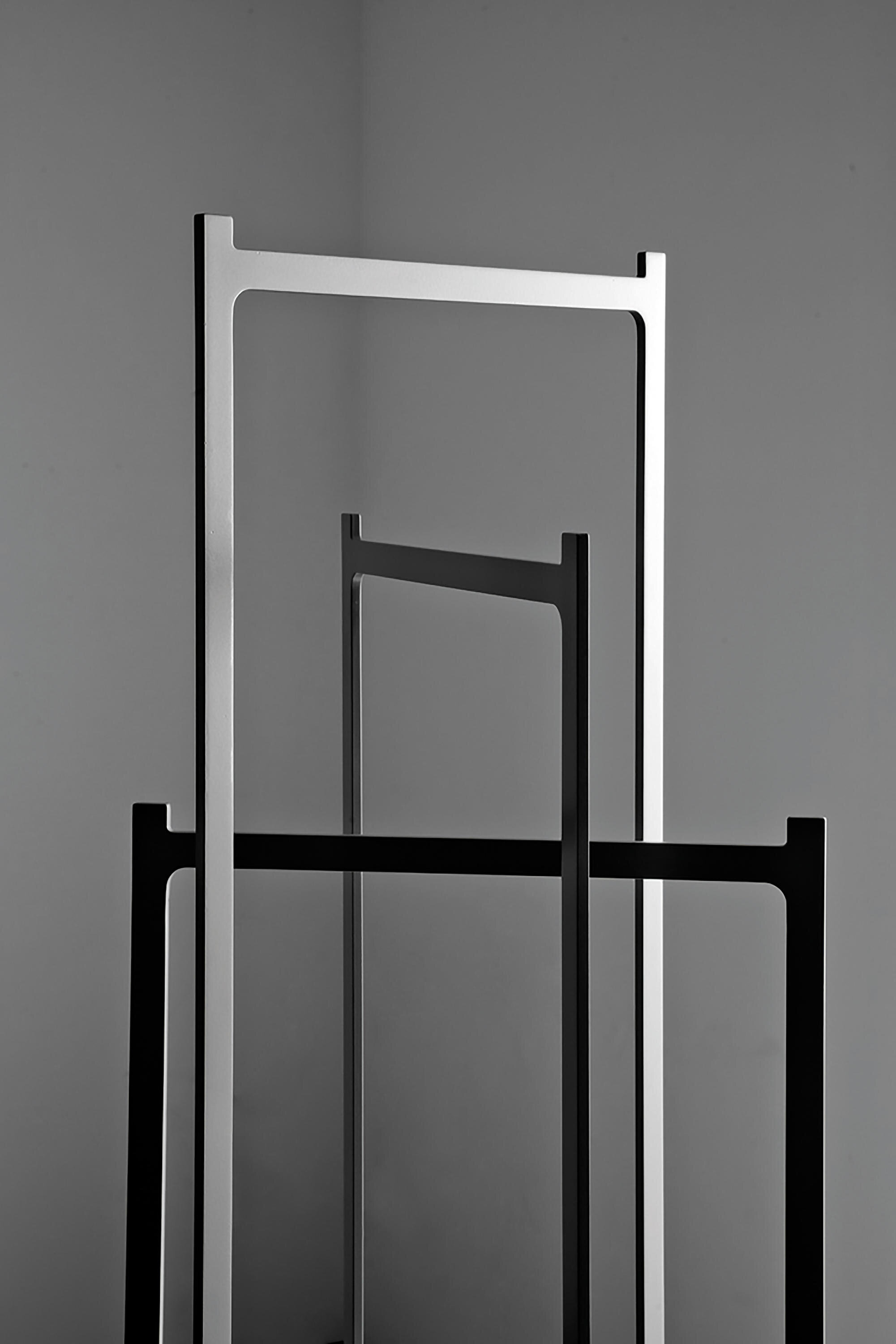
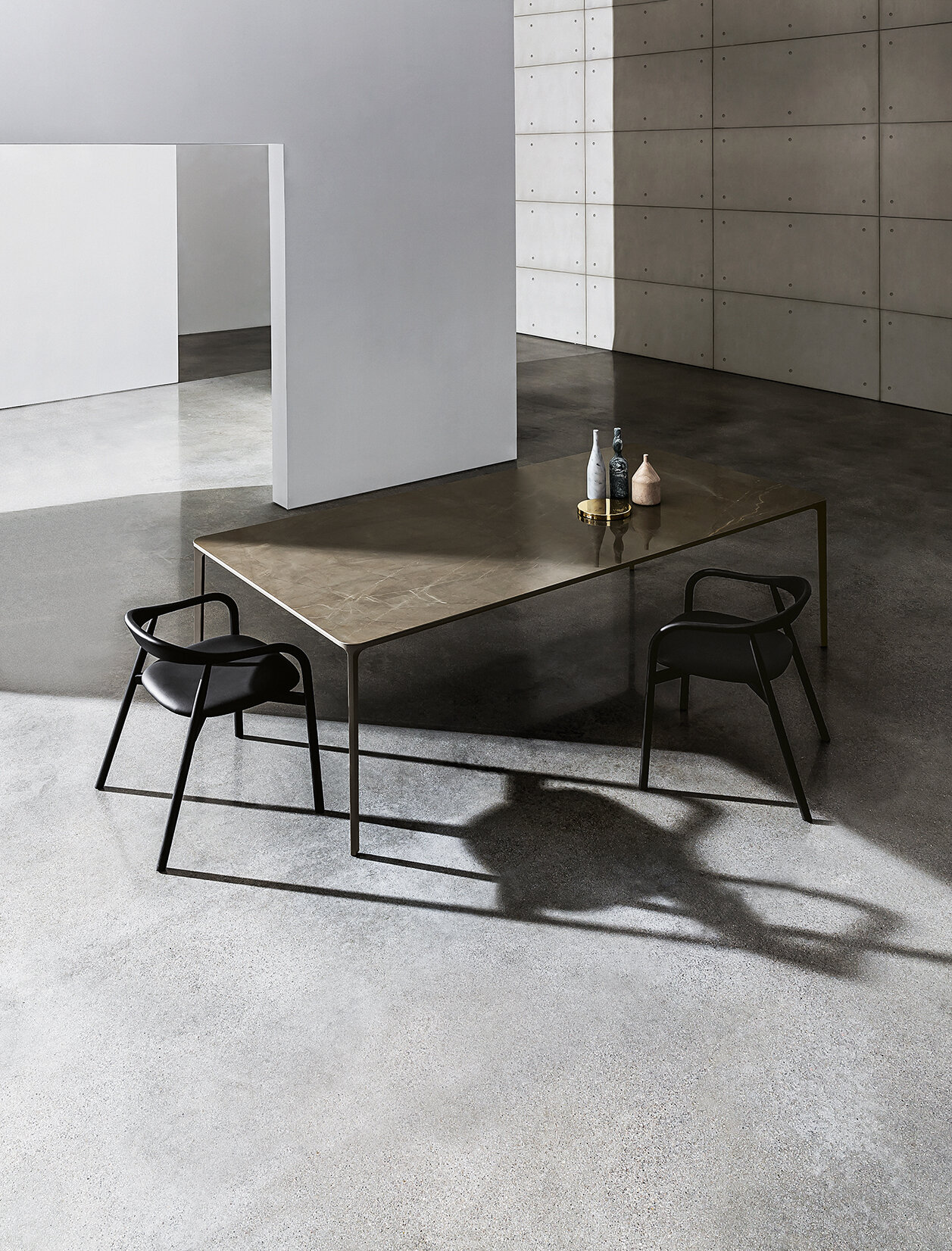
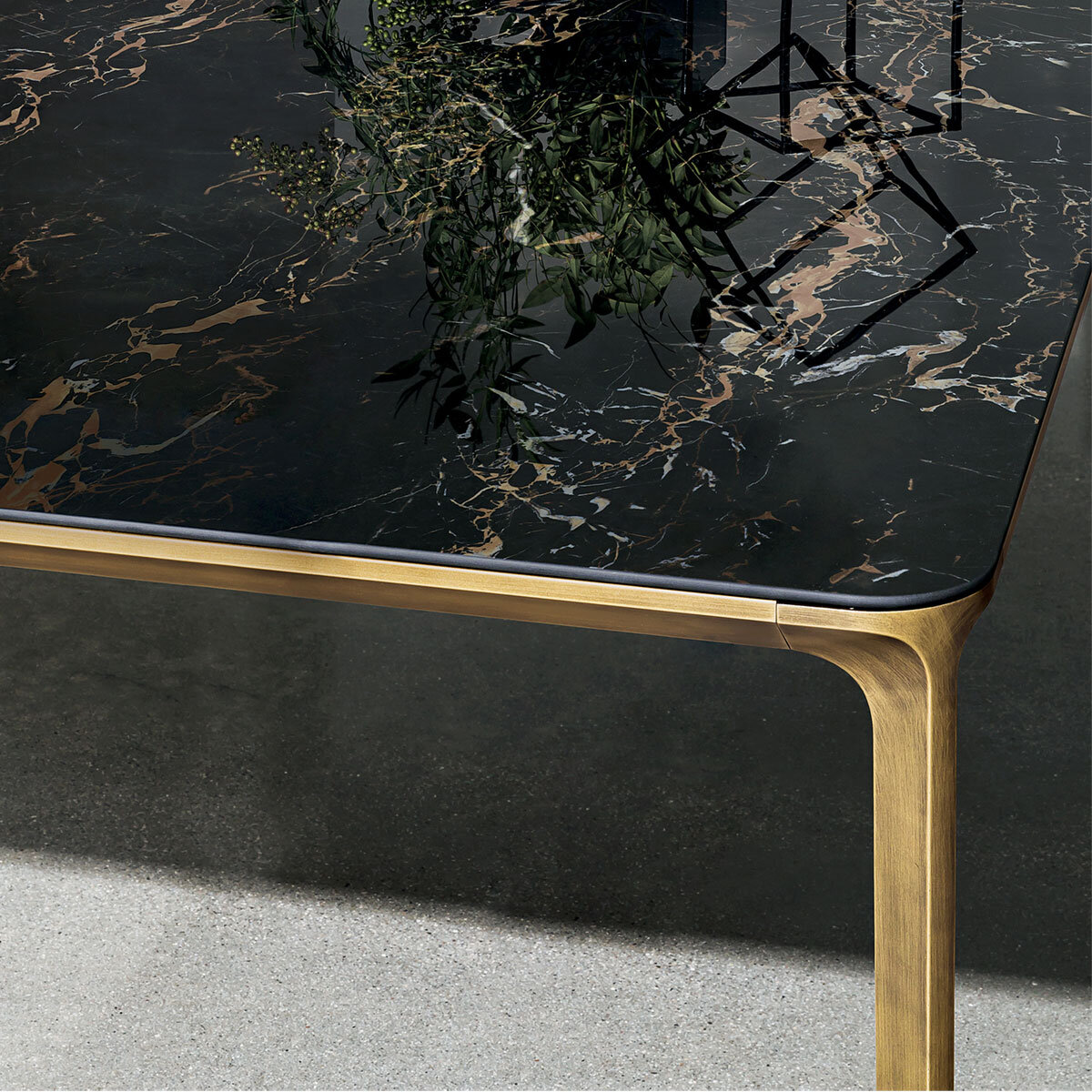

The Slim table, available in different sizes and heights, was designed by Matthias Demacker for Sovet. The designer sought the perfect balance between elegance and minimalism to create a model that can surprise the lines' lightness. Offering a selection of finishes that can fit any environment, Sovet's expertise in using materials added value to the model.
About Sovet: Sovet blends the Italian glass art tradition and the contemporary design inspiration to create furniture that speaks an original, elegant and versatile language. The company provides innovative material inspirations, combining elegance, sustainability and minimal design, focusing on the quality of the materials and the craftsmanship, the versatility of the project and the sustainability of the production process. Sovet is a new culture of living for home & contract spaces.
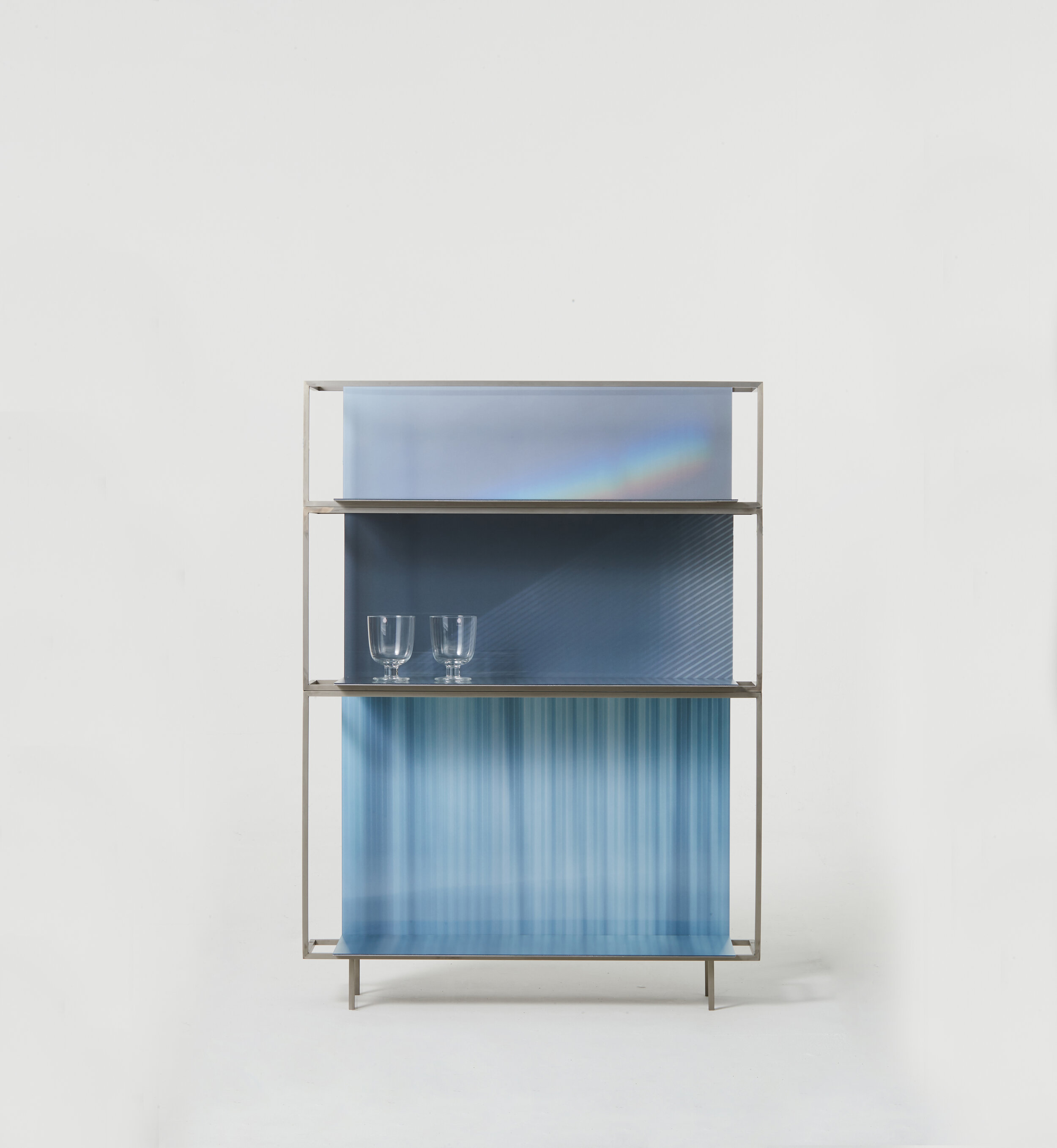
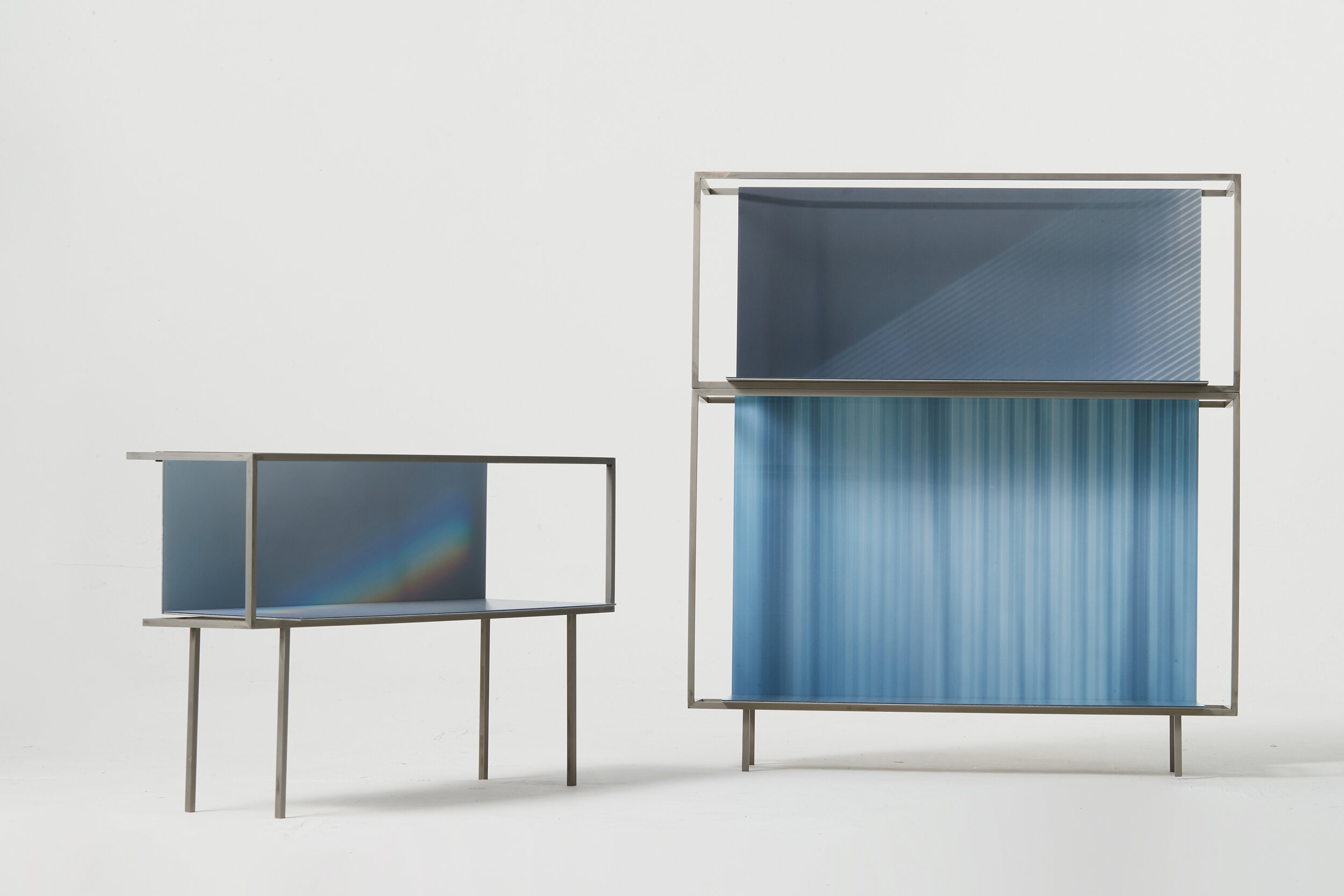
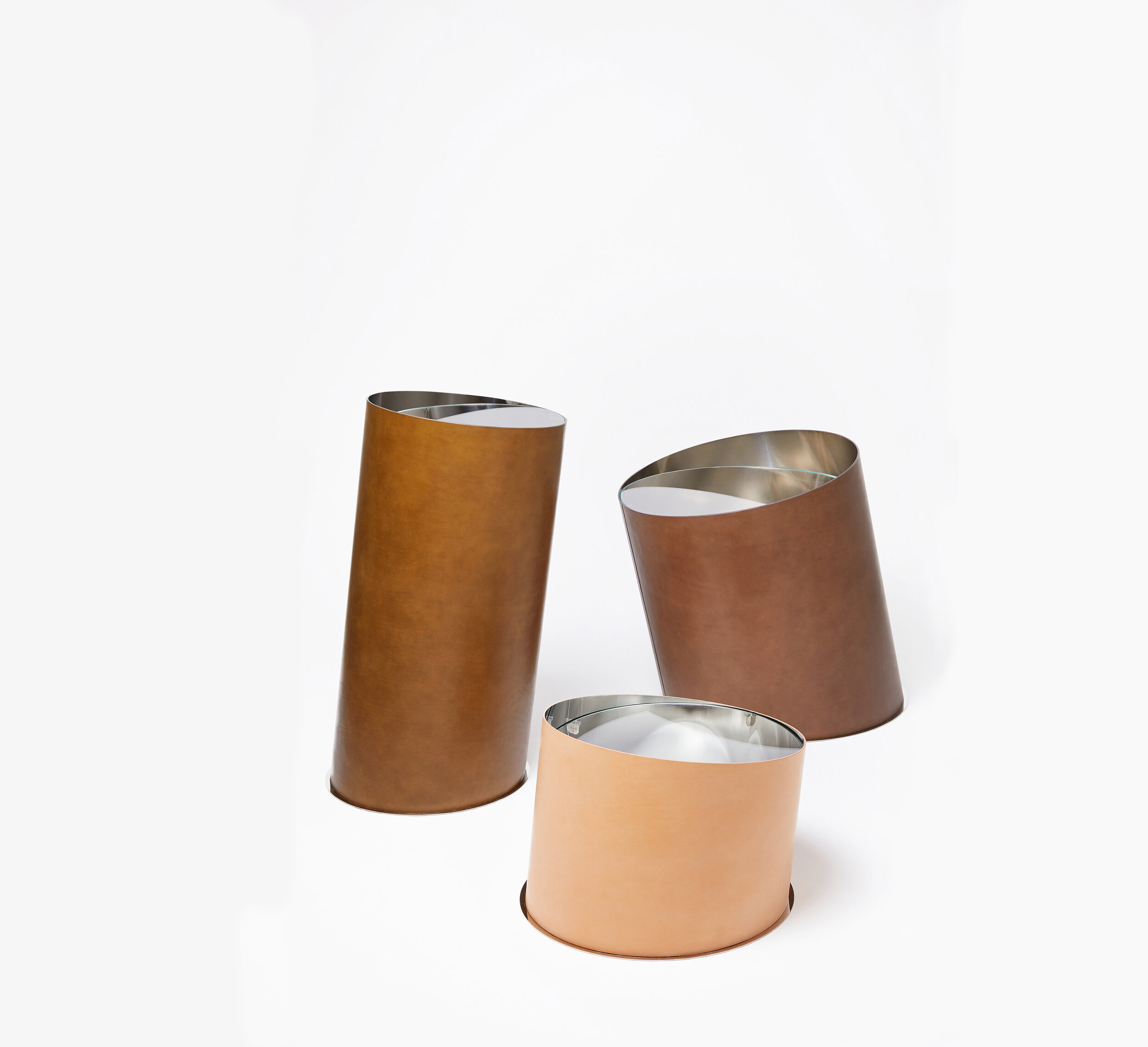
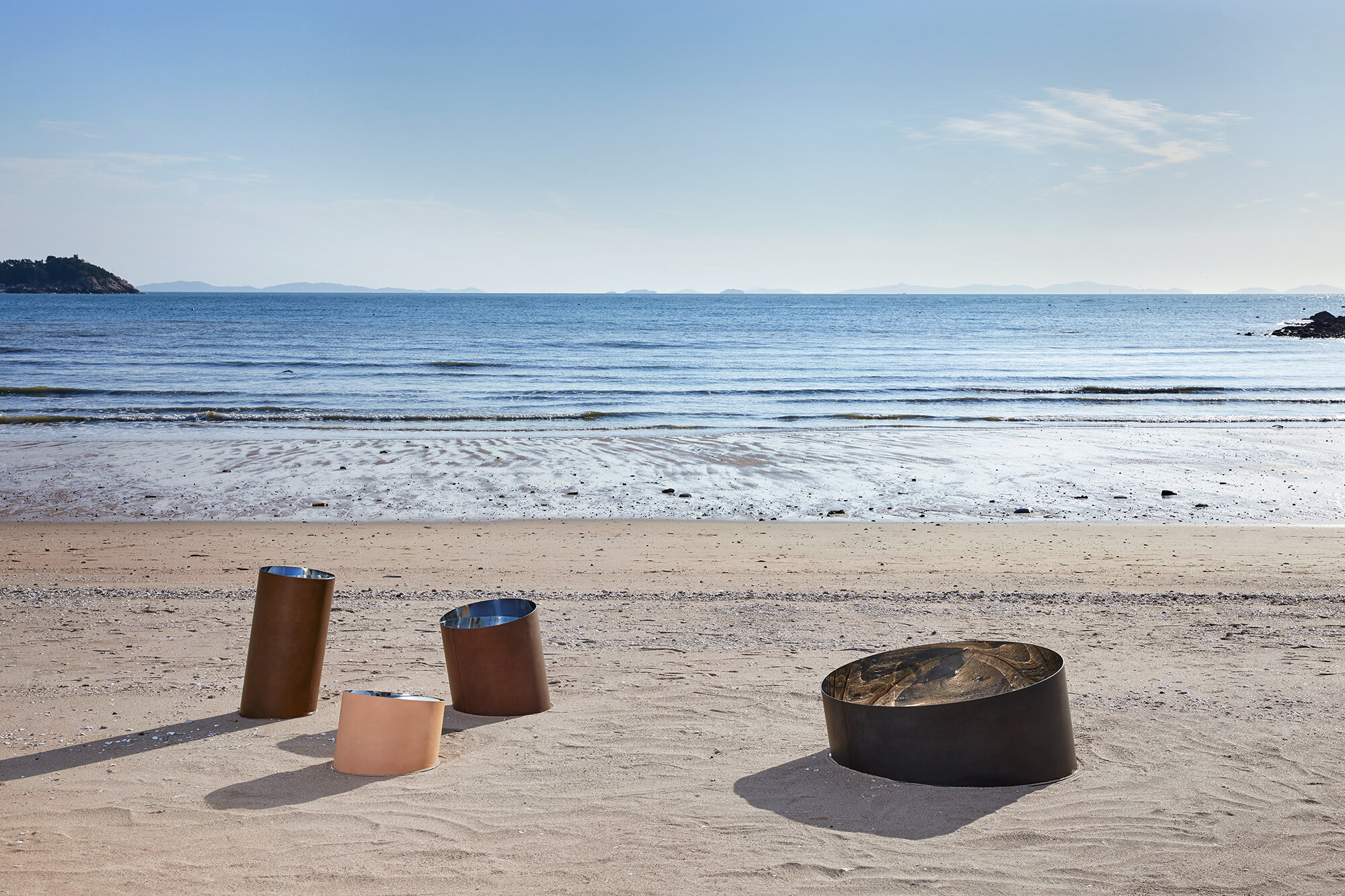
StudioEJ is a Seoul based design studio focusing on furniture and interior design.
“We try to make scenes of space that are created through unique relationships among objects and space.”
Printed Light 2020 is a shelf containing poetic moments drawn with natural light found in interior spaces. The light which is common in everyday life-light coming through the curtains in the morning, red light coming through the blind in the late afternoon and always nice rainbow (prism effect) on the wall-are applied to the spaces of different sizes to induce a warm light experience.
Happy Pixel intends more active and dramatic conversations with objects, which is interaction by applying a mirror to the lenticular as a pixel. If you apply a mirror to the naturalized pixelated image and reflect it on the mirror which is a part of the pixel, you will find a moment assimilated with the natural image.
With several years of working experience for architectural firms, she started her practice focusing on experimental and conceptual projects in a wide range of fields from small objects to space design. Her approach to design is to create a special and unique experience taking a fresh perspective on the mundane.
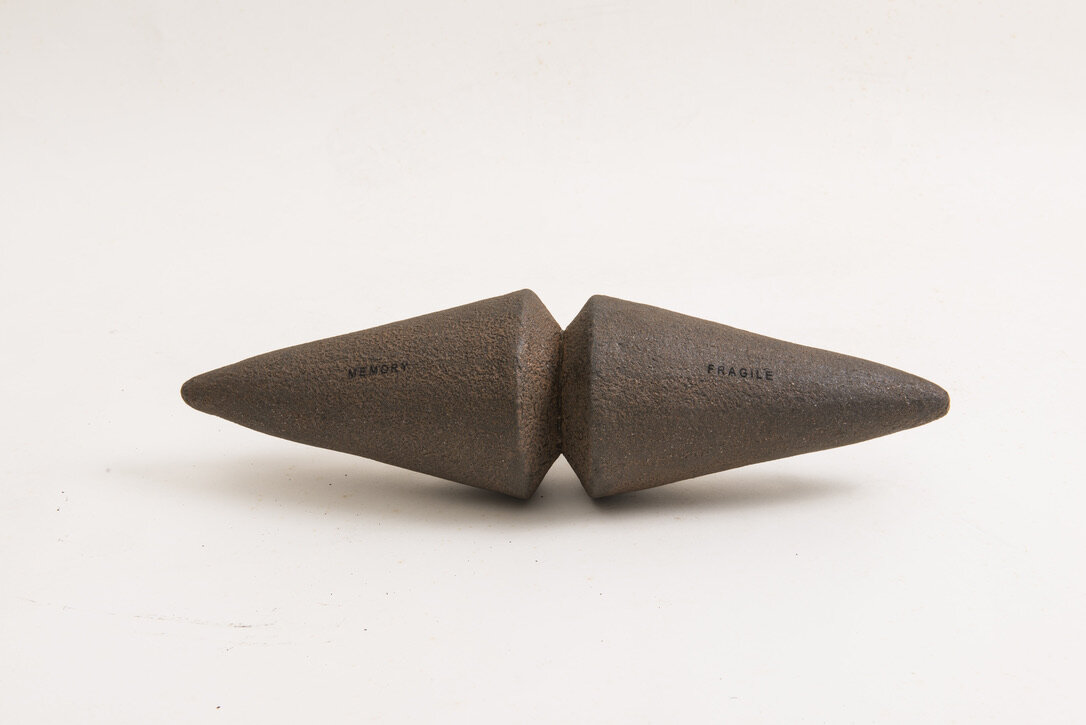

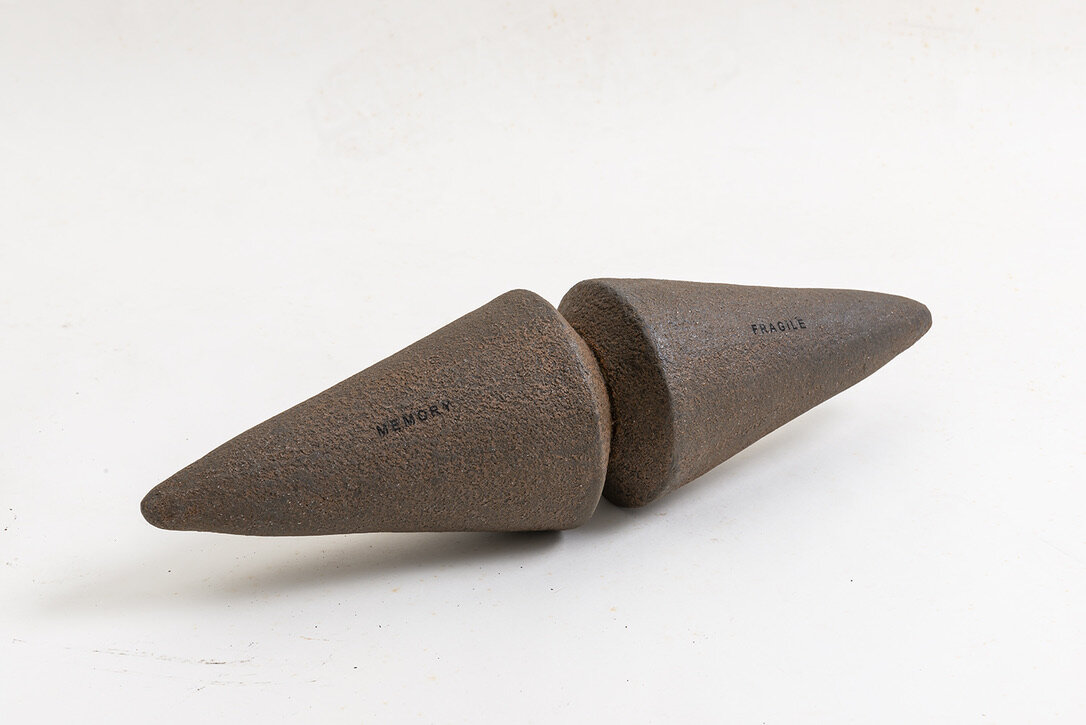
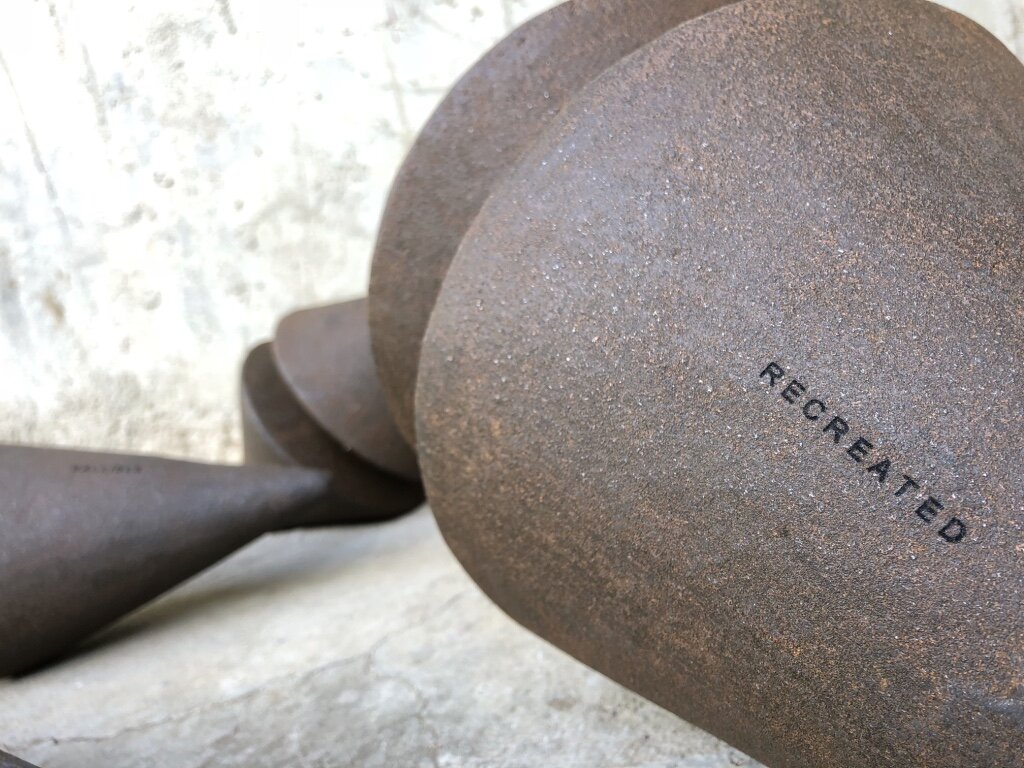
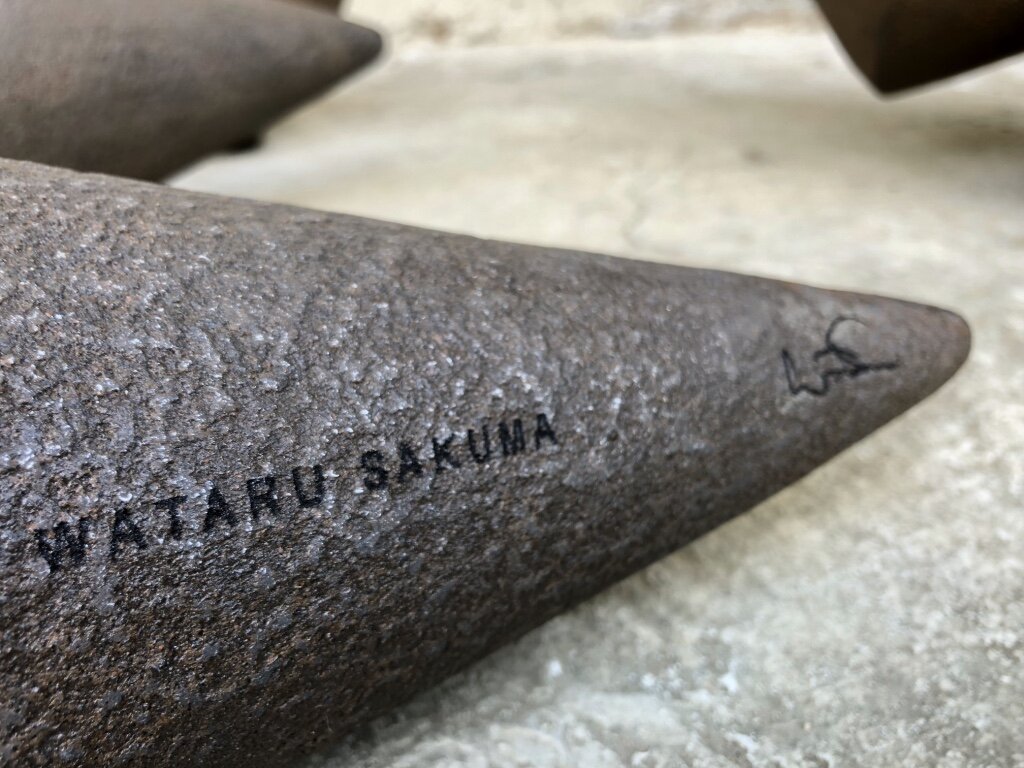
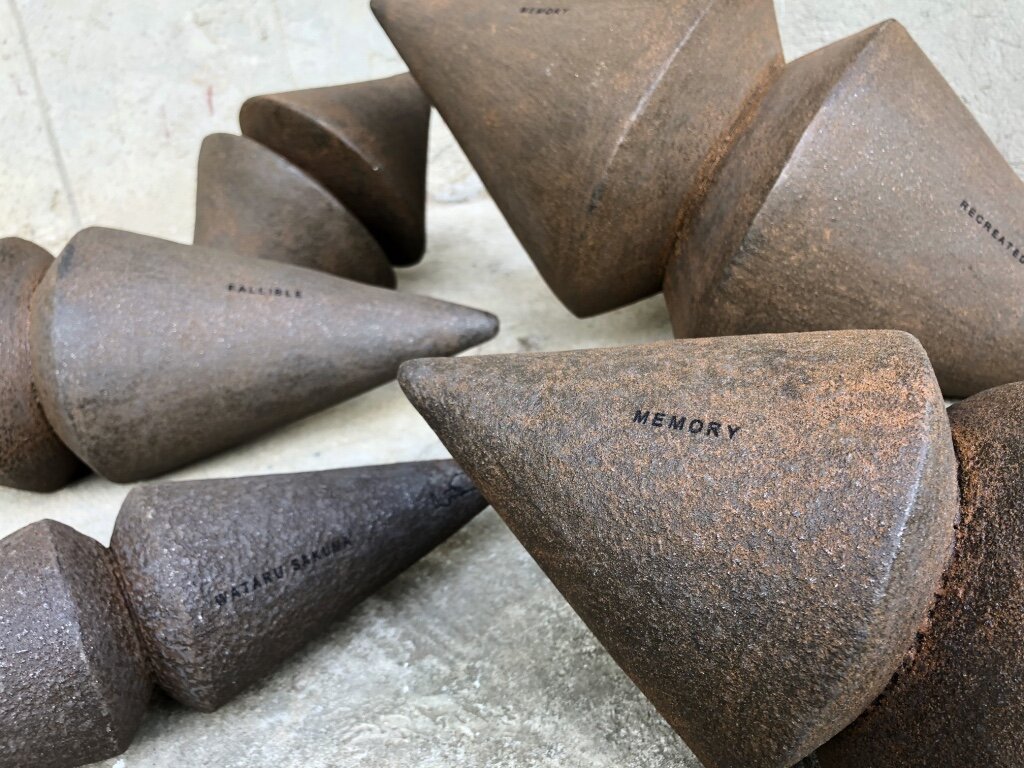
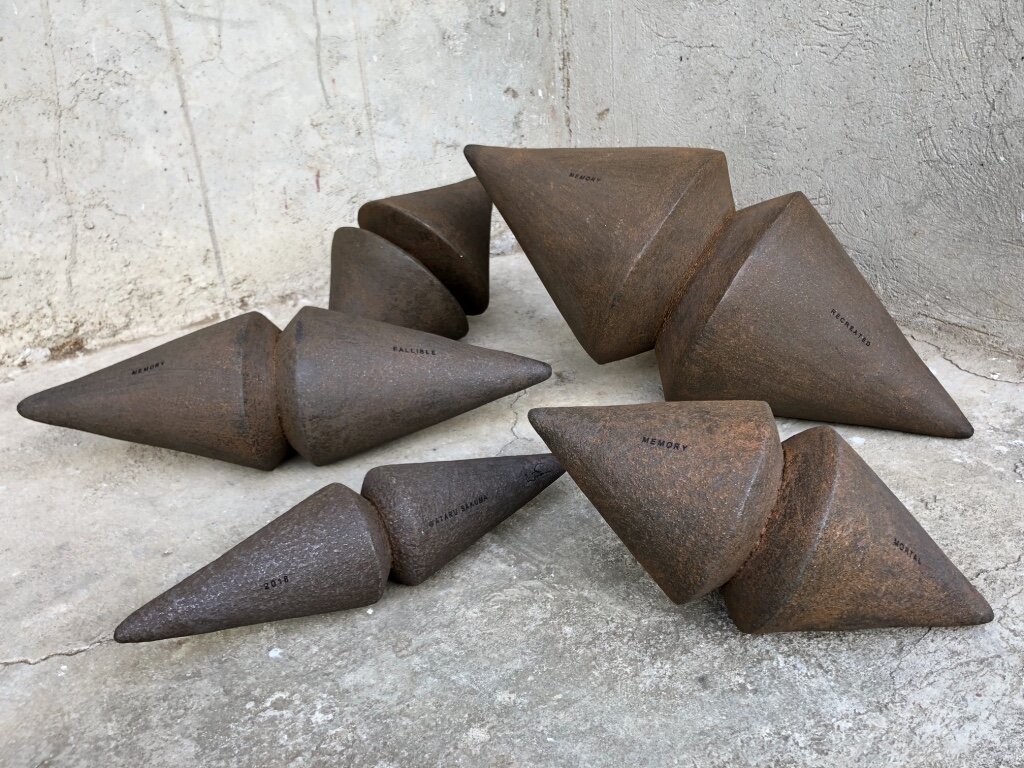
“Not what it seems to be”
Our memory is molded by daily social interaction with environment. We store the experience in our memory and we shape our own belief and faith.
We tend to judge and make decisions based on what we know. But more often things are “Not what it seems to be”.
“Not what it seems to be”, the massive and masculine objects lead us to believe that they are made out of Heavy Black Iron, yet in contrary all the objects are made of light weight Recycled Carton. Once interacting with the objects, you would find out that they are not merely objects, but an instrumental pair of Maracas filled with natural seeds creating sound inside. Deceiving our expectations, they challenge our sense of perspective and question our own memory and faith while planting a New Memory through interacting with the pieces. Reminding us that Memory is Re-Created every day yet it is a Fragile, Mortal, and Fallible “Object” veiled by a thin layer of Rusting Faith.
THE DESIGNER
Wataru Sakuma is a Philippine-based Japanese designer with a strong background in fine arts. Famous for his creativity and ingenuity, Wataru uses even the most basic of materials, like paper, to create functional yet artistic pieces for urban living. His respect for nature and his ability to see something beautiful in discarded or overlooked materials gives his work conscience.
For more information, please visit: www.designpier.co or http://designart.jp/designarttokyo2020/en/exhibitor/design-pier/
Exhibition dates:Oct 27th – Nov 3rd, 2020
Hours:11:00 AM – 8:00 PM
Omotesando Hills Main Building B3F, Space O
Address:4-12-10 Jingumae, Shibuya-ku, Tokyo
About Omotesando Hills
Omotesando Hills is a unique cultural/commercial complex, emerging as the new face of Omotesando, which has transmitted various trends as the hub of Japanese fashion and culture.
The six-level atrium (three stories above ground and three underground stories) at the heart of the main building is complemented by the 700m “Spiral Slope” ramp (“the second Omotesando”) spiraling around the atrium space in an incline roughly equal to that of Omotesando. At the center of the atrium space is a grand stairway (from the first basement to the third basement), leading to a 548㎡ multi-purpose space, called “Space O”, in the third basement which serves as a base for imparting information.
The exterior wall holds a 250m long LED display called “Bright-Up Wall”, illuminating the nightscape of Omotesando.
These creative spaces are combined with “selective” stores mainly positioned along the Spiral Slope, “MEDIA SHIP.”, involved corporations, participating artists, and trend-conscious people who gather at Omotesando Hills combine together in order to evolve the complex into a new facility with unparalleled expressive ability. It is the venue for various events related to fashion and art and continues to generate the latest news.
DEISGNART TOKYO - Art Works & Installations
One of the largest Japan’s Design & Art Festival is soon to be launch on October 18-27, 2019. Visitors will able to explore and find something they fall in love with during this 10 days exhibition, not only appreciated the art and design but visitors able to purchase their favorite items.
One of the largest Japan’s Design & Art Festival is soon to be launch on October 18-27, 2019. Visitors will able to explore and find something they fall in love with during this 10 days exhibition, not only appreciated the art and design but visitors able to purchase their favorite items. This year, over 100 participating venues will be joining this festival and estimate with over 200,000 visitors will be participating in Tokyo, Japan.
Art Works & Installations Only Viewable at DESIGNART TOKYO - Grand Seiko at Jing Harajuku
The exhibition ‘THE NATURE OF TIME,’ which was unveiled at Milano Salon, will be recreated at Jing in Harajuku. The producer Toshiki Kiriyama of TRUNK K.K and creators Contemporary design studio we+ and motion Graphic Director Shingo Abe were all recruited to realize this installation that explores the true essence of time and the conception of time in Japanese with its closeness to nature. The show digs down into the deeper meaning of creating things.
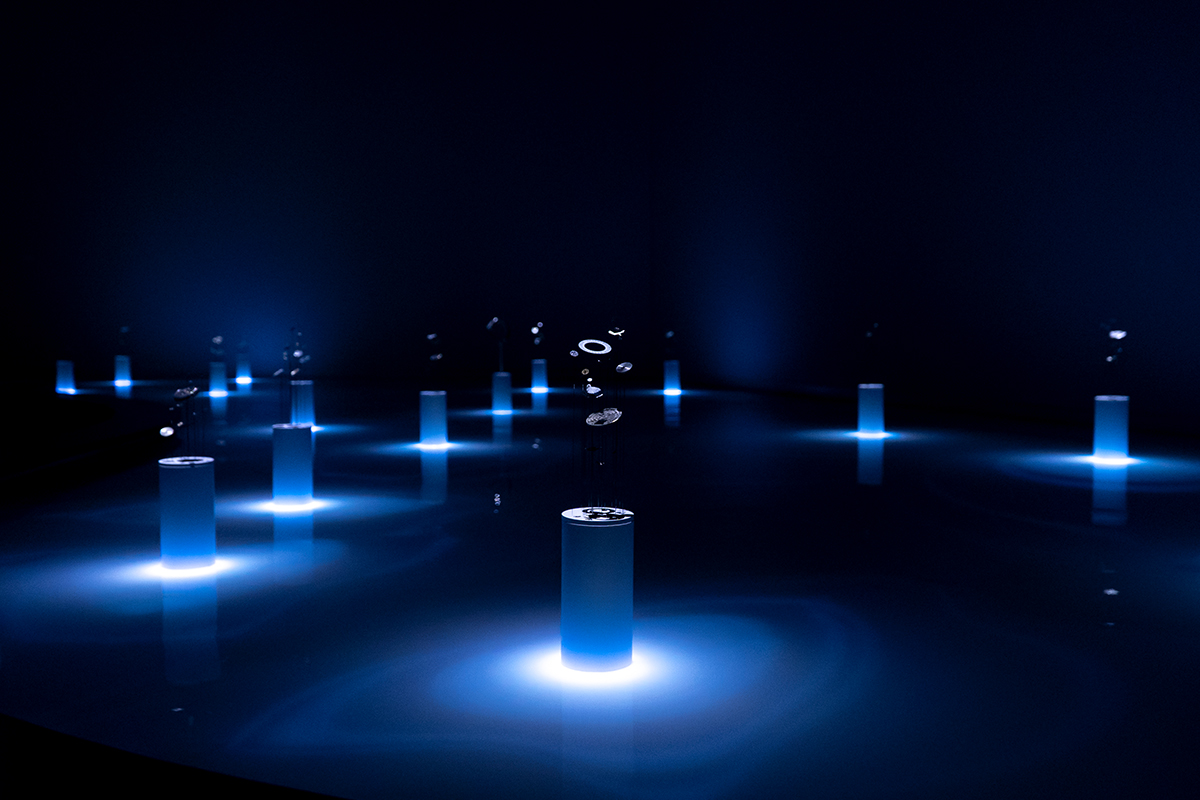
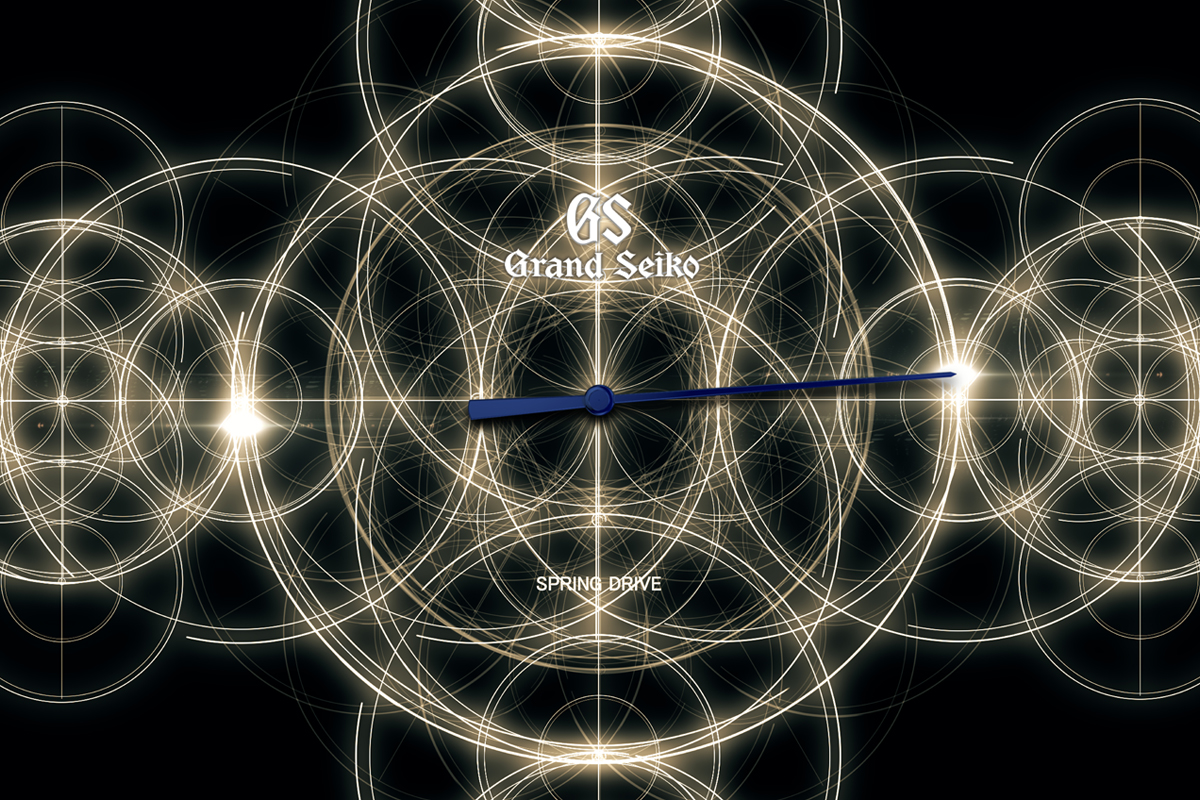
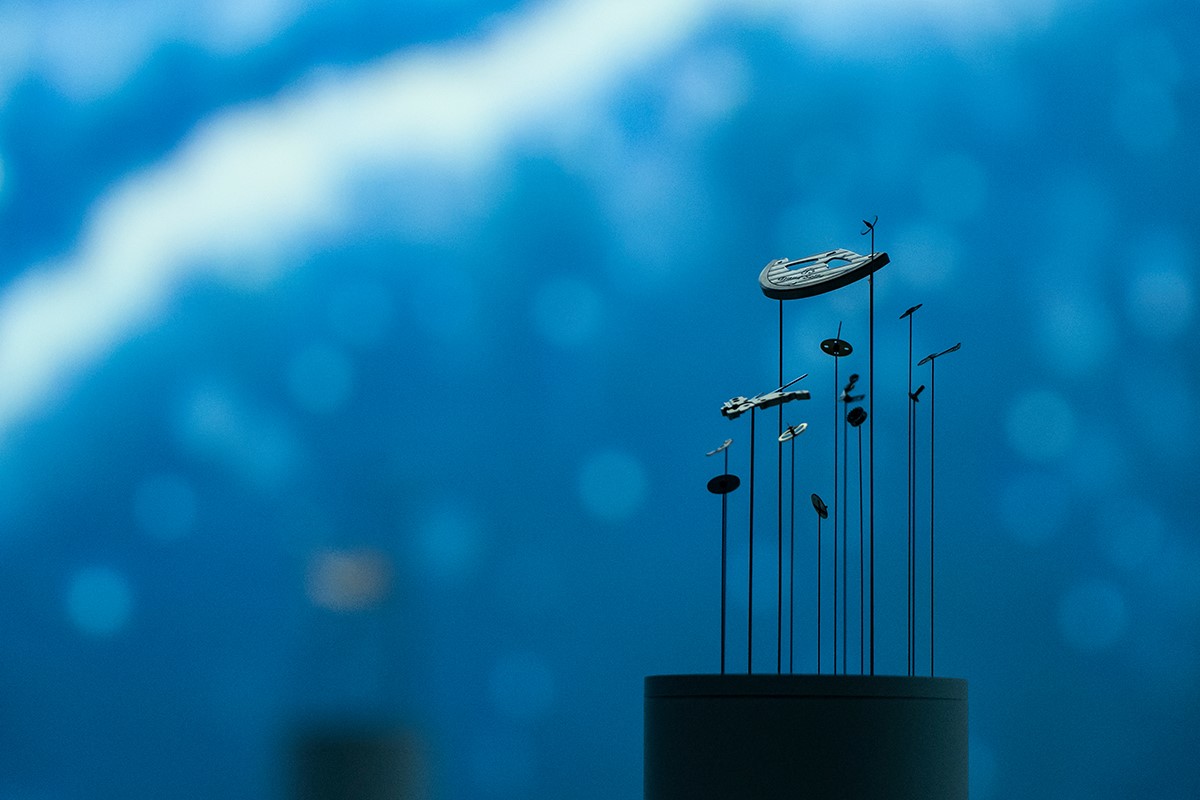
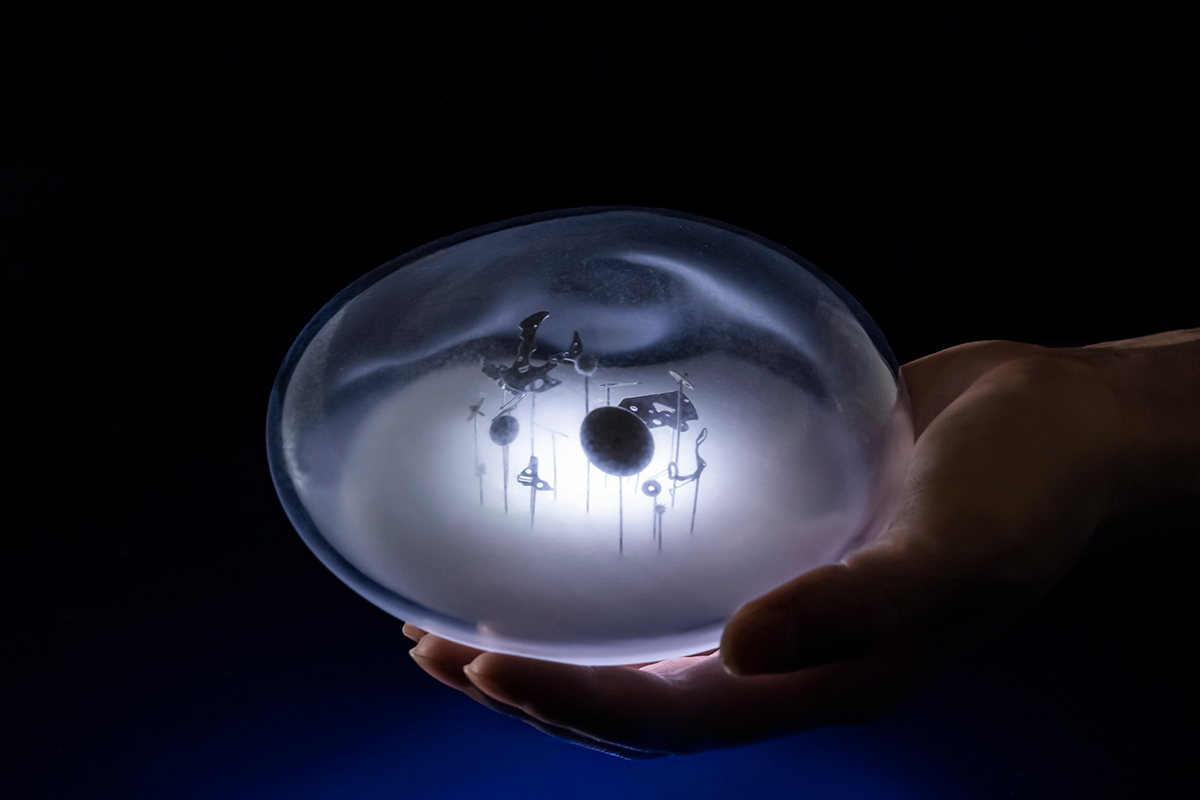
MAD DOG JONES @ DIESEL ART GALLERY
Highly rated for its unusual selection of artists, DIESEL ART GALLERY in Shibuya will be playing host to the world’s first ever exhibition of Canadian visual artist MAD DOG JONES, who shot to fame through instagram. The art works to go on display here take son the challenge of fusing two contrasting themes.
Toronto based artist MAD DOG JONES holds the world premiere exhibition. MAD DOG JONES is known for his unique artworks that expressing two conflicting elements, cyberpunk and nature. More than 20 pieces of new works will be shown which are available for purchase, and related goods such as T-shirts will be sold at the exhibition.
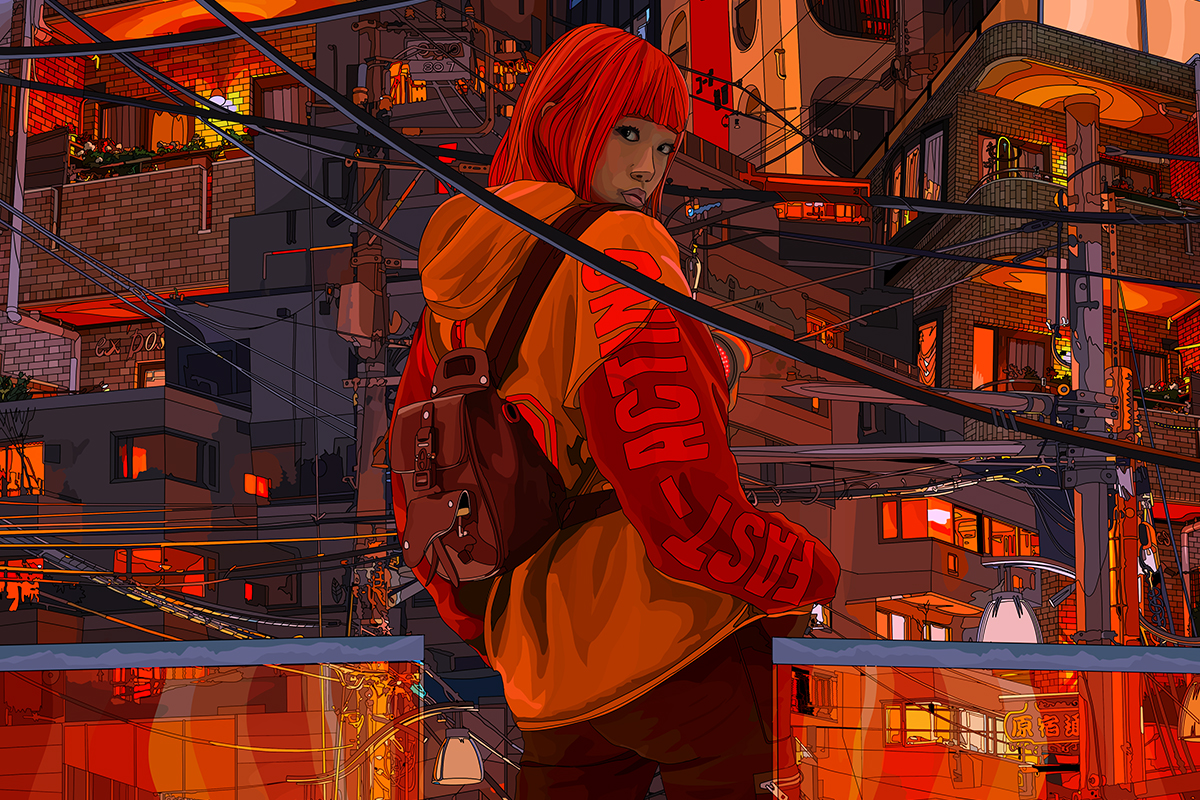
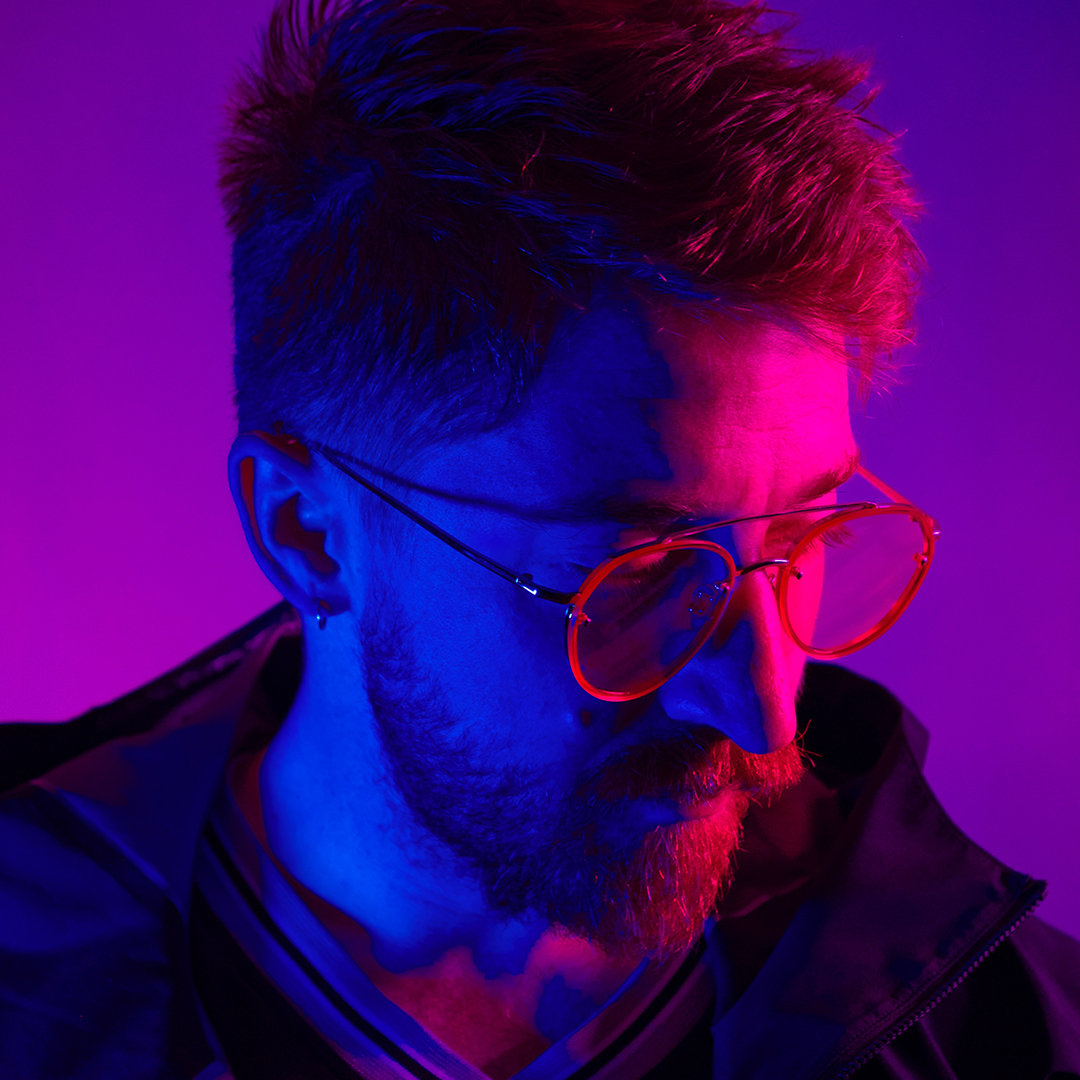
Raison d’être (Our Purpose)
With a history crossing over 190 years, Wakabayashi Butsugi Mfg Co,. Ltd. specializes in Kyoto-style Buddhist altars and accouterments. It's "raison d 'être" exhibition will be showing a GUM Omotesando, showcasing creations from six artisans: Satoshi Itasaka, Jin Kuramoto, Yuko Nagayama, Kohei Nawa, Yuko Hashimoto, and Shiogo Mashiro. Each of the artists investigates the opportunities for Buddhist Altar design and reveals their ideas through traditional craftsmanship.
Wakabayashi Butsugu is a Buddhist altar and furnishings manufacturer founded in Kyoto in 1830. Working with skilled carpenters, lacquer workers, and metalsmiths, Wakabayashi has provided altars and furnishings for both temples and private homes since its founding. The company brings together the highly specialized skills and carefully honed techniques of the various artisans of Kyoto, applying them to the repair and restoration of temples and national treasures throughout Japan.
Working with designers from various fields, Wakabayashi is producing art pieces and products that incorporate the techniques of traditional handicraft with the aim of preserving and passing down this invaluable craft and technique of these highly skilled artisans.
This exhibition is the latest project by Wakabayashi Butsugu, an established Buddhist altar and furnishings maker from Kyoto with almost 200 years of history. It is a new kind of Buddhist altar, personalized and made-to-order for the family and the departed.
Together with product designers, architects, and artists, we have reimagined the altar by drawing on its three aspects- as a piece of furniture in homes, as a miniaturized temple structure, and as an object of prayer. Through the traditional craft of skilled artisans, we have created a collection of modern altars.
For this first collection, we worked with creators Yukio Hashimoto, Satoshi Itasaka, Jin Kuramoto, Shigeo Mashiro, Yuko Nagayama, and Kohei Nawa to bring new perspectives to Buddhist altars and the expression of craft.
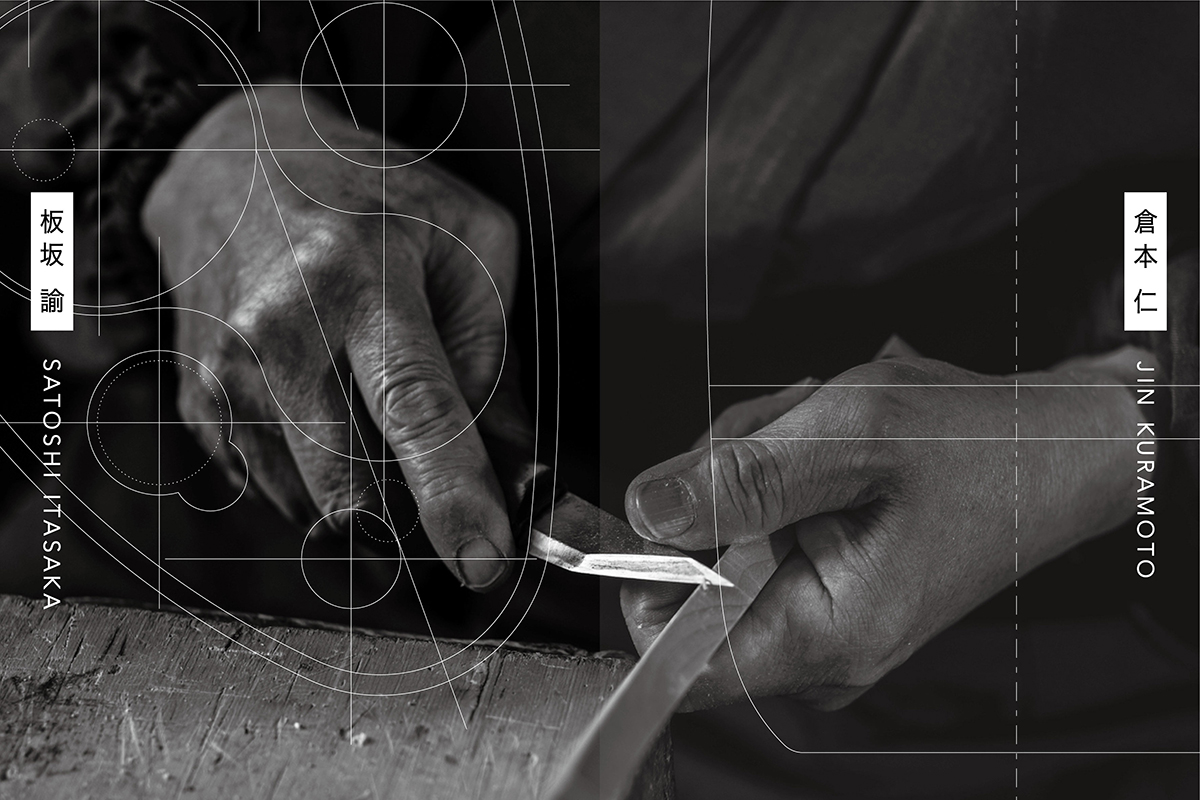
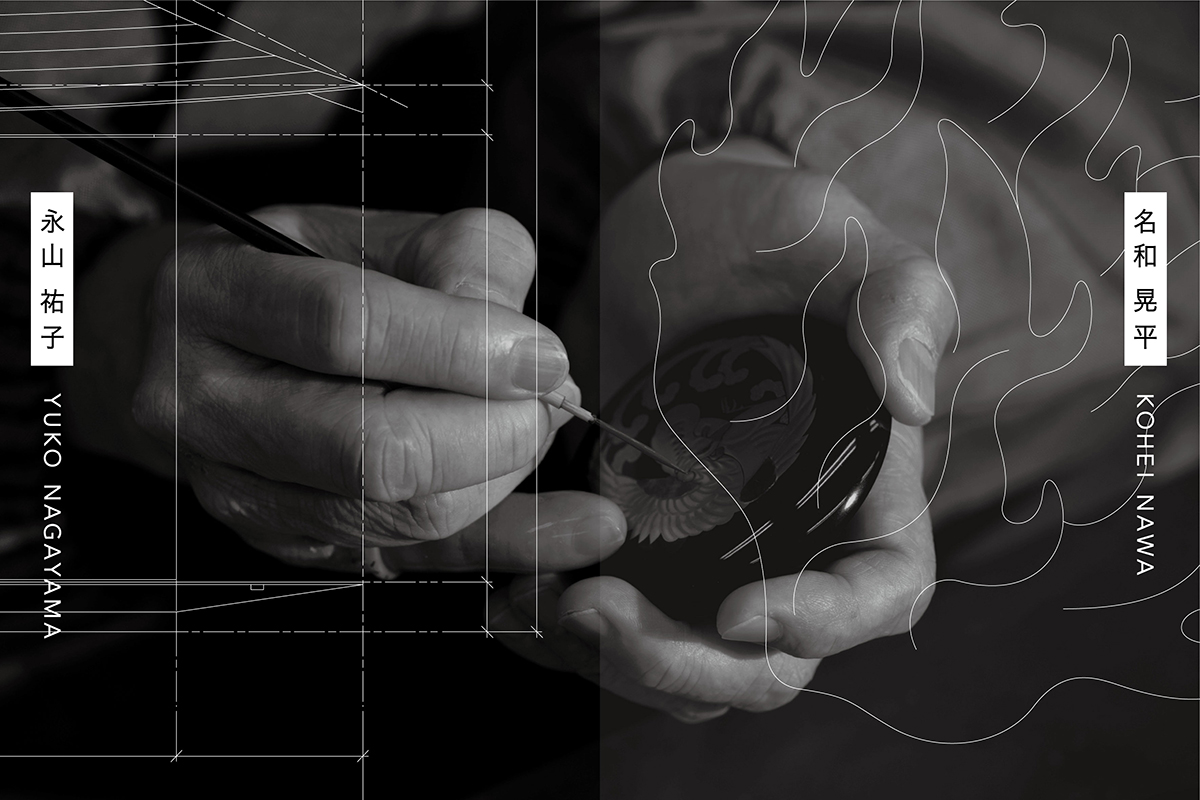
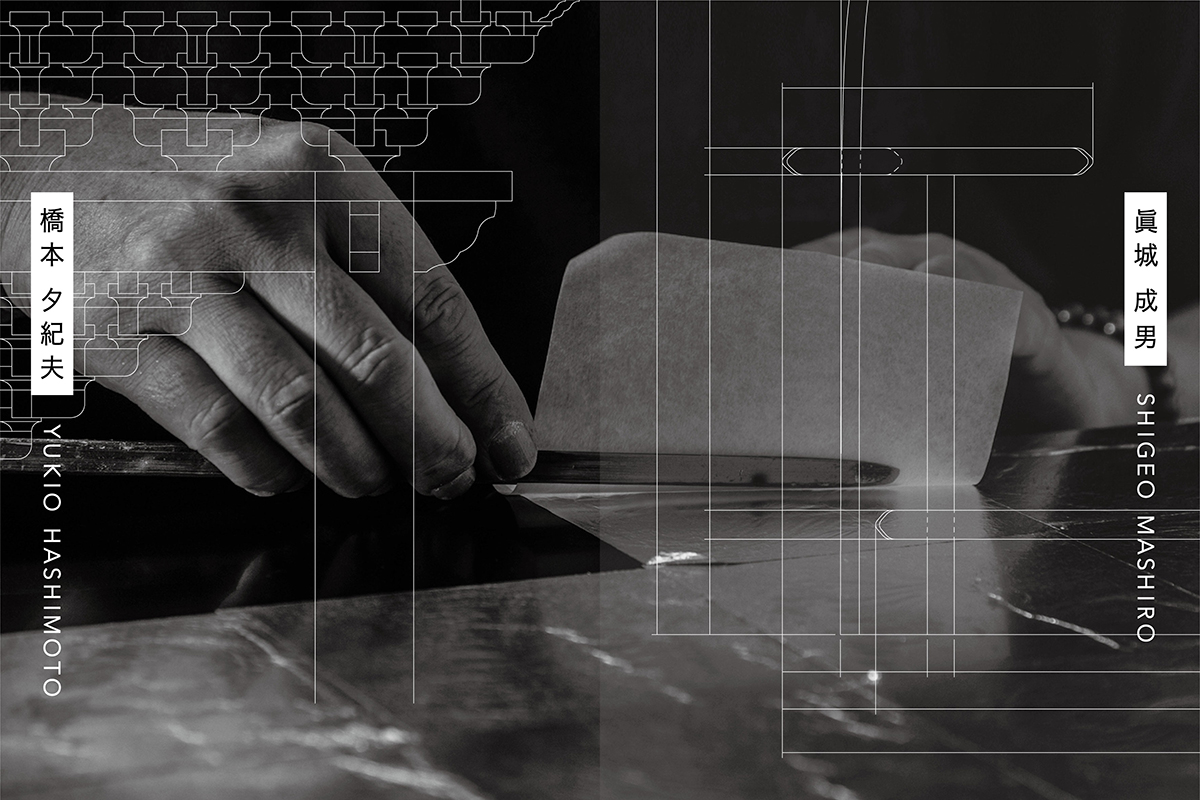

For more information, please visit Designart Tokyo website: http://designart.jp/designarttokyo2019/
Designart Tokyo 2019
Date: October 18th (Friday) - 27th (Mon)
Area: Omotesando- Gaienmae Harajuku/ Meiji-jngumae Shibuya - Ebisu Daikanyama-Nakameguro Roppongi-HIROO Shinjuku Ginza
Odunpazari Modern Museum (OMM)
A major new museum designed by world-renowned architects Kengo Kuma and Associates, will open in Eskişehir, north west Turkey, in June 2019. The museum will provide a new home for a significant collection of modern and contemporary art which has been brought together by Erol Tabanca, an art collector, architect and businessman. OMM Founded by Erol Tabanca, an art collector and will welcome international audiences to discover its significant collection of modern and contemporary art spanning the 1950s to the present day.
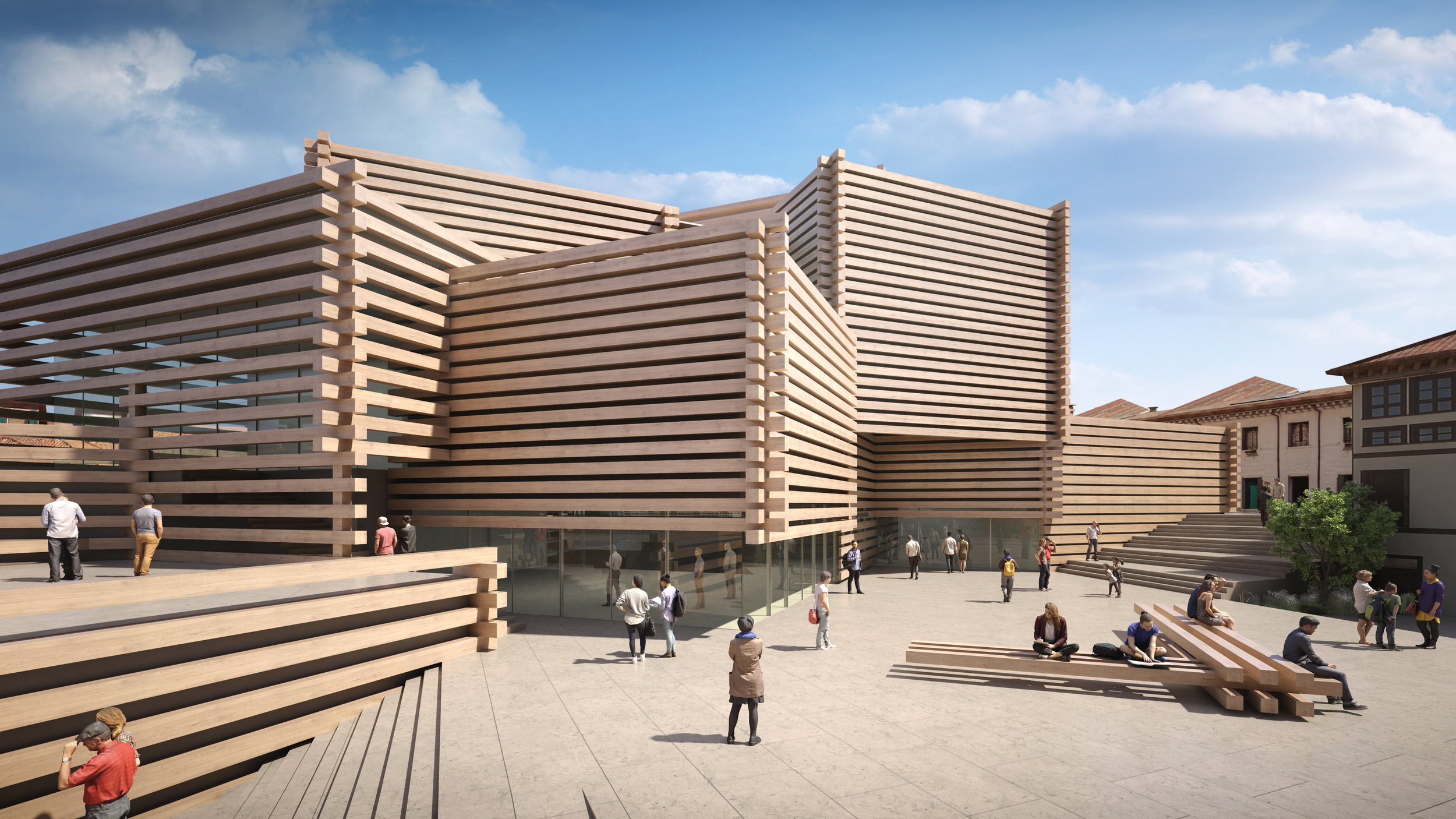
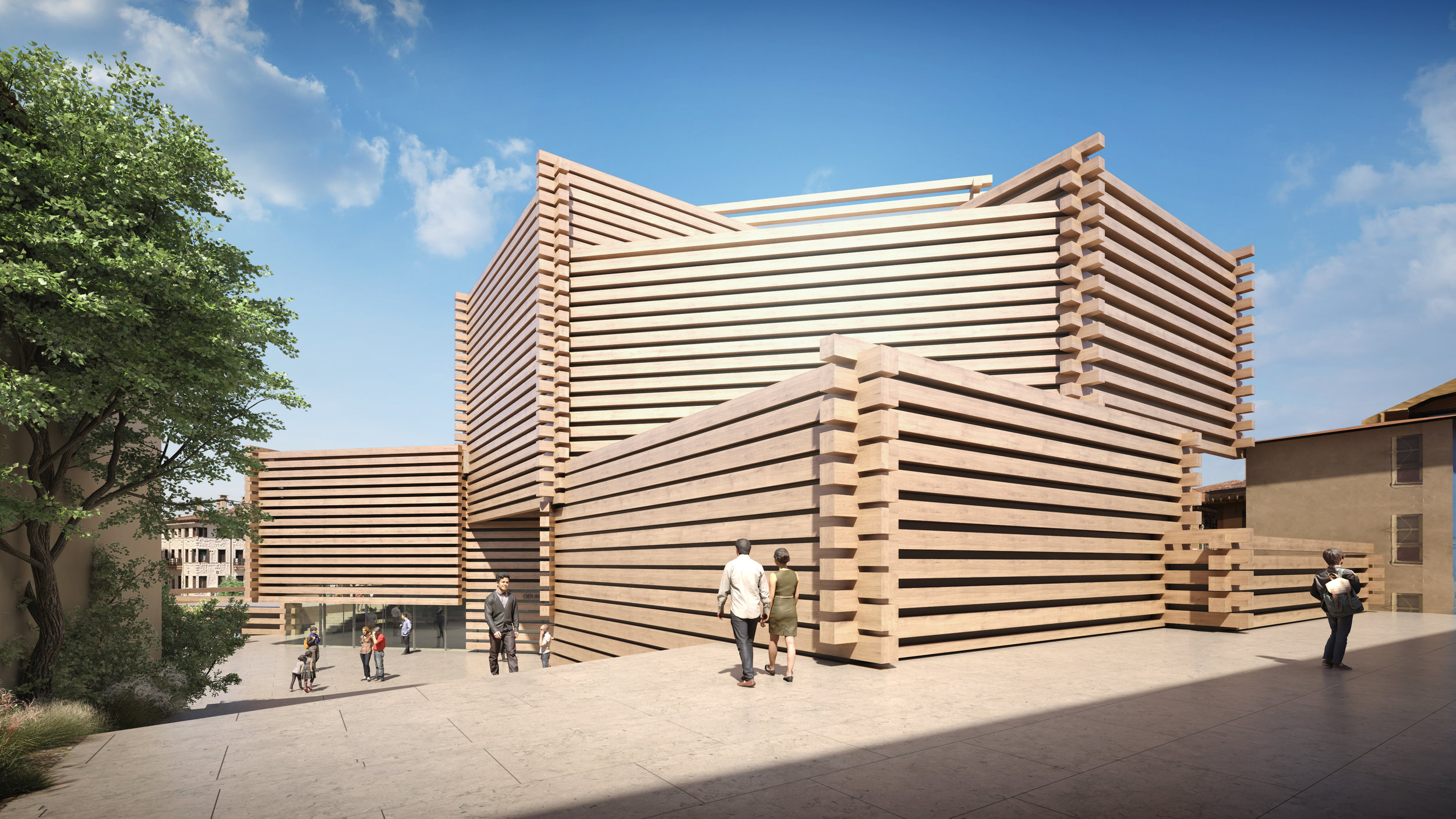

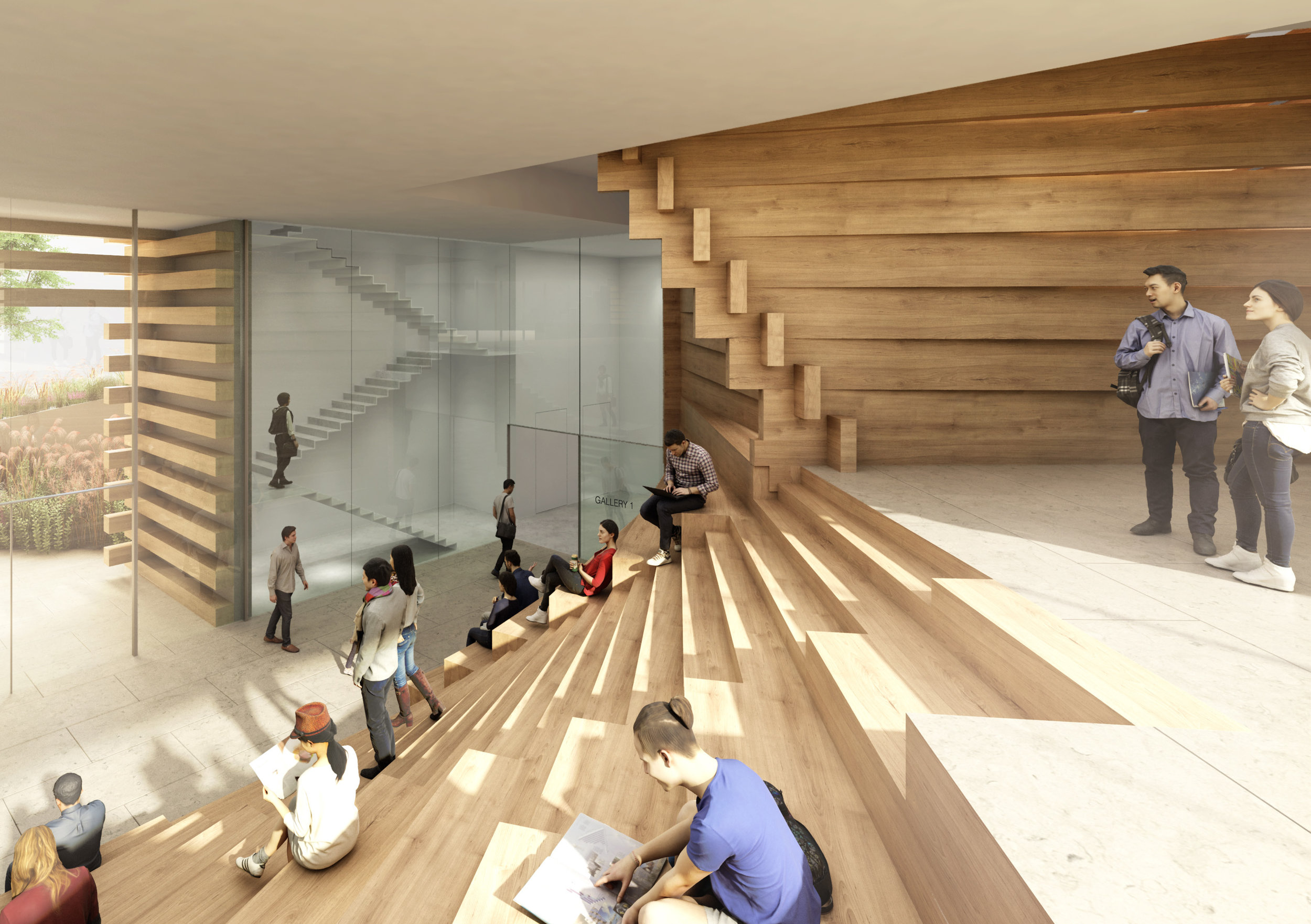
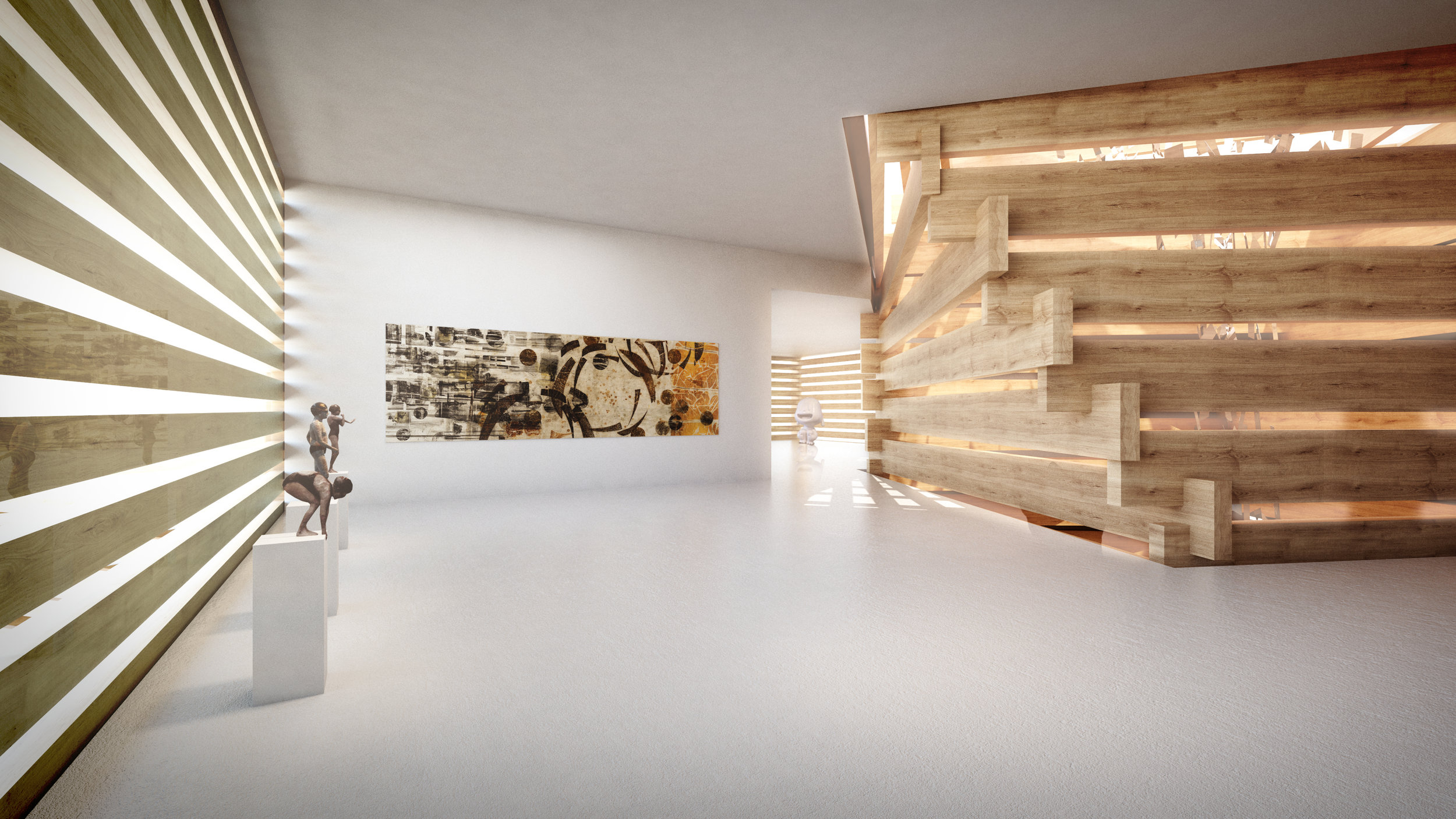
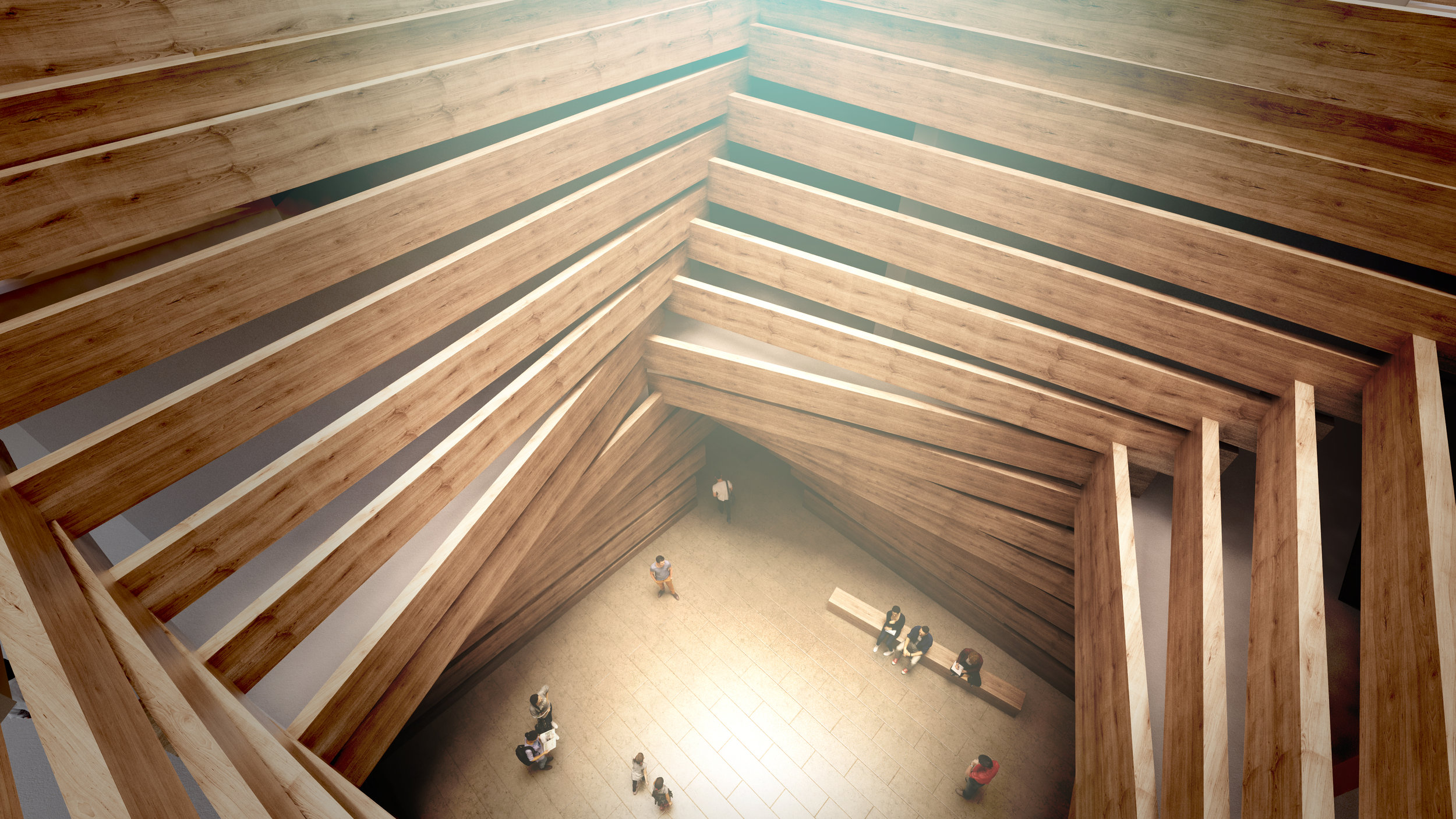
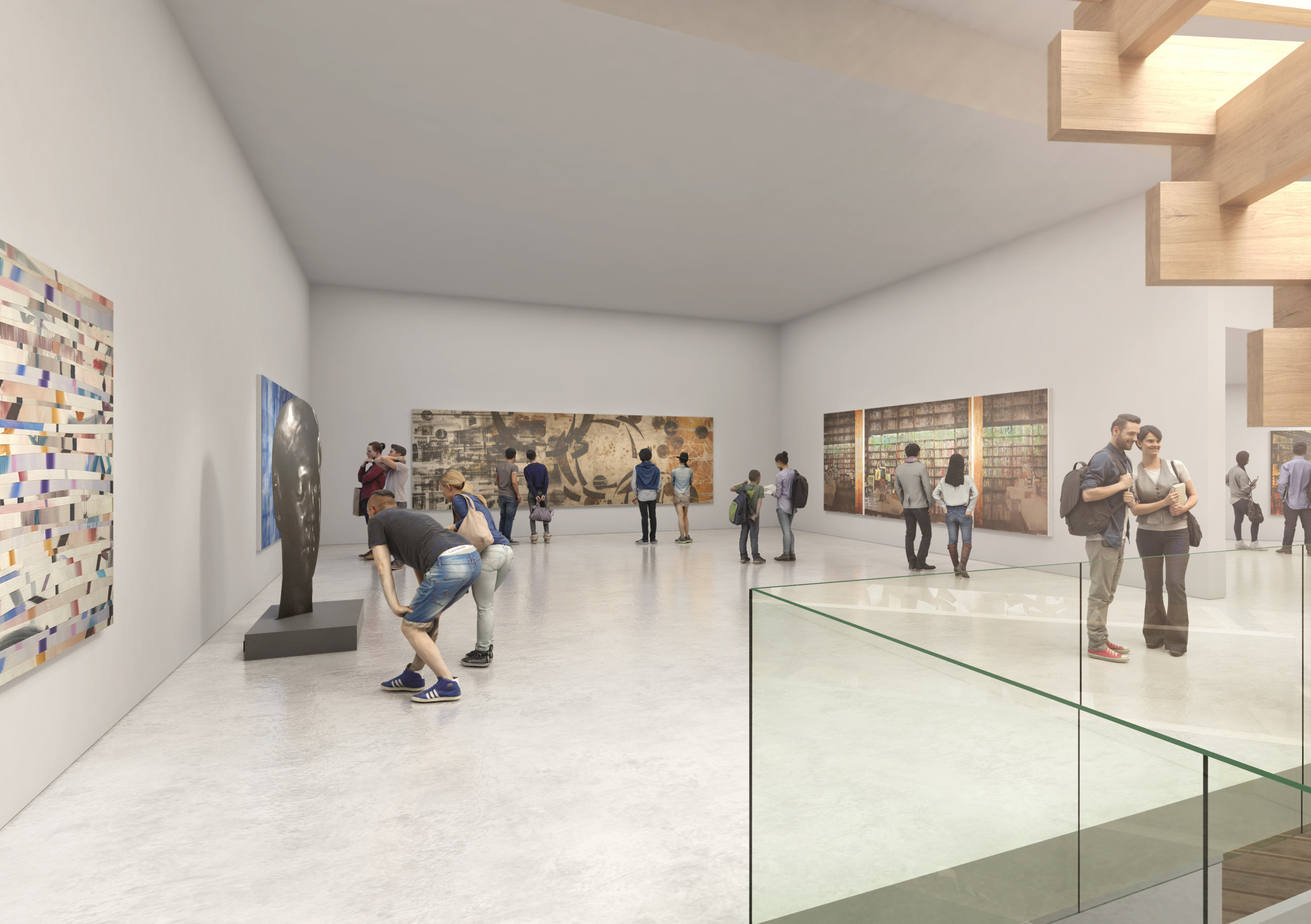
With its distinctive stacked timber design by Kengo Kuma and Associates (KKAA), the 4,500m2 building draws inspiration from Odunpazari’s traditional Ottoman wooden cantilevered houses that are synonymous with the district, and pays homage to the town’s history as a thriving wood market.
Along with several other city museums in the surrounding area, OMM will create a museum square and public meeting place in the town. Split over three floors, visitors will journey through a variety of exhibition spaces, with the large spaces at ground level echoing the rhythm and scale of the surrounding townscape, and the smaller rooms on the upper levels providing a home for smaller-scale artworks. At the centre, a skylit atrium will allow natural light to permeate throughout the building.
Yuki Ikeguchi, Partner leading the project, and Kengo Kuma, Founder of Kengo Kuma and Associates, said: “At the heart of this project was a desire to create a link between people and art. We wanted the building to carry the history and memory of the town, to resonate both on a human scale and with the unique streetscape of Odunpazari, which passing through is a special experience in itself. We very much look forward to seeing the public enjoy and interact with the building.”
“We are delighted to announce that the museum will open in June and look forward to opening our doors”, said Erol Tabanca, founder of OMM. “It is my privilege to give this museum and open up the collection to visitors all over the world to enjoy. OMM will stand as a new landmark that reconnects the town with its history, and as a progressive cultural development for Eskişehir and the Central Anatolian region at large.”
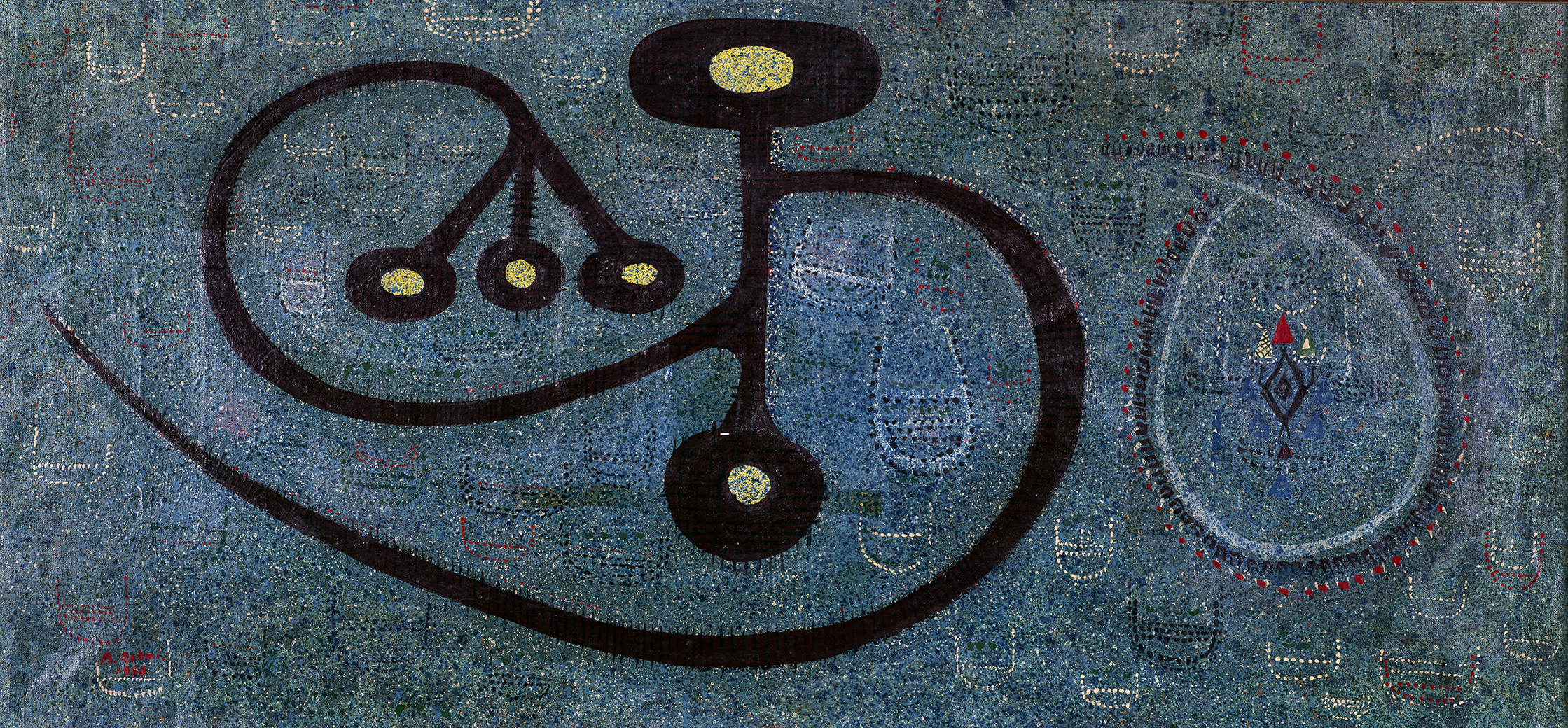


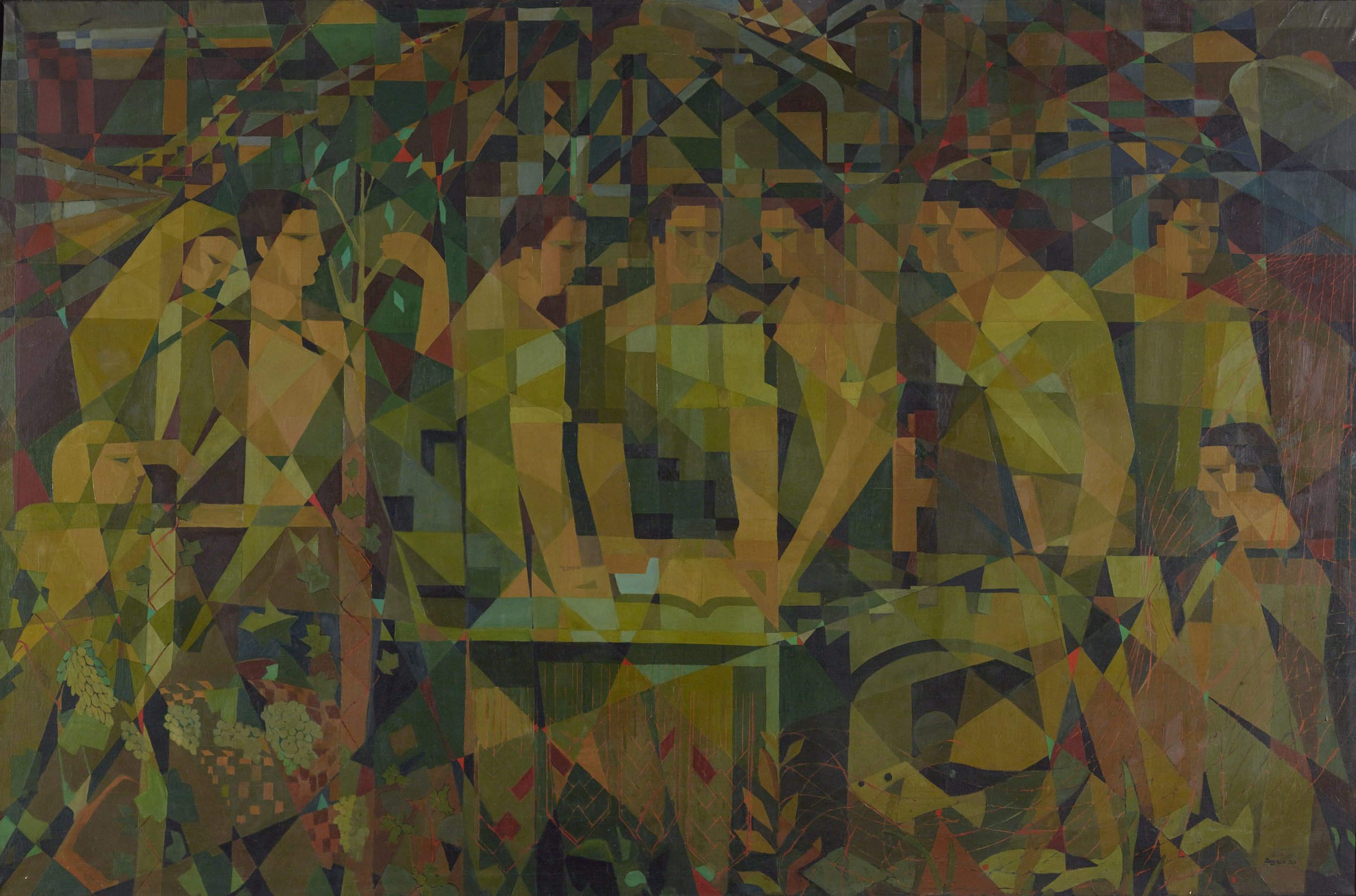


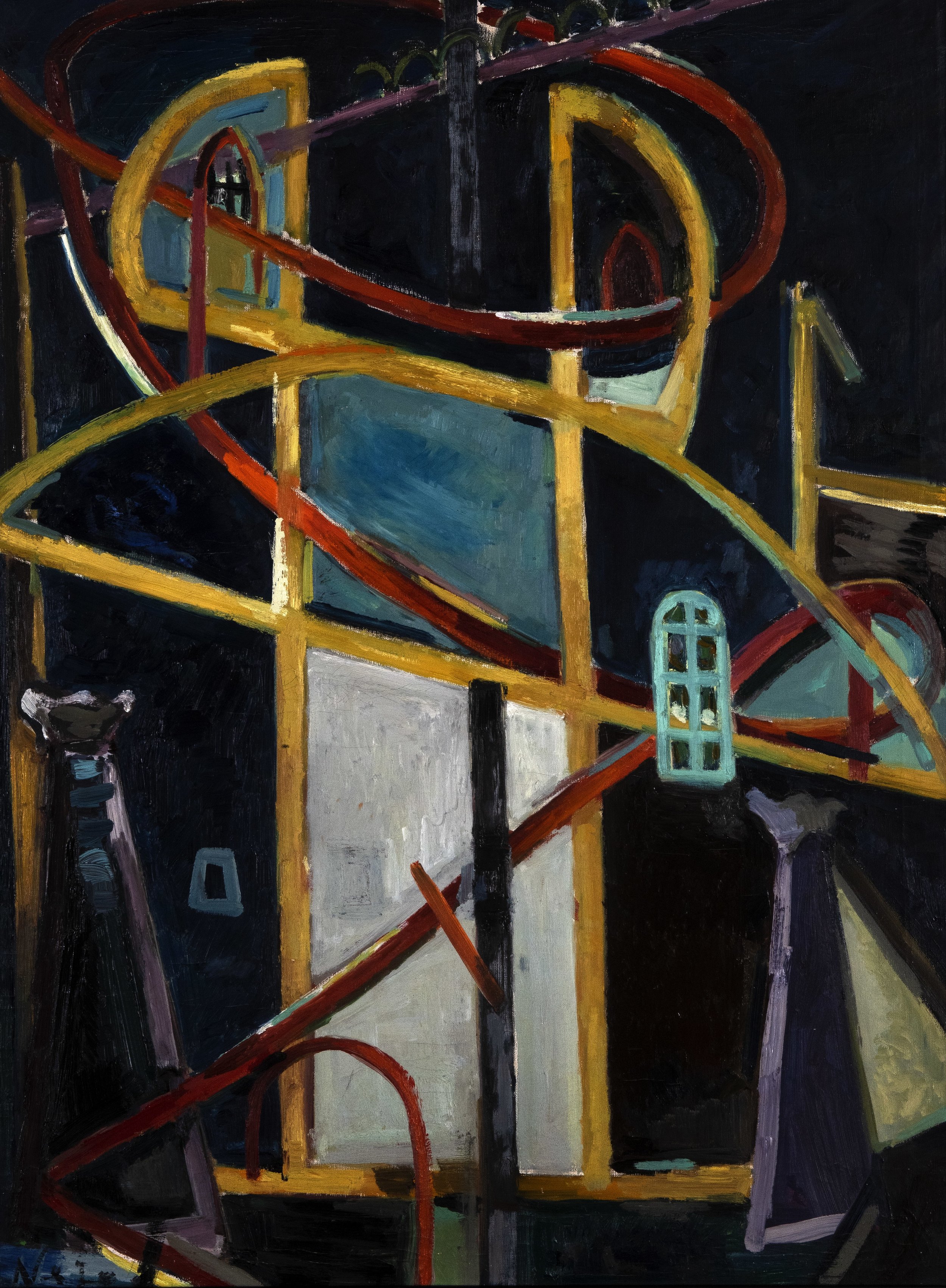

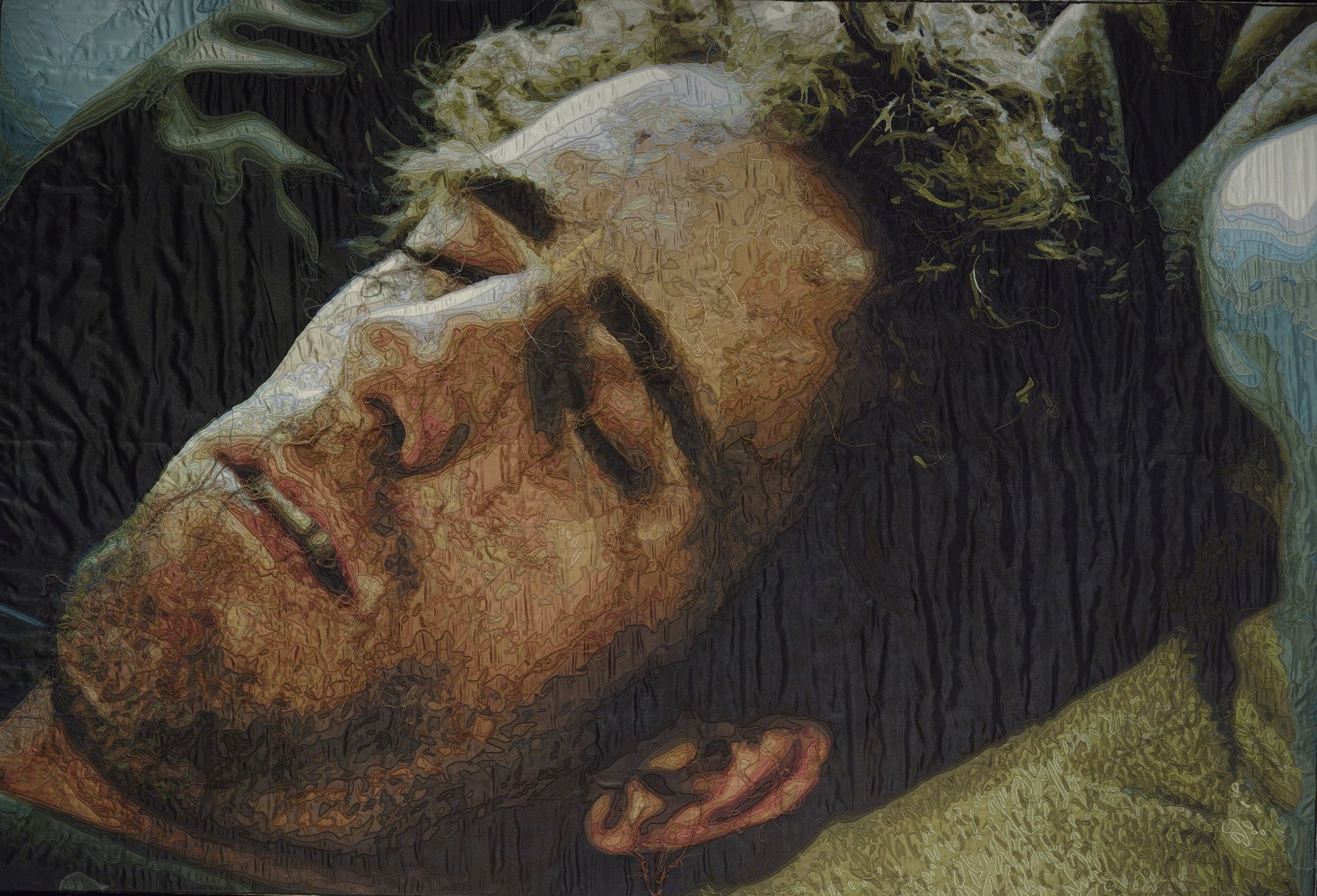

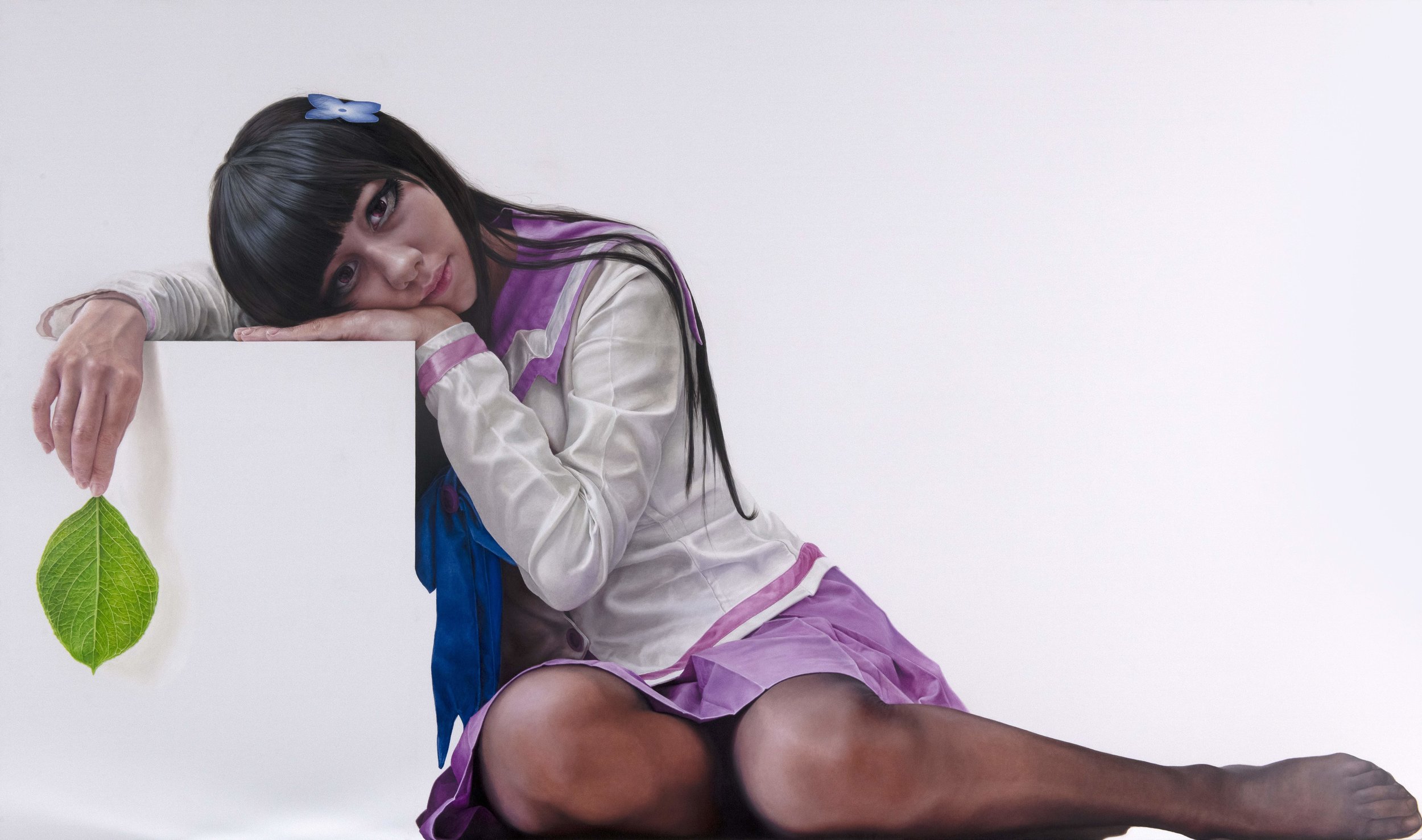

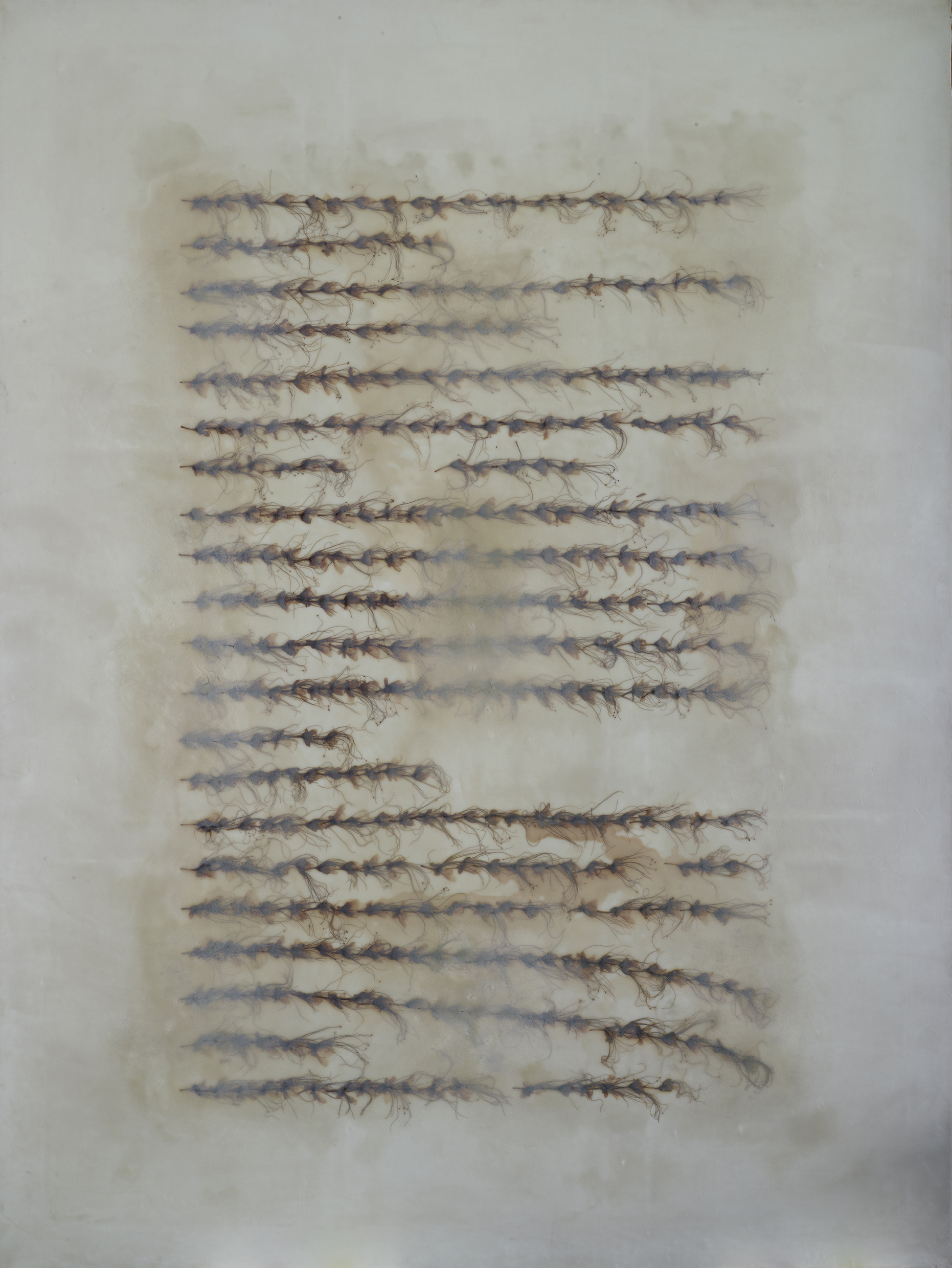

Curated by Turkish curator, Haldun Dostoğlu, the museum’s inaugural exhibition will showcase a selection of around 200 works by 60 leading artists from Turkey including Bedri Rahmi Eyüboğlu, Canan Tolon, Erol Akyavaş, İlhan Koman, Ramazan Bayrakoğlu, Sinan Demirtaş and Tayfun Erdoğmuş. The exhibition will continue up to the present day with a new site-specific commission by Japanese bamboo artist, Tanabe Chikuunsai IV. His intricate installation, crafted from woven bamboo, will interact with and complement the architecture of the building.
Curator, Haldun Dostoğlu, said: “When curating OMM’s inaugural exhibition, I was inspired by three truths: Eskisehir will gain its first modern art museum, Erol Tabanca will fulfil his dream of sharing his art collection with the public, and this wonderful collection - much of which has been behind closed doors for a number of years - will be showcased in its entirety for the first time.”
The collection has been brought together by Erol Tabanca over a period of 15 years and features more than a thousand works of art spanning the 1950s to the present day, championing pioneering twentieth-century figures as well as the next generation of contemporary artists. The collection features works by acclaimed artists from Turkey such as Burhan Doğançay, Canan Tolon, Azade Köker, Nejad Melih Devrim, Erol Akyavaş, Haluk Akakçe, Taner Ceylan, İnci Eviner, Gülsün Karamustafa and Erdağ Aksel, alongside international names including Peter Zimmerman, Jaume Plensa, Marc Quinn, Robert Longo, Aron Demetz, Julian Opie, Sarah Morris, Stephan Kaluza, Hans Op De Beeck, Massimo Giannoni, Seon Ghi Bahk, Alfred Haberpointner. OMM’s multidisciplinary exhibitions – many of which will be produced in collaboration with leading curators and creatives – and permanent galleries will be complemented by a dynamic public programme, offering seminars, artist talks and workshops.

